August 18, 2019
Martha O'Kennon
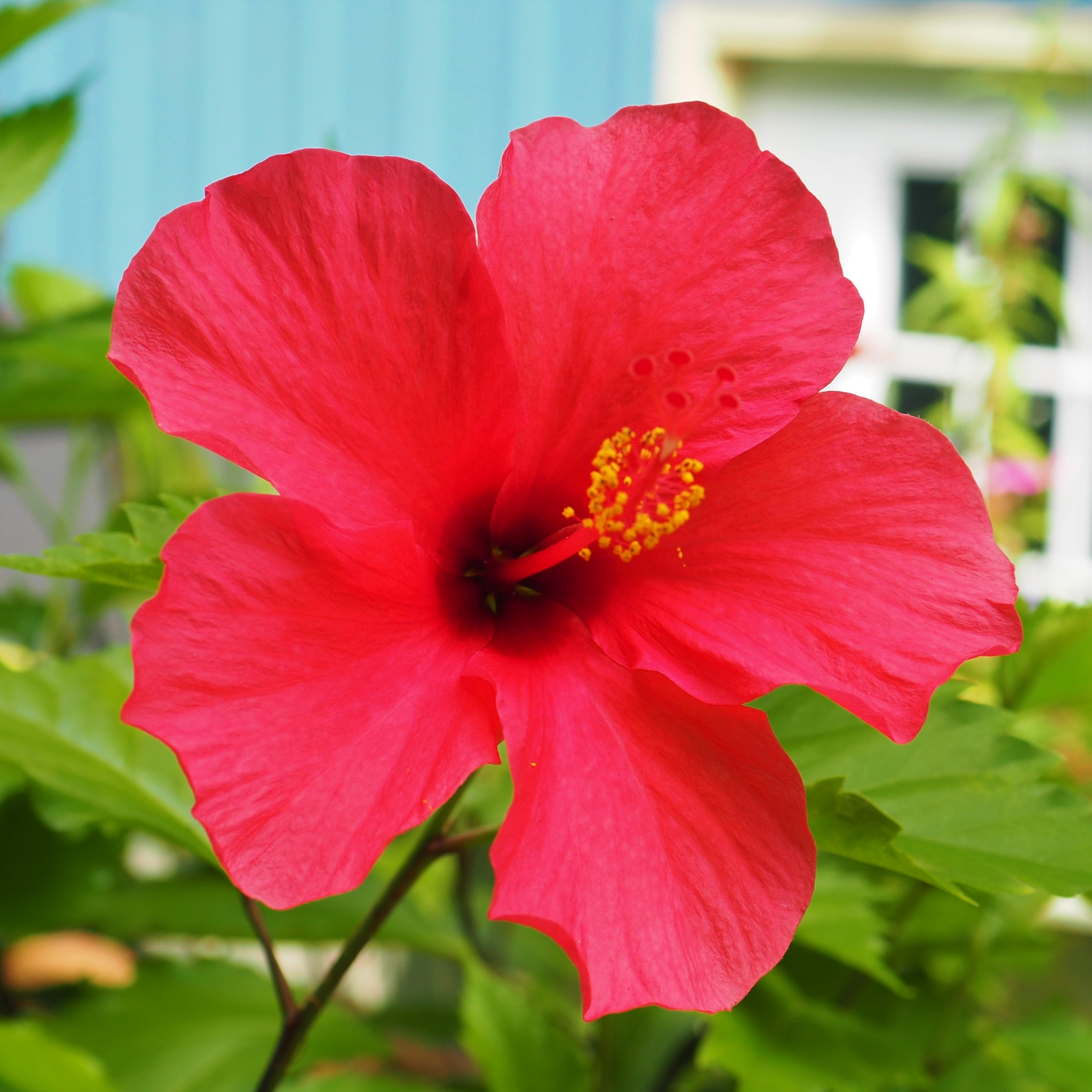
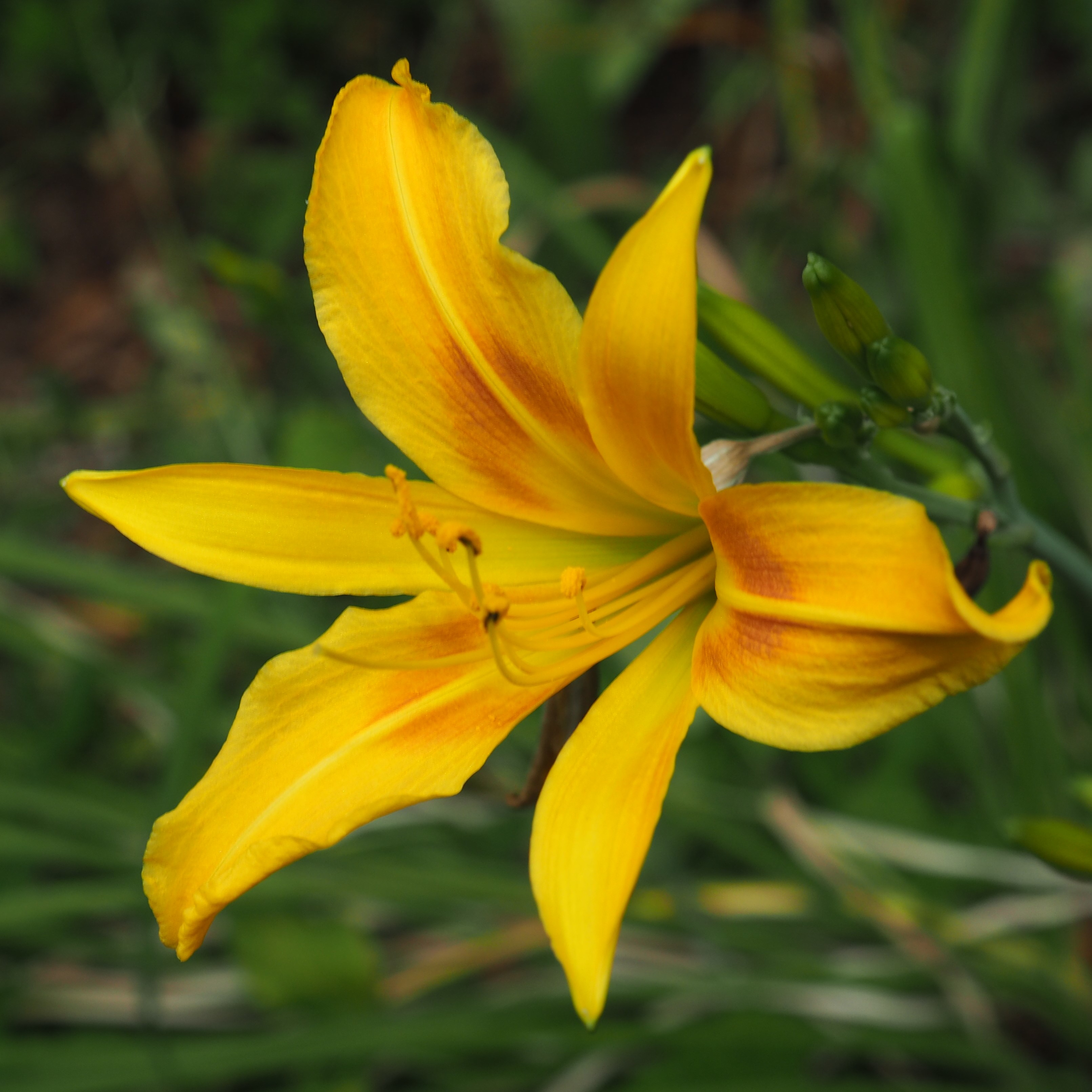
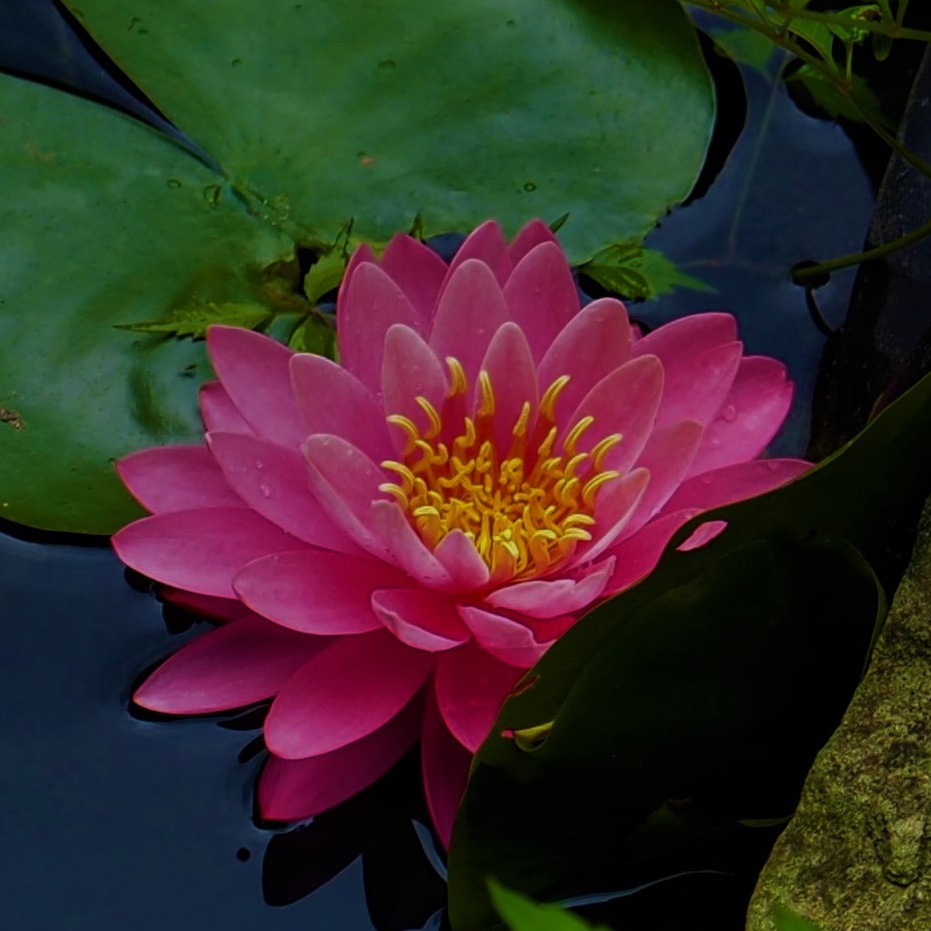
Well, now we know that a little watering doesn't necessarily cause it to rain. I tried it twice this week and neither time was successful. Of course I held back, not wanting to use up too much water. But you might have thought it would have a little effect. Sigh. Meanwhile, it became a bit cooler in the late afternoons. And a few flowers tried to make up for the slight decrease in creature activity. The Hibiscus has begun to bloom again. And the tall variant on August Orange Day Lilies is now making multiple flowers each day, and the magenta Water Lily brightened the pond.
Remember that there is information in the name of the file for each image. You can see it by mousing over the image - look at the lower left of the screen. Or you can click on the image to get to the (usually) larger image. Then the info is displayed in the address line above. Sometimes the second click will actually display a different view of the original image.
A month or so ago, we were noticing that the ants that were nurturing baby Two-mark Treehoppers seemed to change guard as the nymphs got larger. For instance, the little Acrobats nannied the nymphs earlier (picture 1), and it was Eastern Black Carpenters later (picture 2). (I'm actually wondering now if the matchup between ants and nymph-sizes might also be ants and tree-age, since the Acrobats were on a Redbud sapling, and the Carpenters were on the Mother Tree.)
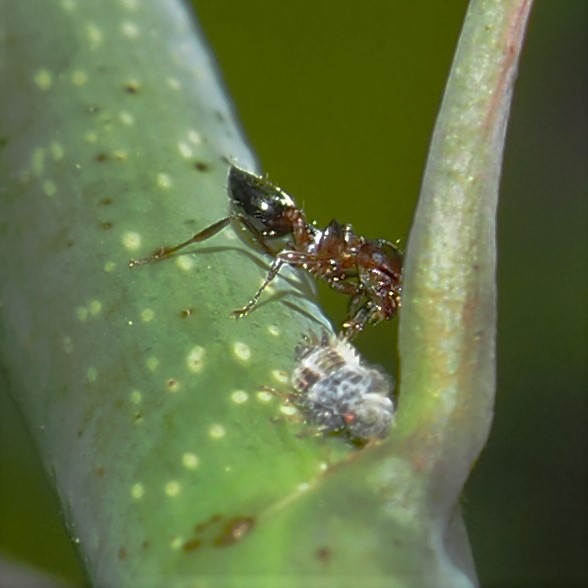
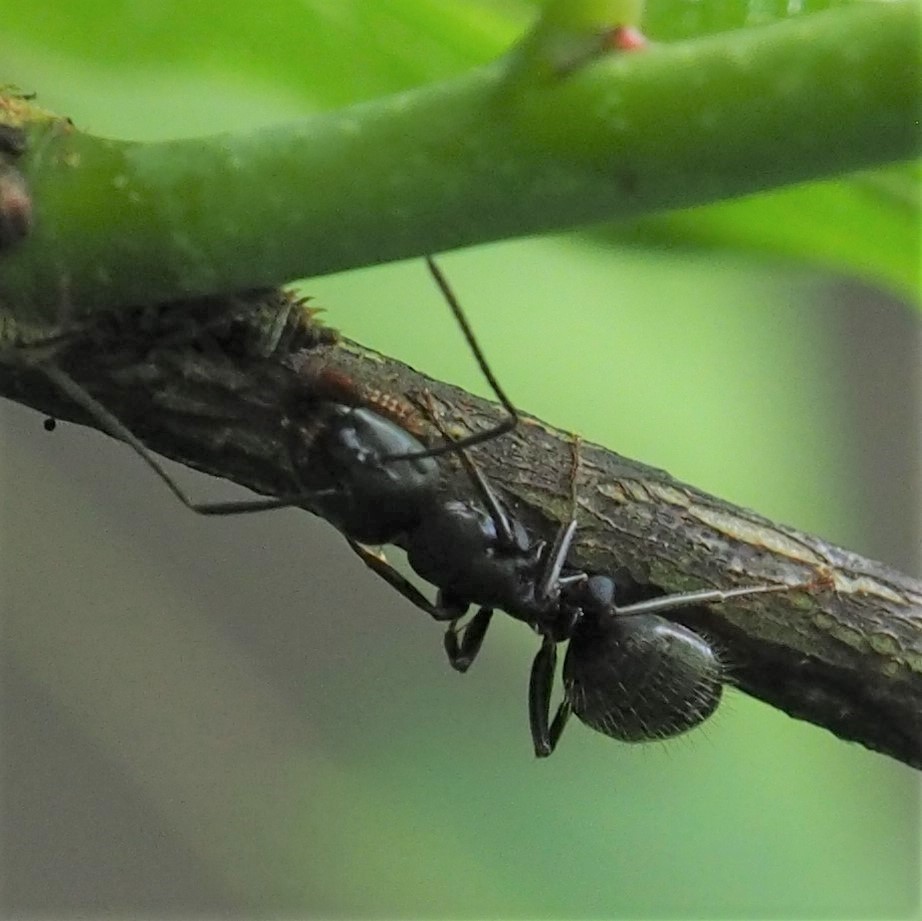
Now in August, we're looking at the familiar round pink Oak Galls caused by the Oak Rough Bulletgall Wasp (Disholcaspis quercusmamma). First is from August 5, and it is an Eastern Black Carpenter Ant that is nurturing the galls. The next is the same kind of gall (August 12) nursed by the Punctuated Ant. The third picture shows last year in the fall (September 26, 2018) where the nanny is the tiny Small Honey Ant. Time of year? Size of gall? Keep asking and maybe we'll find out something new.
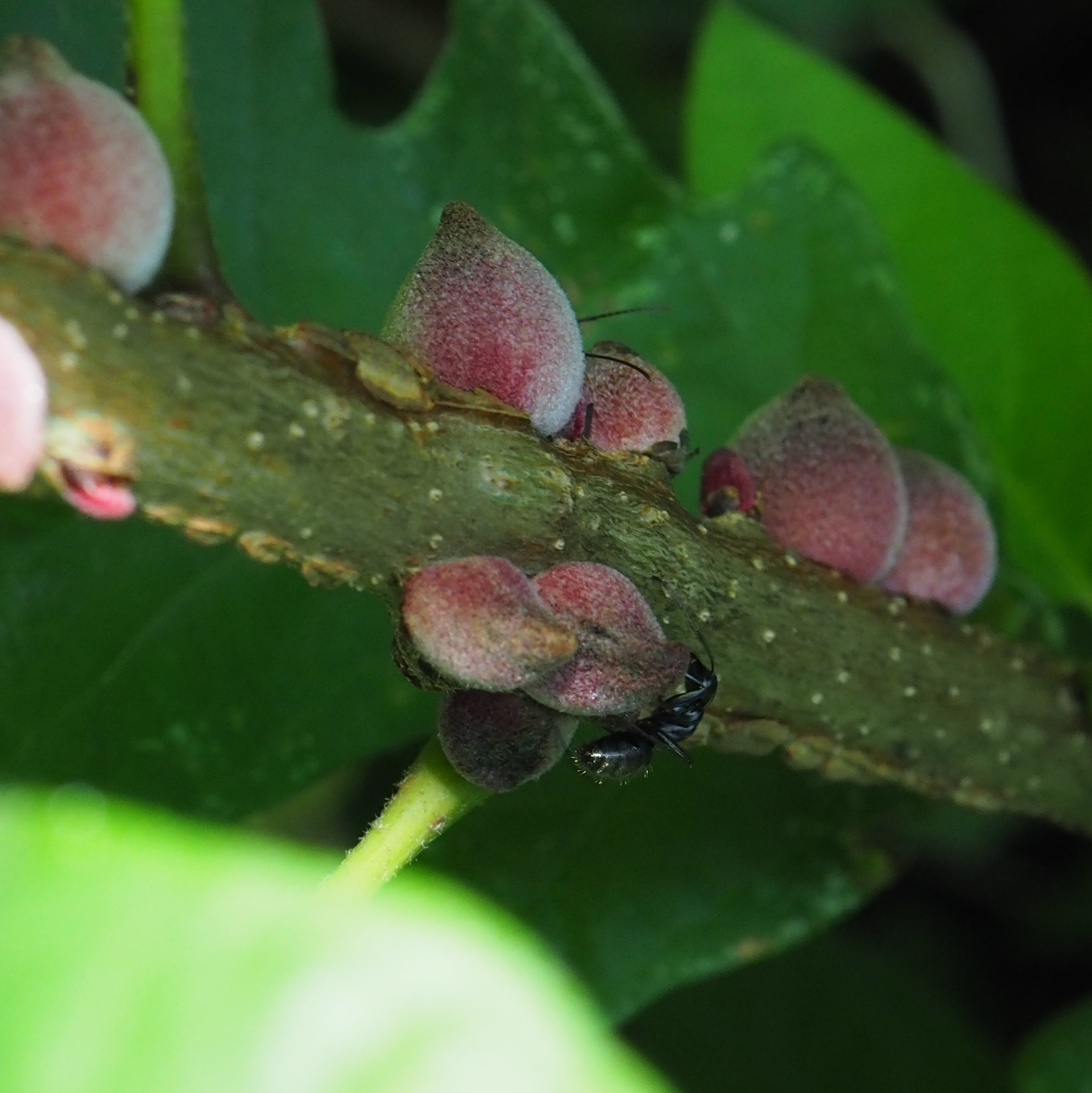
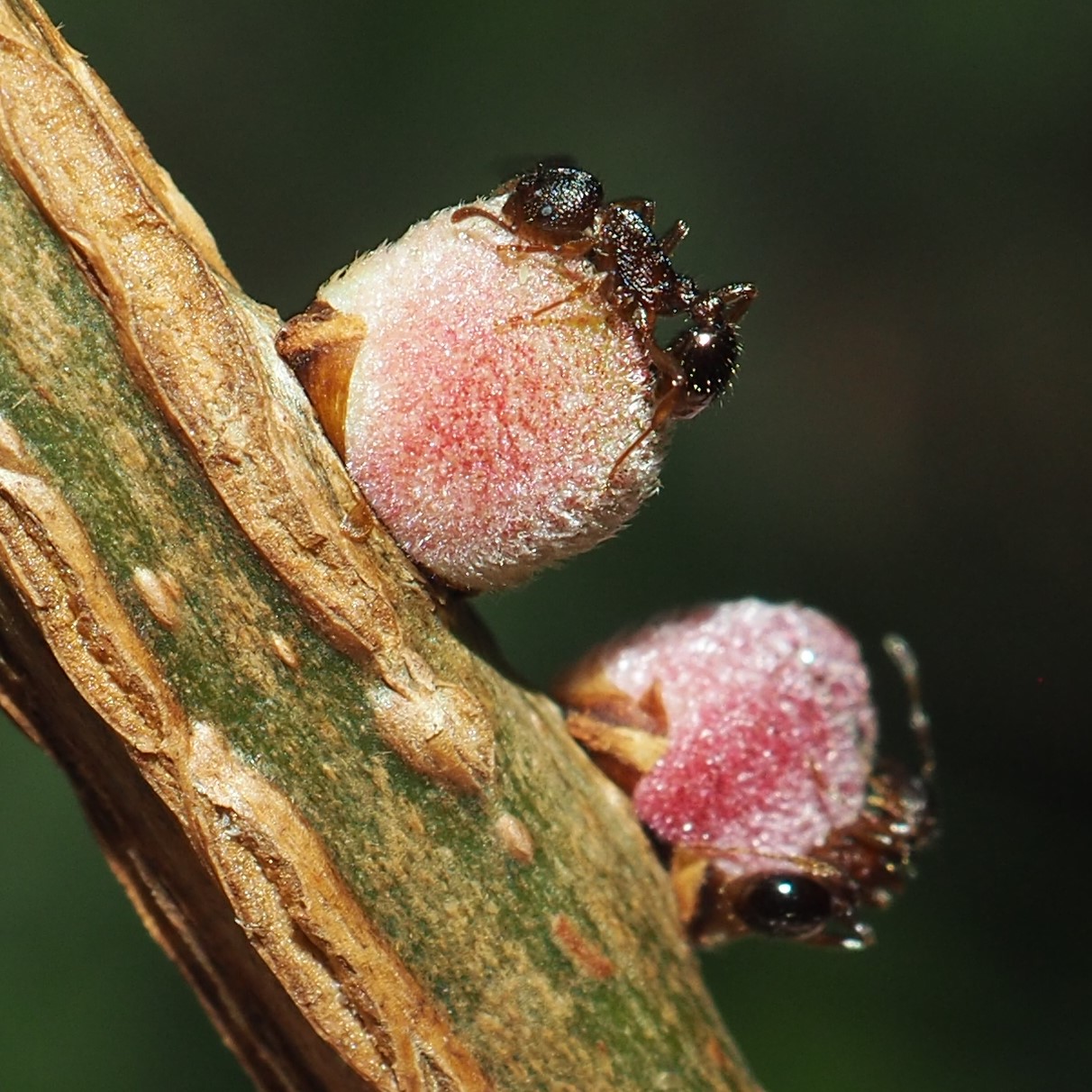
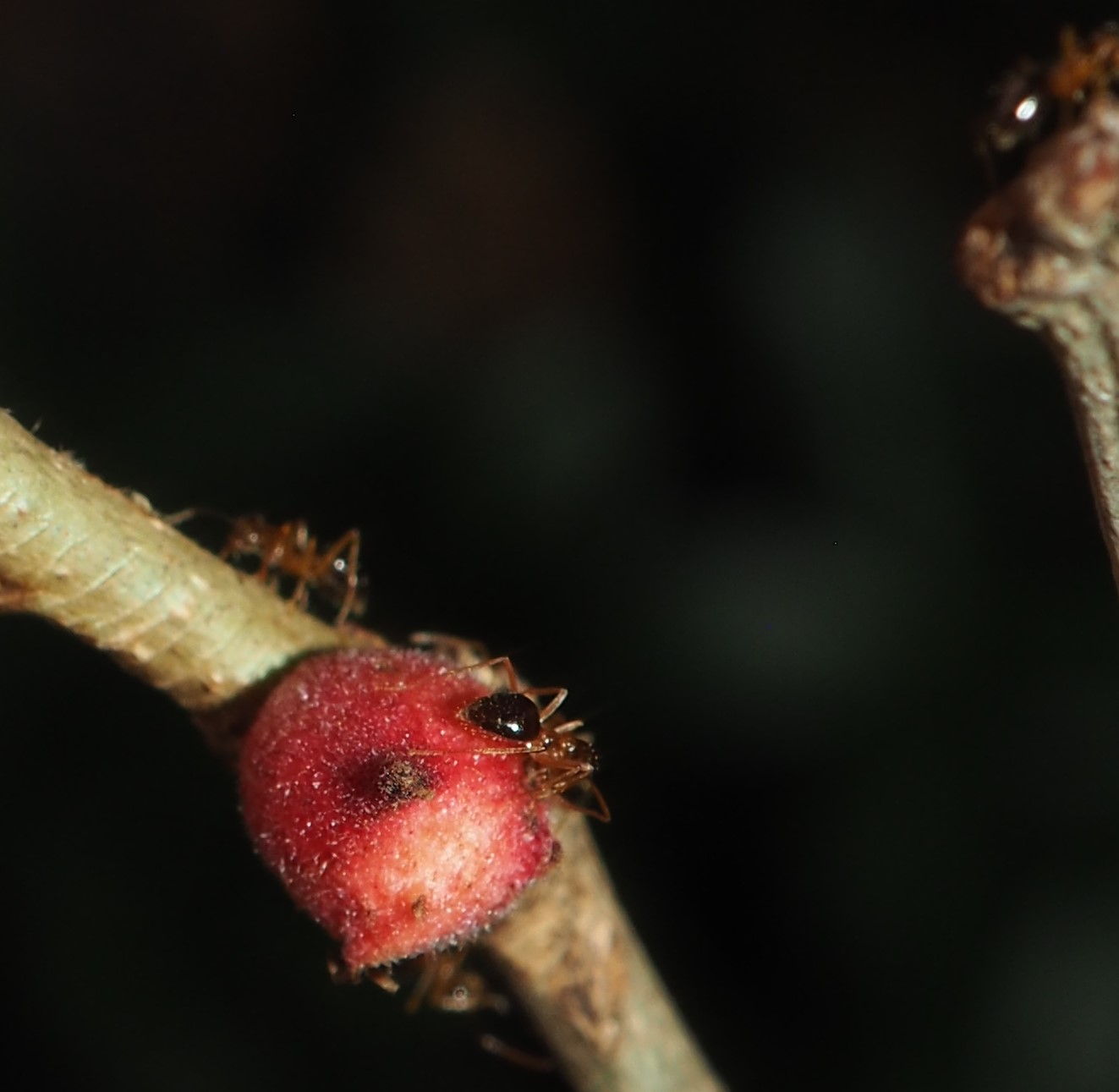
We had two barklice this week, if you count this mystery creature. It could be any of several little things: a psyllid, a leafhopper, a barklouse. The second critter IS an old friend, the Scaly-winged Barklouse, Echmepteryx hageni. Third is not a barklouse, but might count as the Bee of the week (or maybe a bee-shaped wasp - there is such a thing - an "Apioid Wasp".
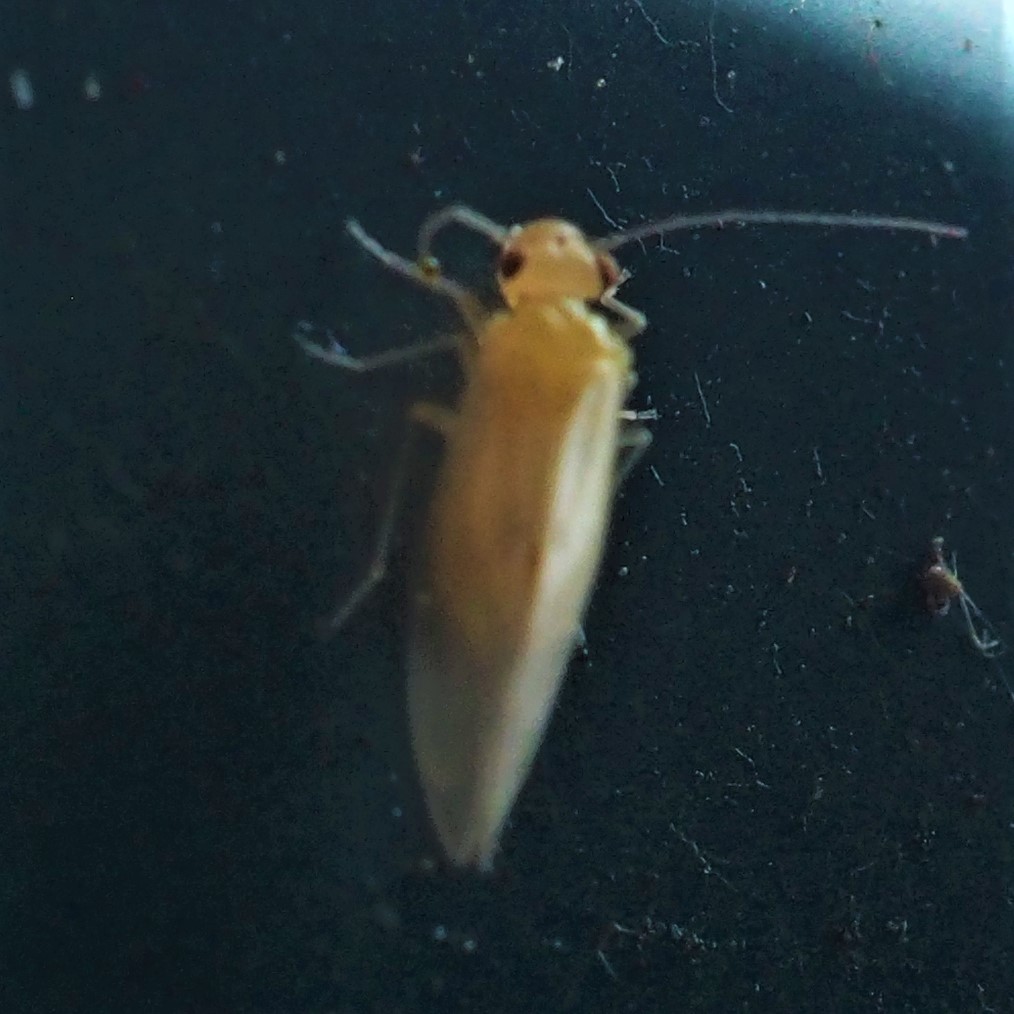

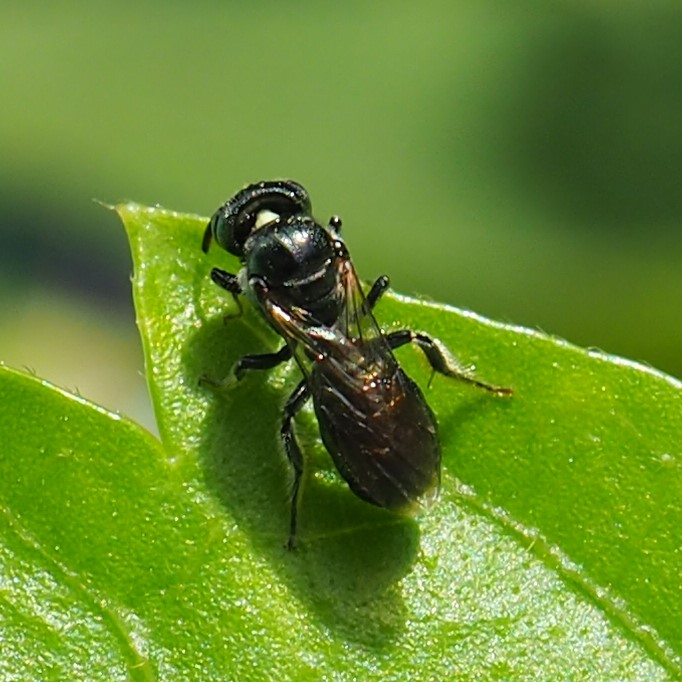
Beetles there were. Not too many, but some handsome ones nonetheless. This very round one may be a Flea Beetle. Second is the Checkered Beetle of genus Phyllobaena that we saw last week. The Asian Lady Beetle is still around.
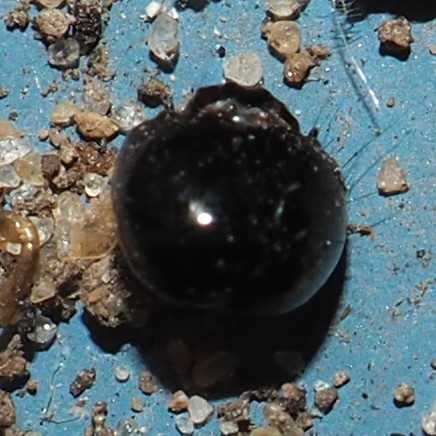
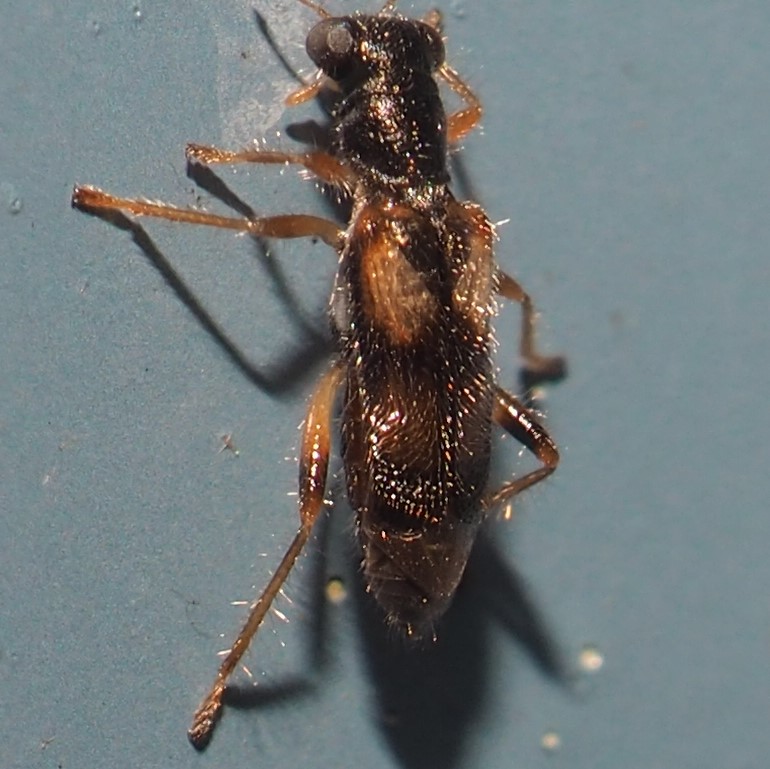
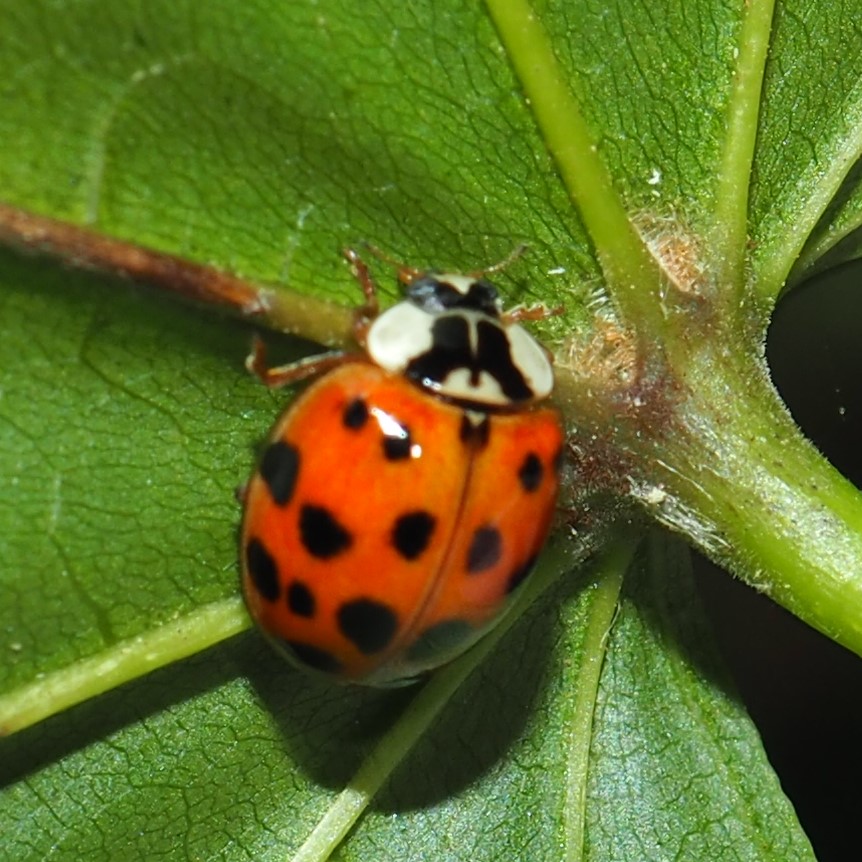
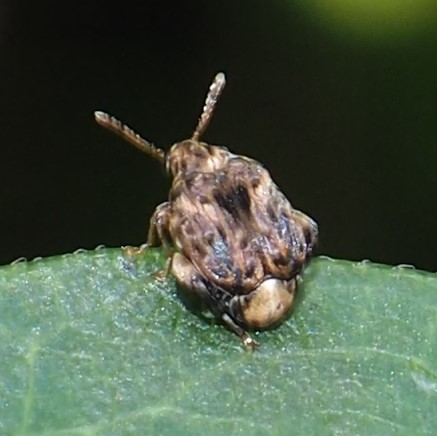
Remember how last week we seemed to have finally broken a drought of Assassin Bugs? Well, yesterday was another Assassin Bug Day. Four during one walk-around, each a slightly different size. I had never seen one so small as this first one. Another about the same size; one a little fatter; and one biggish one in a defensive stance. I must have looked quite the wreck.
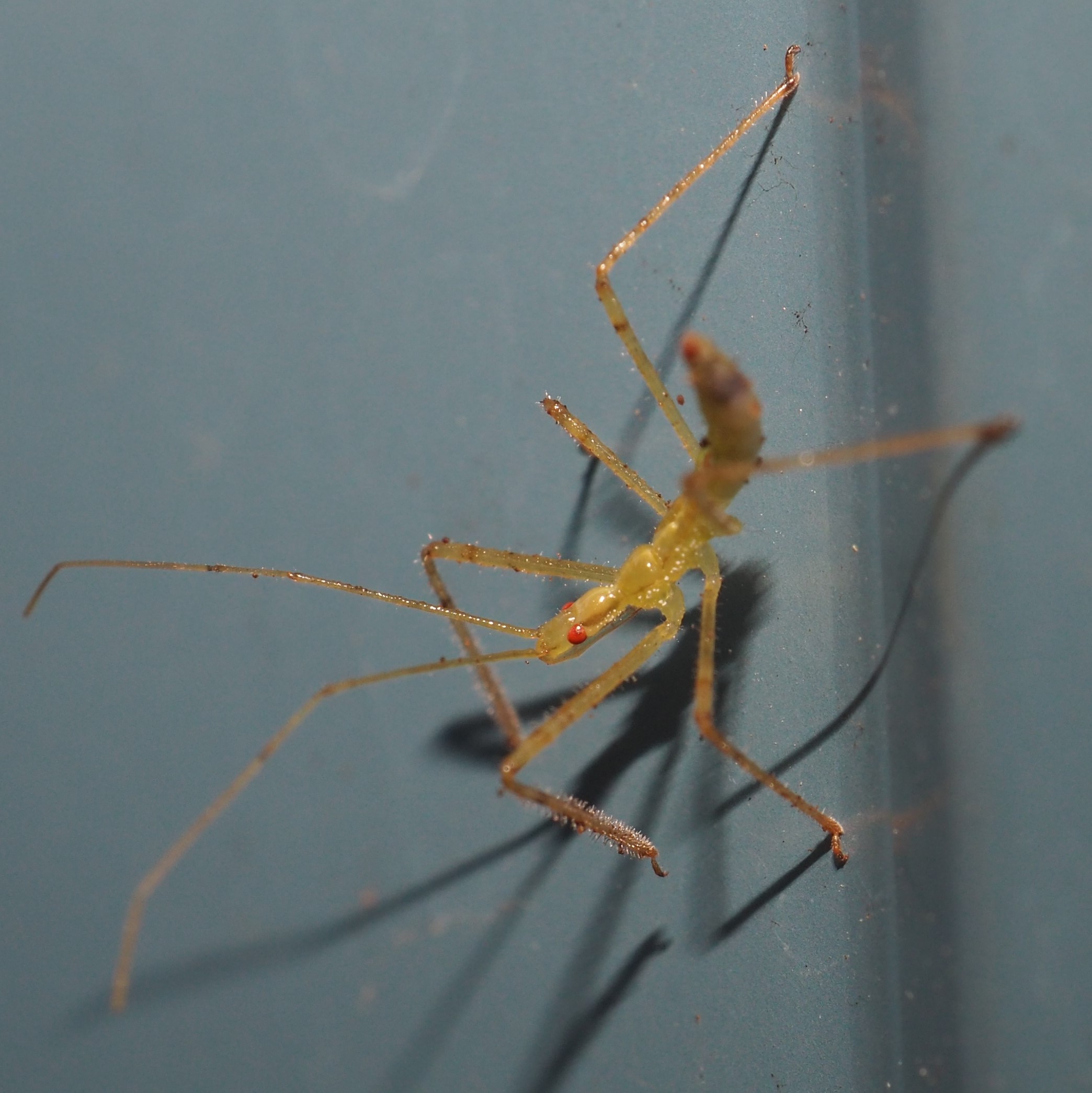
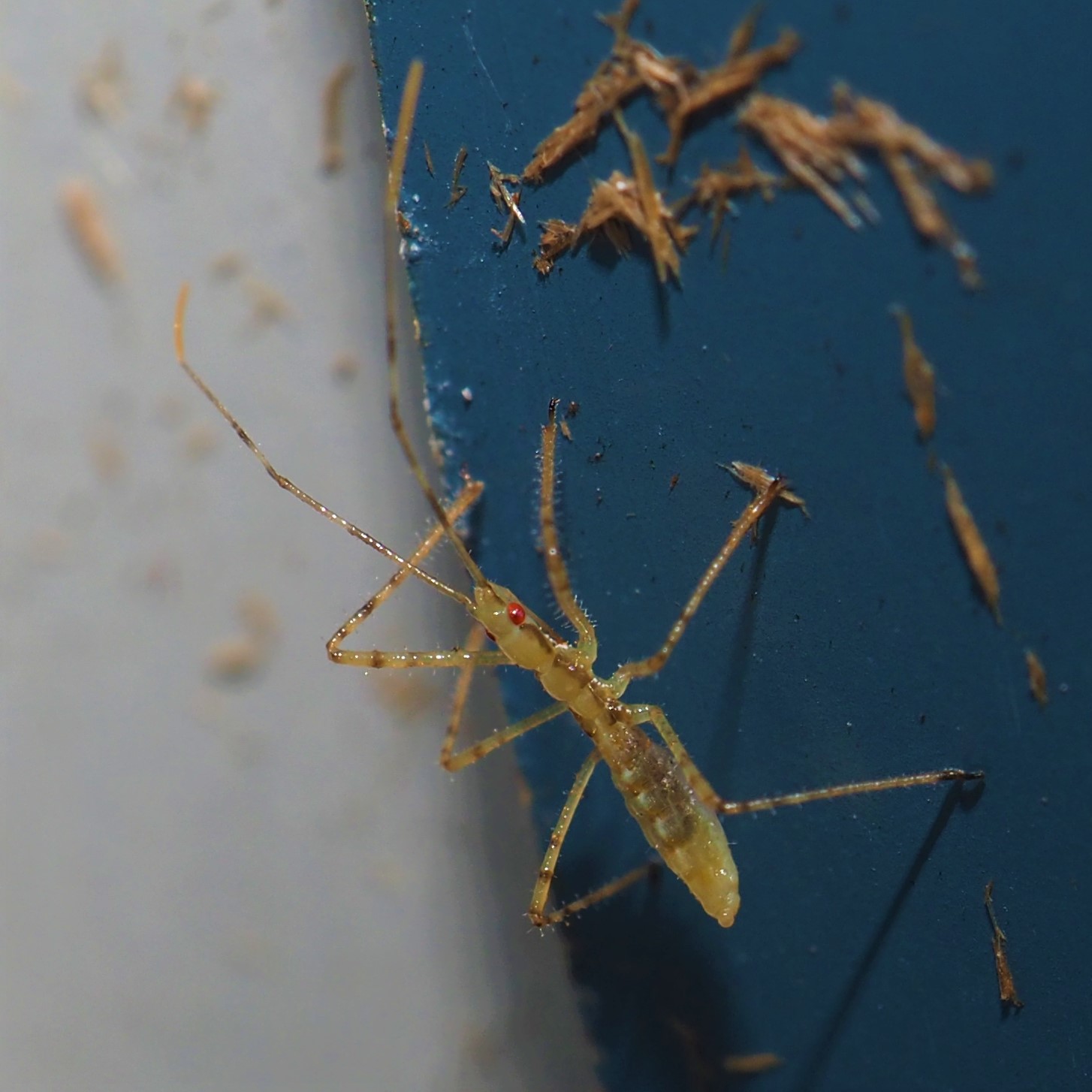
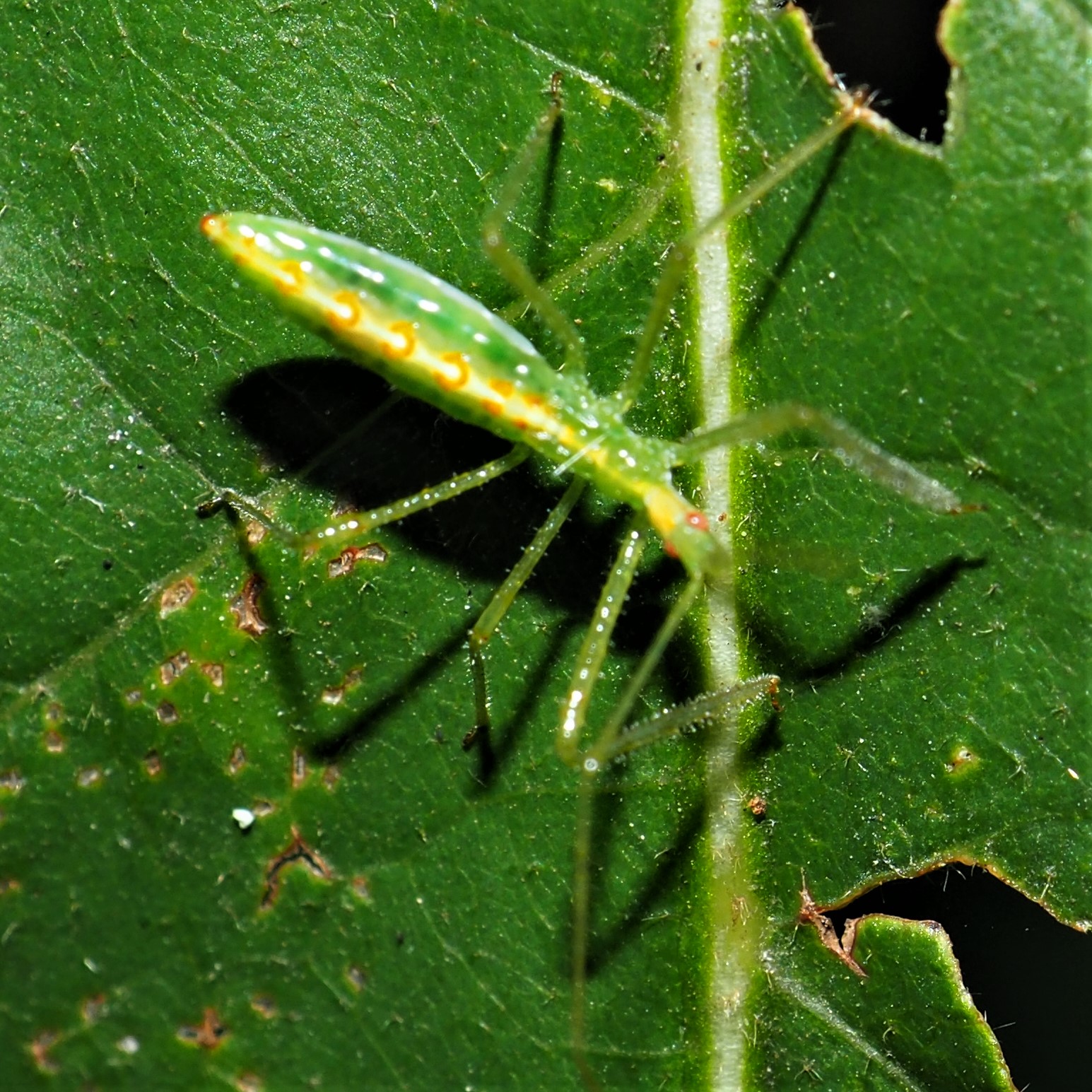
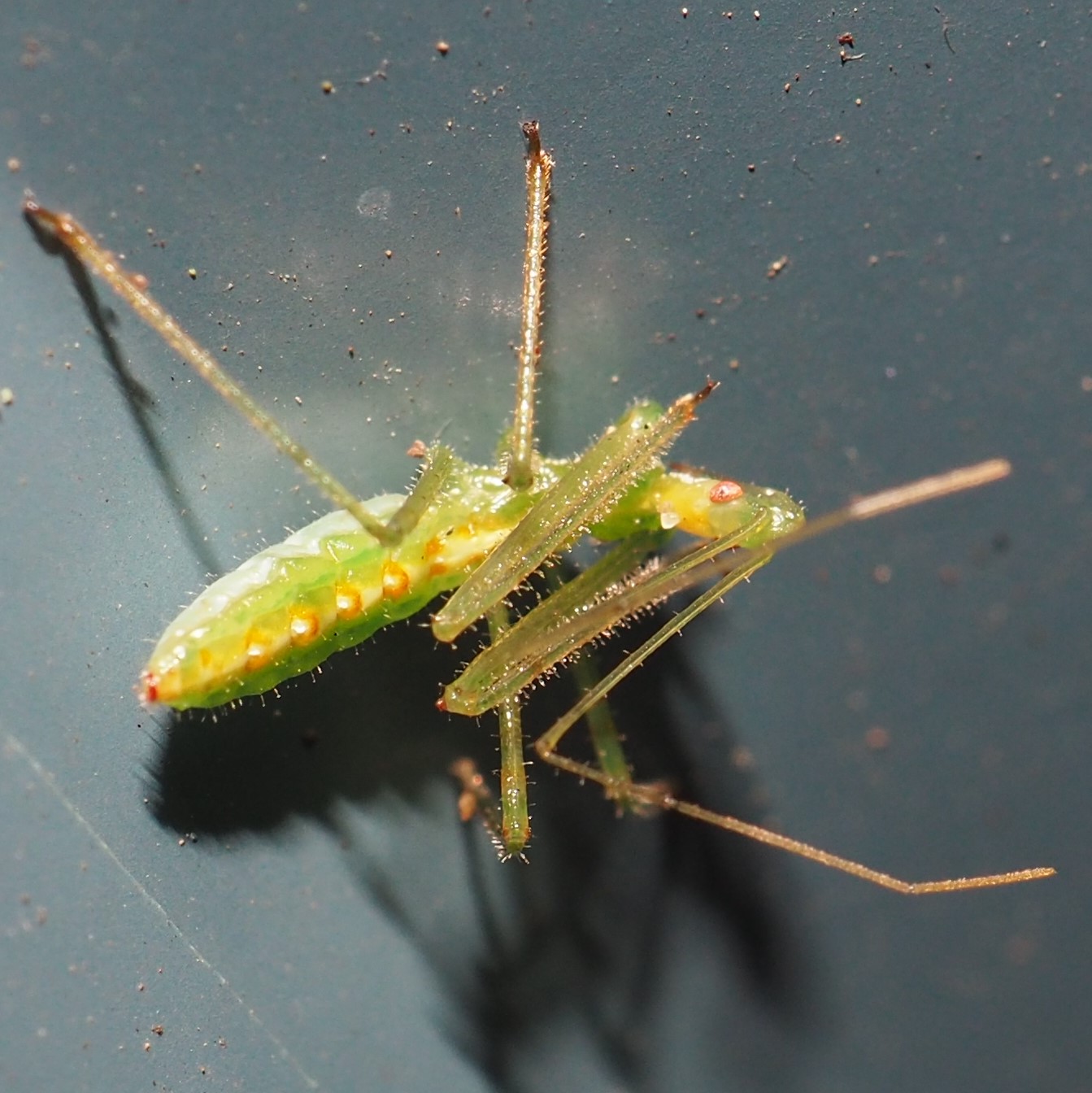
The pretty little leafhoppers are next. First, the candy-striped one, in genus Graphocephala (Written Head?). Then the one we have seen a few times, lately a few weeks ago. Yes, we have - this one is the adult of this nymph (number 3), the one we enjoyed so much because of its interesting posture. Fourth is Scaphoideus pullus, one of that attractive genus Scaphoideus.
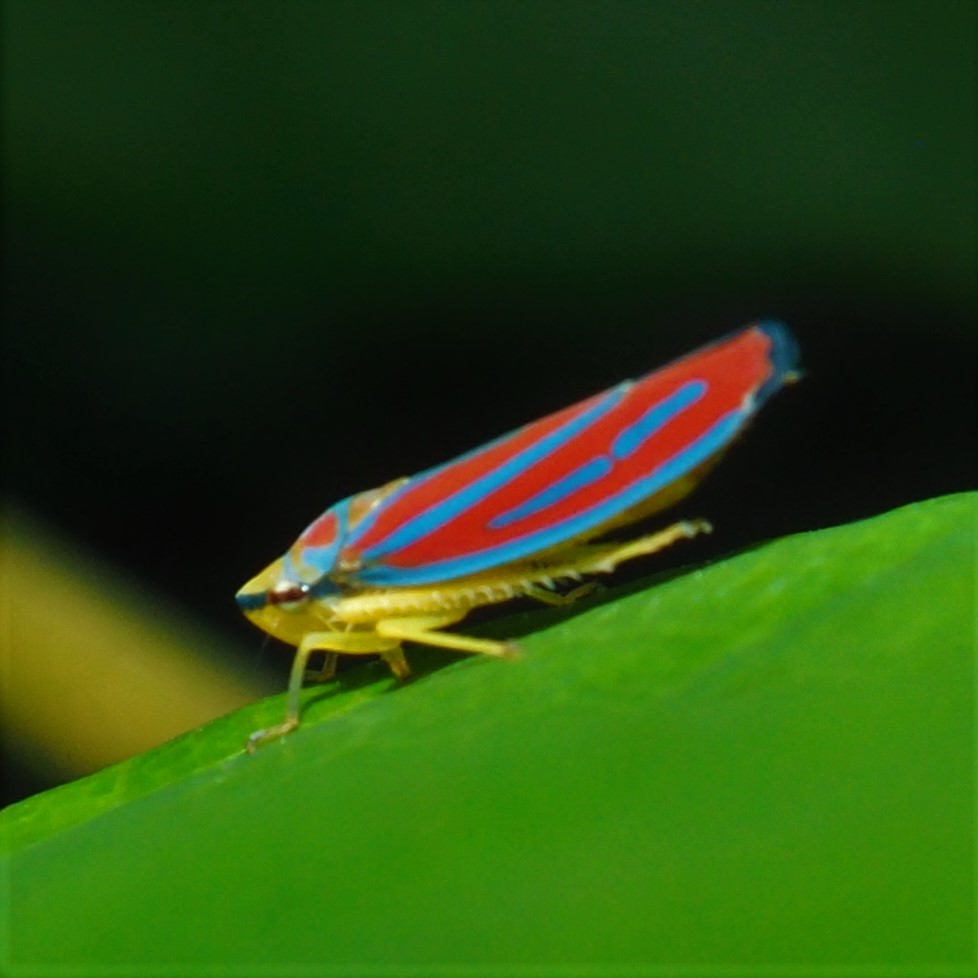
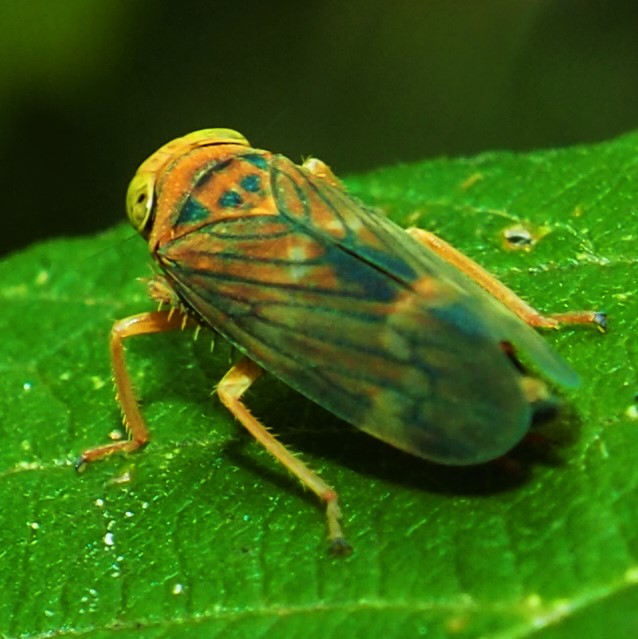
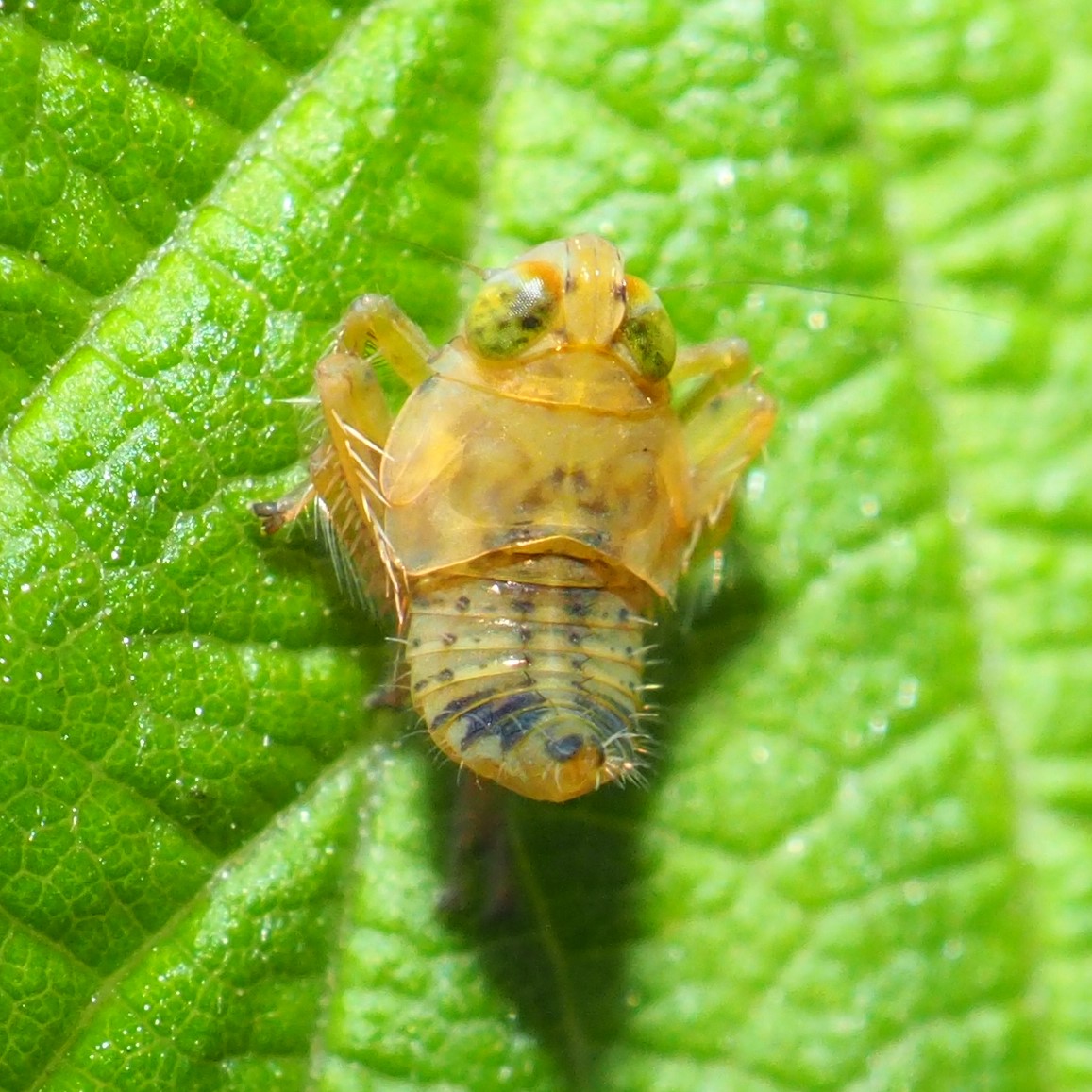

Here is that very regal-looking Tarnished Plant Bug, Lygus lineolaris. Next is that Seed Bug, Oedancala dorsalis, and third is the same one in a different light.
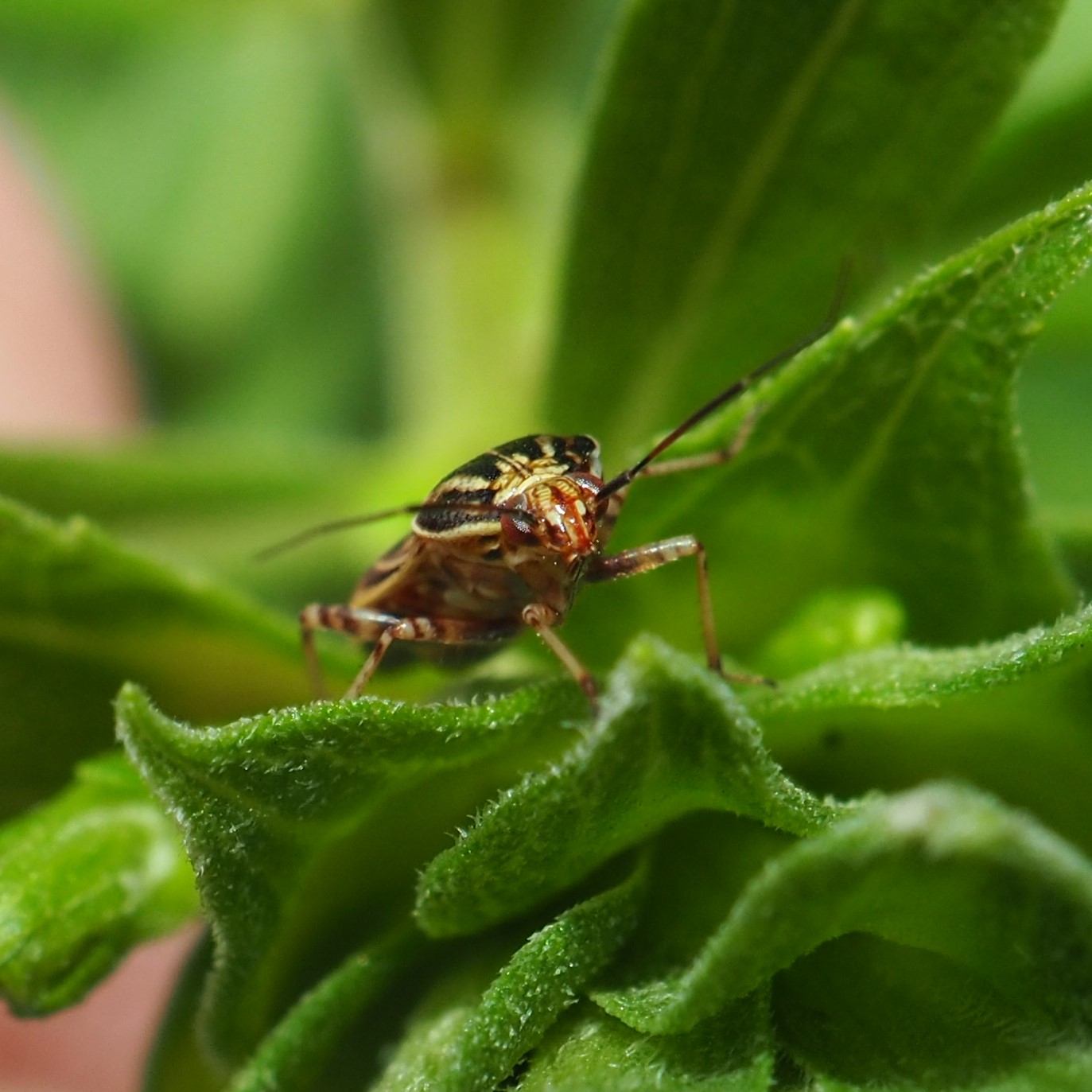
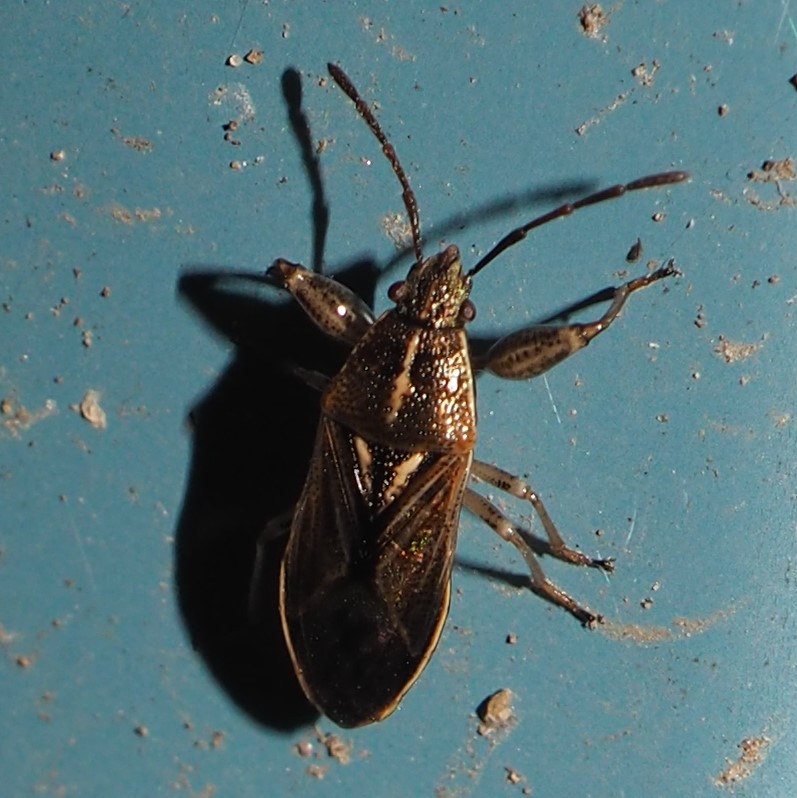
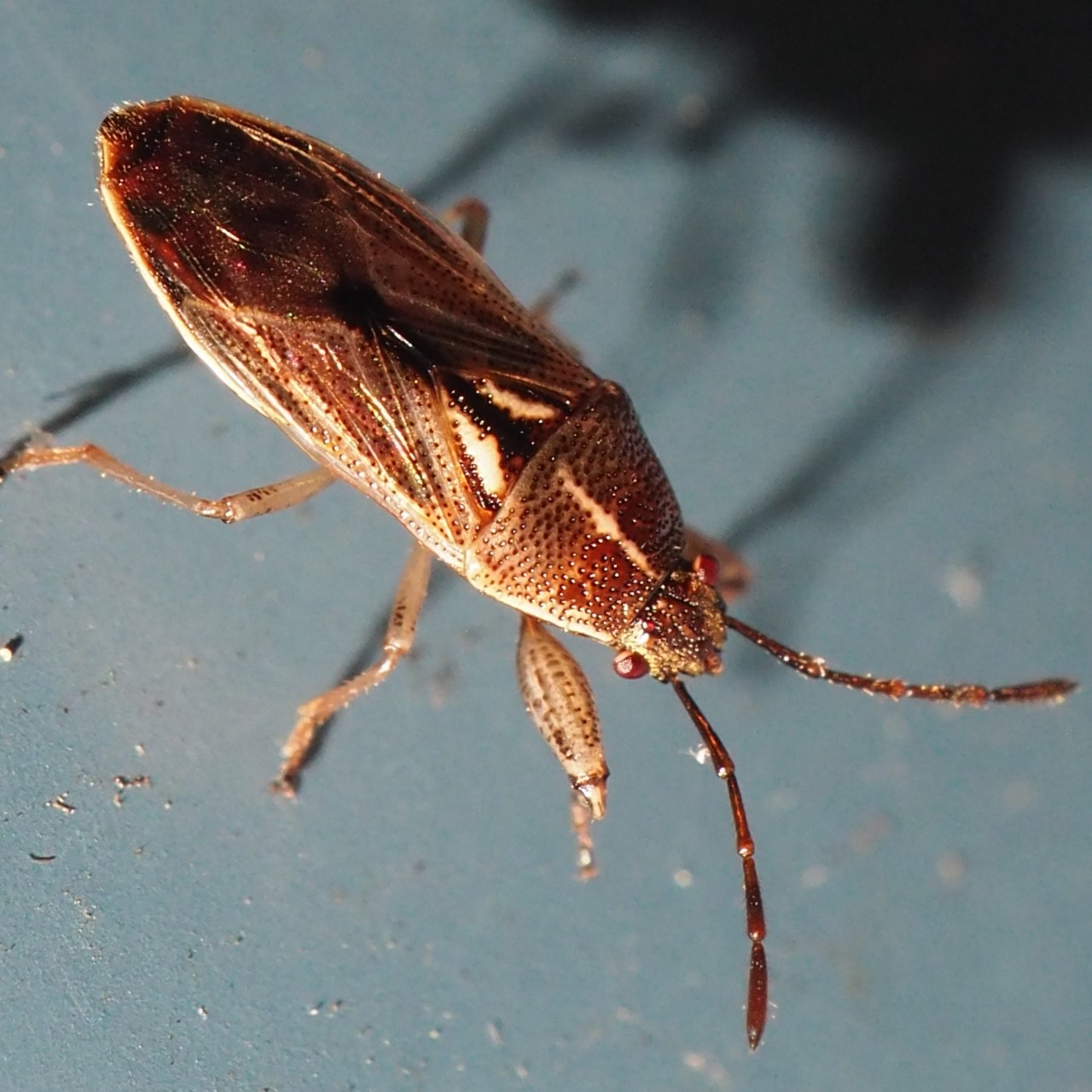
That Stilt Bug really has staying power. We seem to see him almost every week. But what the heck, that's faithfulness. The Stink Bugs are back. Is this the BMSB (Brown Marmorated (marbled) Stink Bug)?? No. One of the give-aways for that pesky bug is a couple of white segments in its antennae, and this one does NOT have any white there. Third is a jump into place for a Psyllid of the genus Cacopsylla (Bad or Noisy Psyllid - since I've never heard a Psyllid make any noise, I'll go with Bad, but in relationship to what?). It is a Bug, and probably should go with the Barklice, to which it is more closely related. At any rate, this particular one seems to have wandered into a Spider web. But I wanted the whole next section for the Treehoppers. :-)
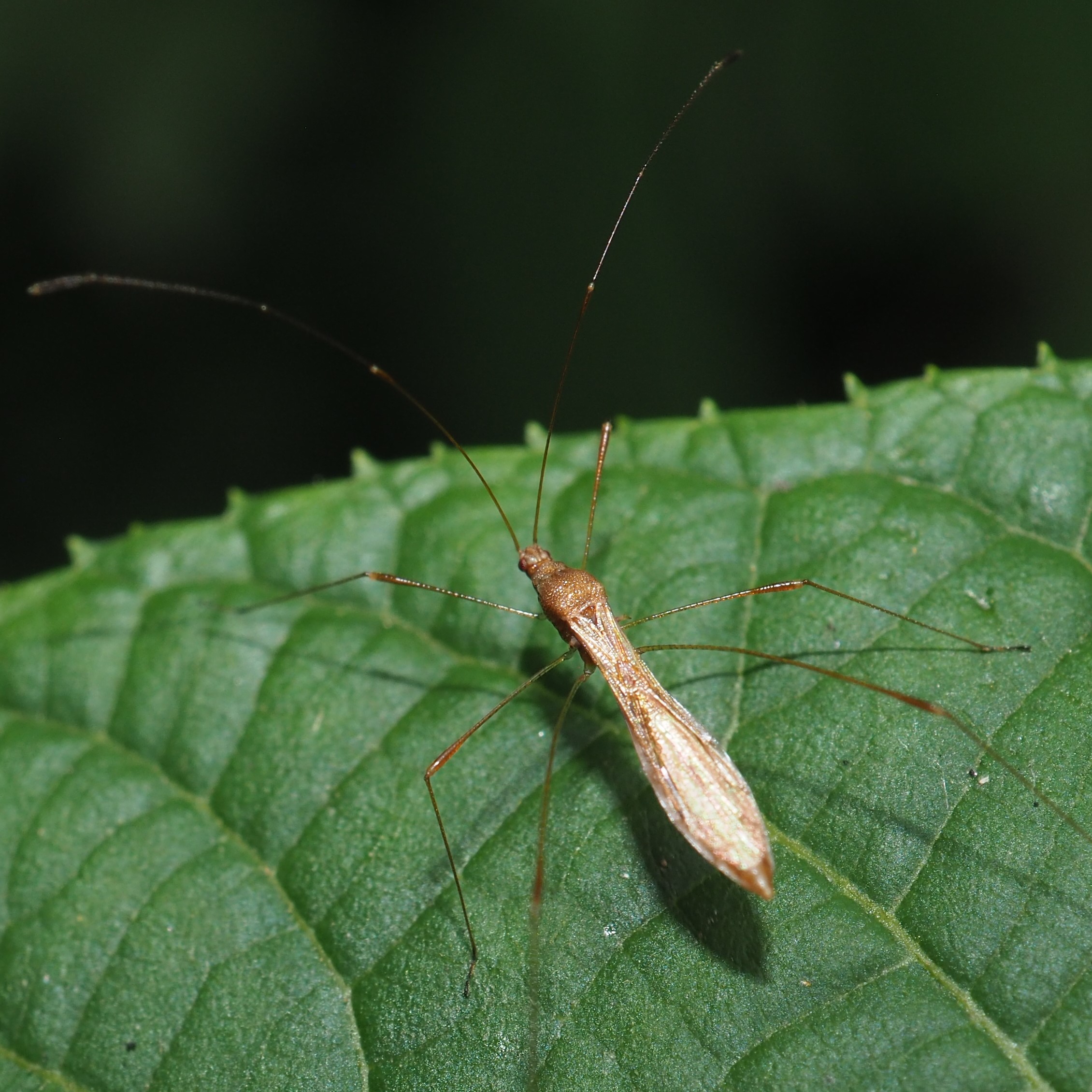
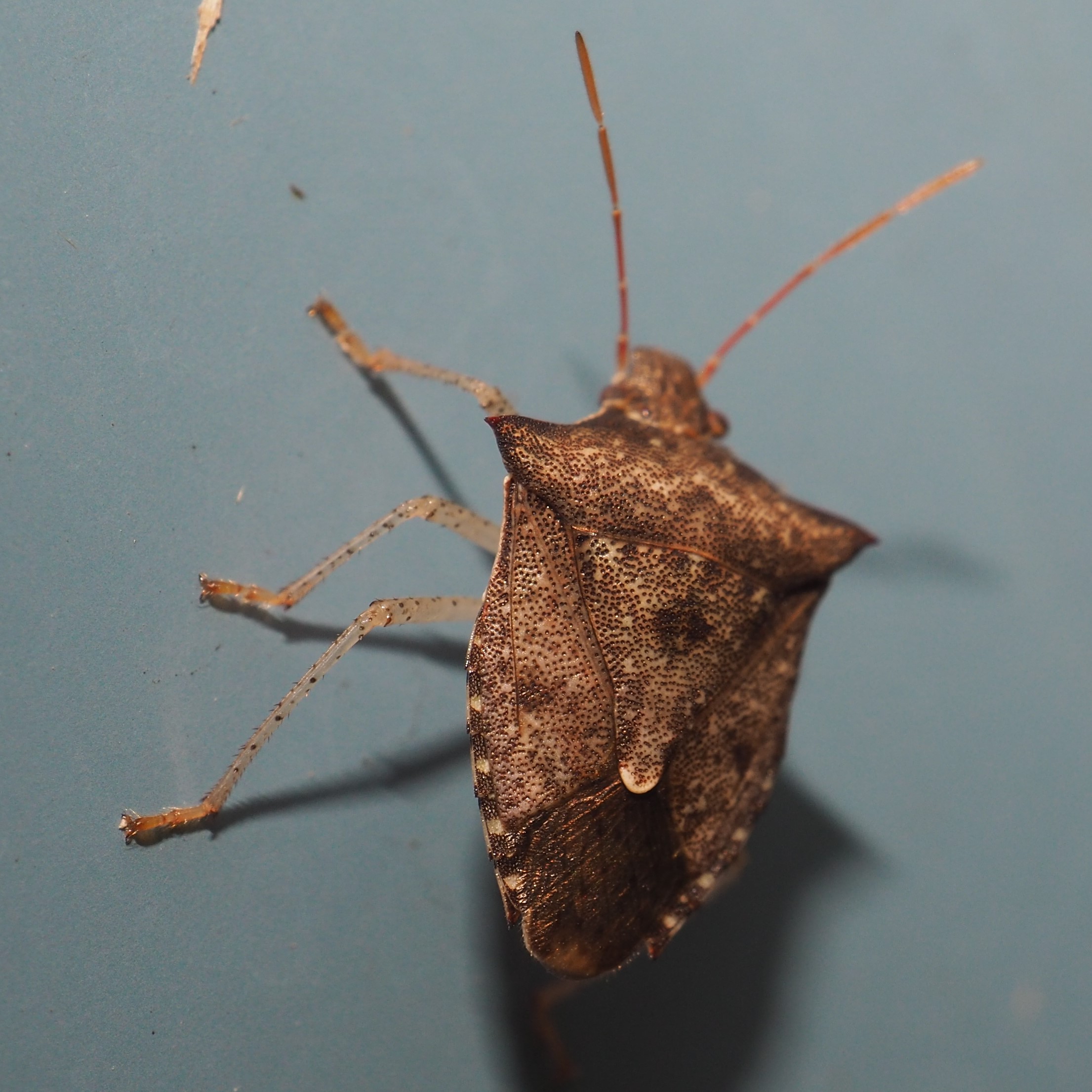
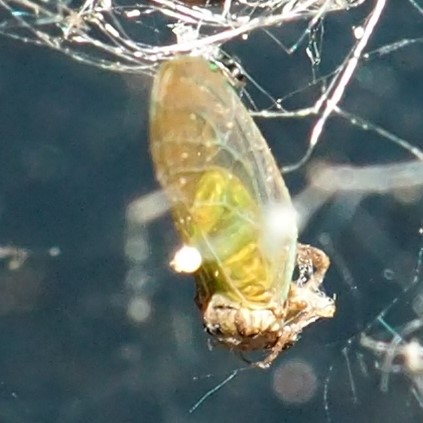
We had two new Treehoppers this week, both of which are sometimes called Buffalo Treehoppers. These particular Buffalos are used to be called Two-horned Treehoppers, Ceresa diceros, because of the two points on their collar. Apparently decades ago, Ceresa got changed to Stictocephala, and so now its name is Stictocephala diceros. I found an odd artifact left over from the old name. When I decide to use a name from iNaturalist.org, I usually copy the name and paste it into Wordpad to get rid of any /, etc unallowed characters. So this time, I pasted "Stictocephala diceros" into Wordpad, but later when I went to Wordpad to copy the name into this blog, it said "Ceresa" instead of "Stictocephala". Apparently Ceresa, the old name, was not forgotten by the place in their computer where it was being stored. Some Fortran programmer had inserted an extra invisible field where the old names were stored next to ("over") the new one. The people that developed Wordpad displayed the OTHER field. You gotta watch these old languages like a hawk!
Okay, so now the first treehopper, the one in shades of brown, is the Two-horned Treehopper, Stictocephala diceros. Now today I went out to get the last pictures of this week, and as I was coming down the steps from the deck to the path to the woodshop, a bug jumped from under where my foot was headed, and landed on the stair railing. To my surprise, it was a GREEN Buffalo Treehopper.
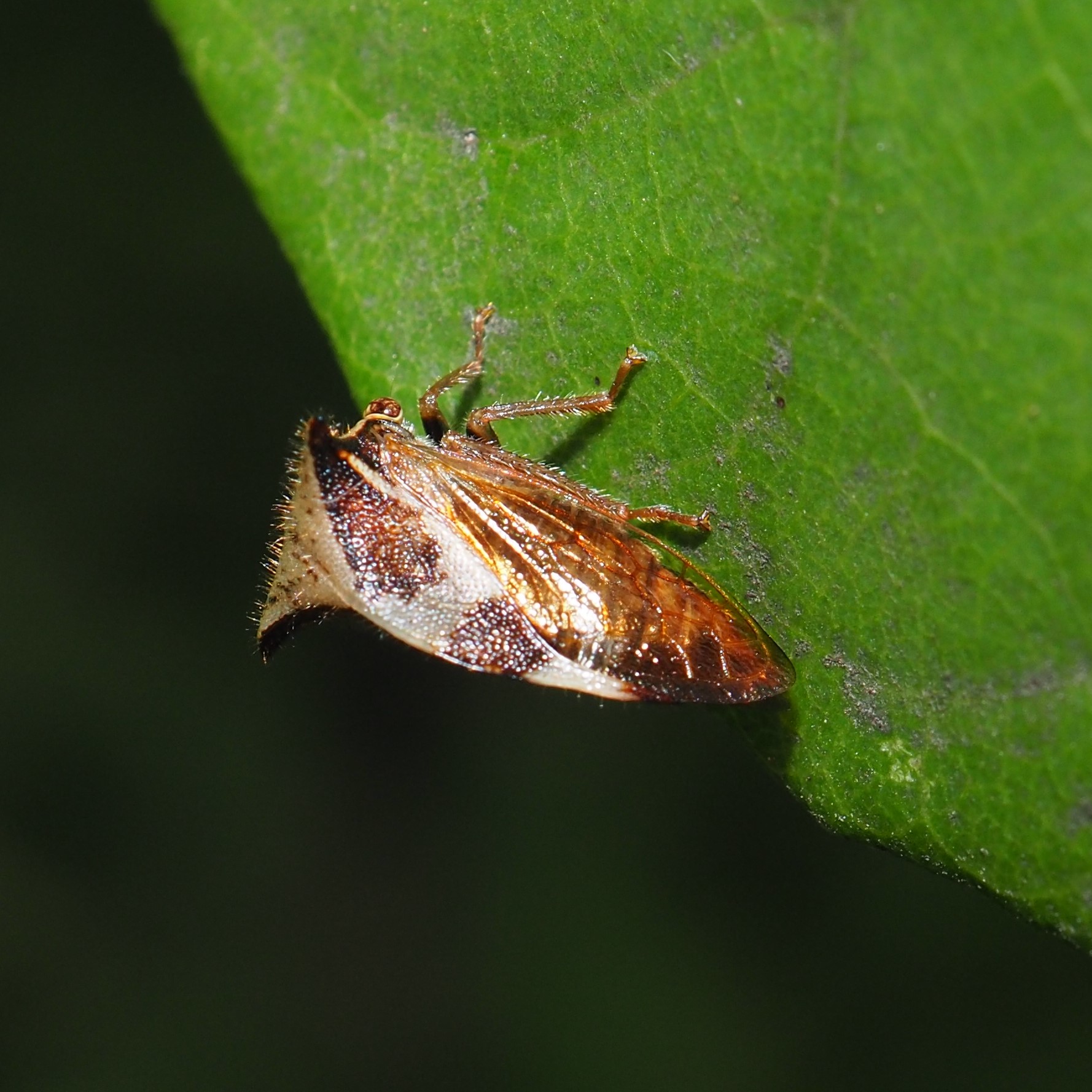
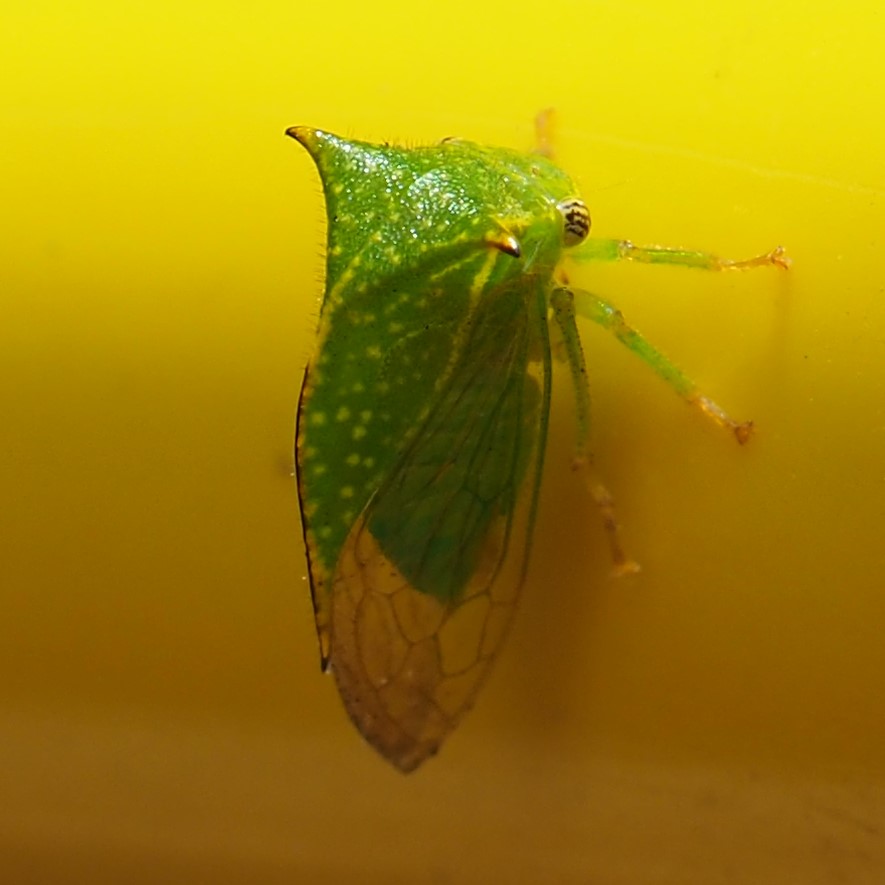
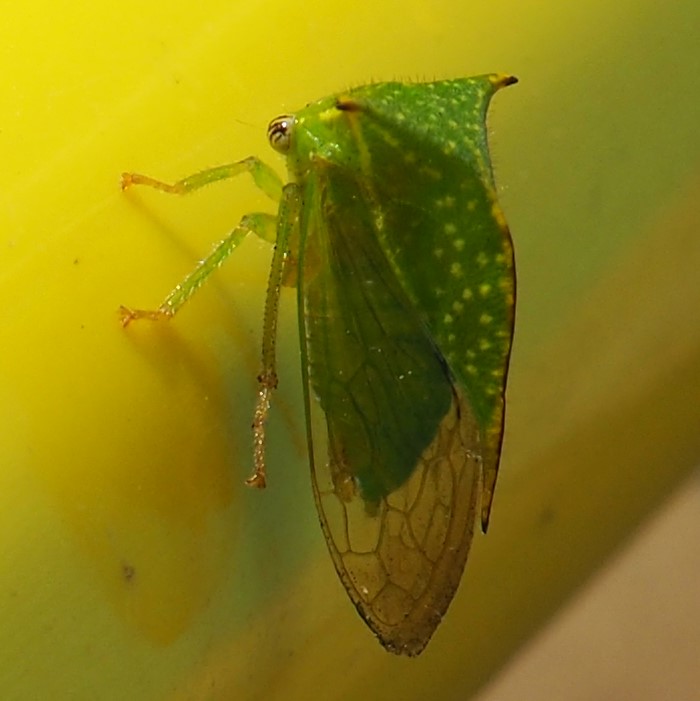
In recent months I've been paying extra attention to another treehopper, the so-called Two-mark Treehopper. This is the bug that looks like a thorn. I've written up a little website about this particular bug.
Adventures in Treehopper Land
The Two-mark Treehoppers have been almost invisible since the end of the story above. But once in a while I see one in one of the redbud saplings that dot the yard. And amazingly, now you can see eggs on some of the branches and trunks, a few at a time. This is a harbinger of a new season. I've never known how long you have to wait after seeing eggs before you can expect to see nymphs. This means I have to keep an eye out for ants in the redbuds! Here is one of the migrants and some of the eggs.
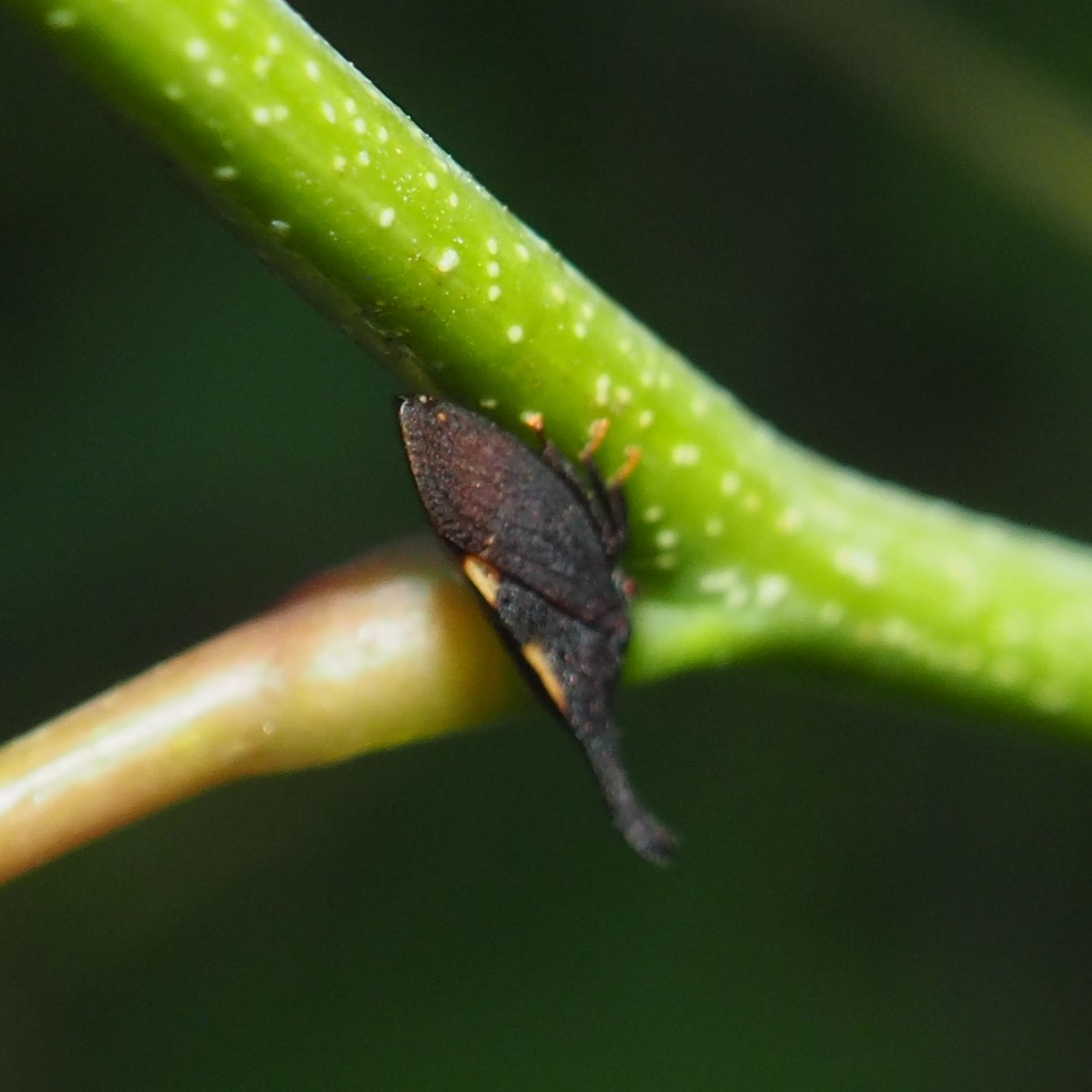
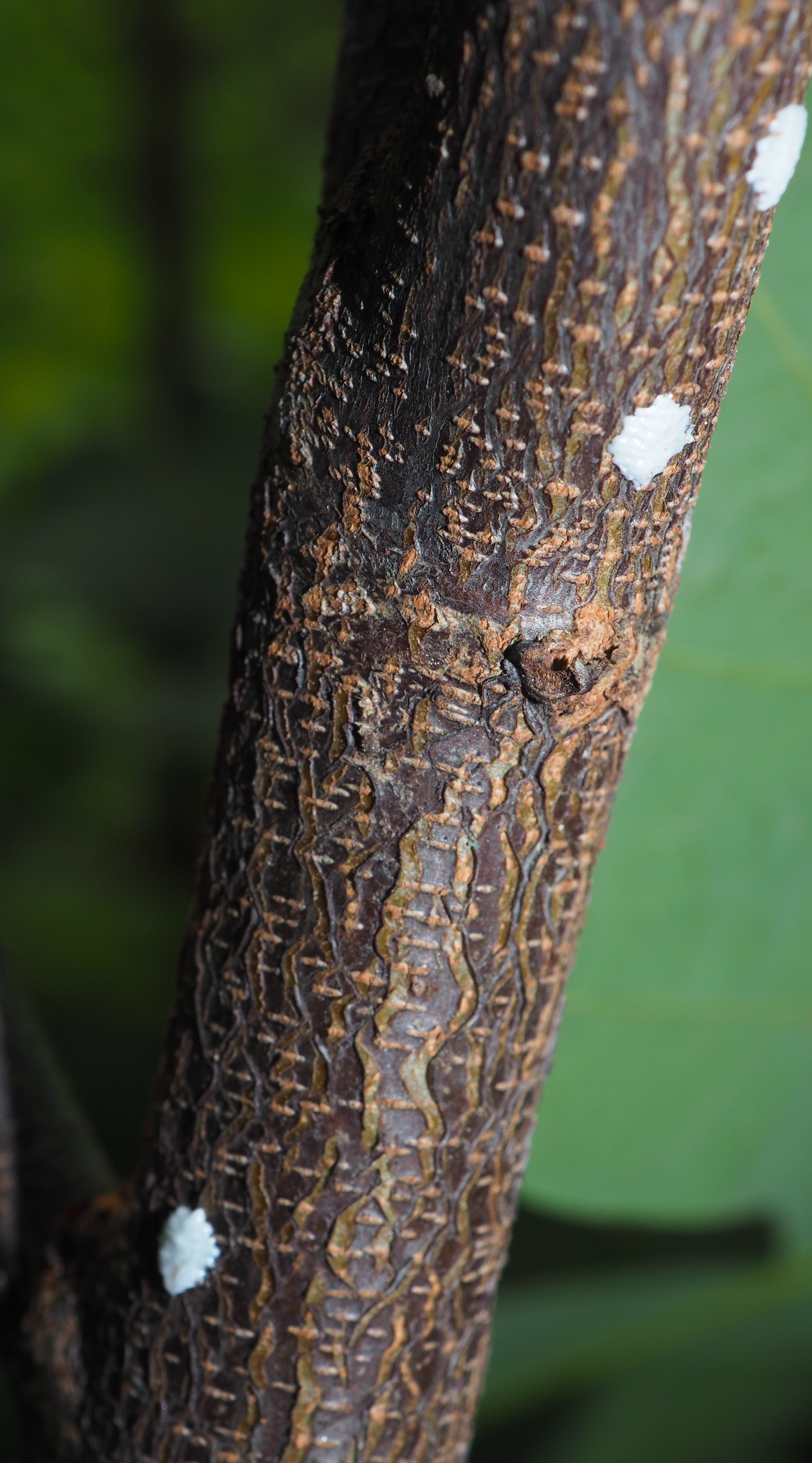
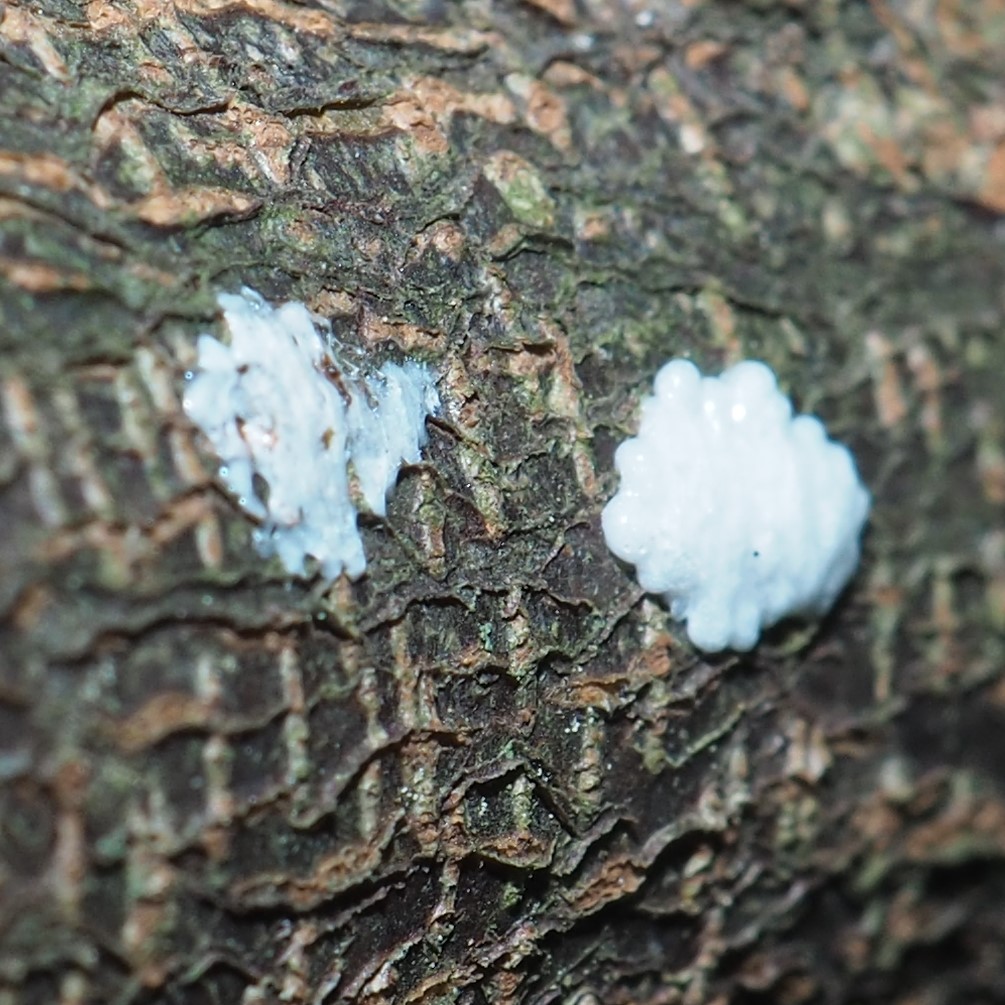
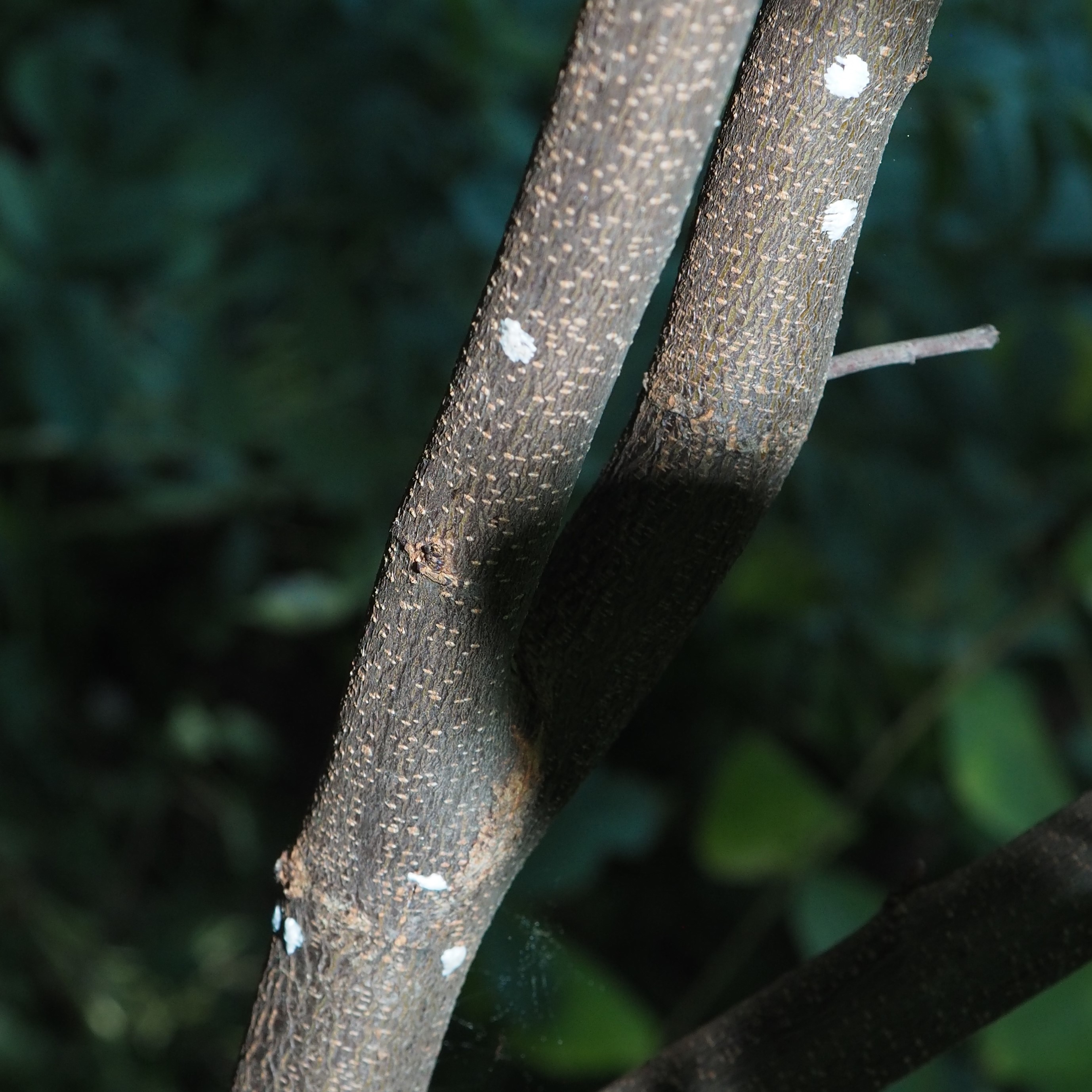
The other day a friend called me to say that her daughter Val from Florida had brought her collection of Florida Monarch caterpillars on Milkweed that had made the trip just fine apparently. Her pets ranged from an egg, almost invisible on its leaf, through caterpillars of various sizes and finally two caterpillars hanging up in J-formation just waiting to shed their caterpillar skins and become chrysalids (pupae). Picture 3 shows a tiny caterpillar on the blossom of a Butterfly Weed. Val's claim to fame was as a woman who had in this season raised 300 caterpillars to Monarchdom.
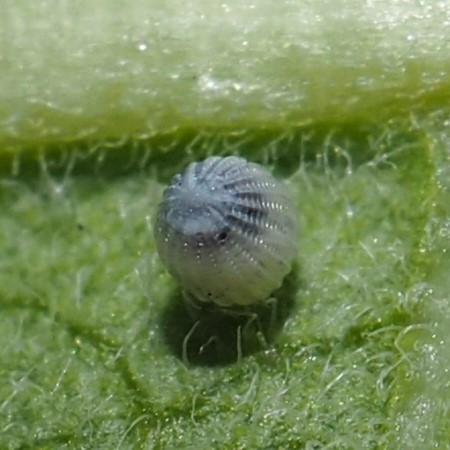
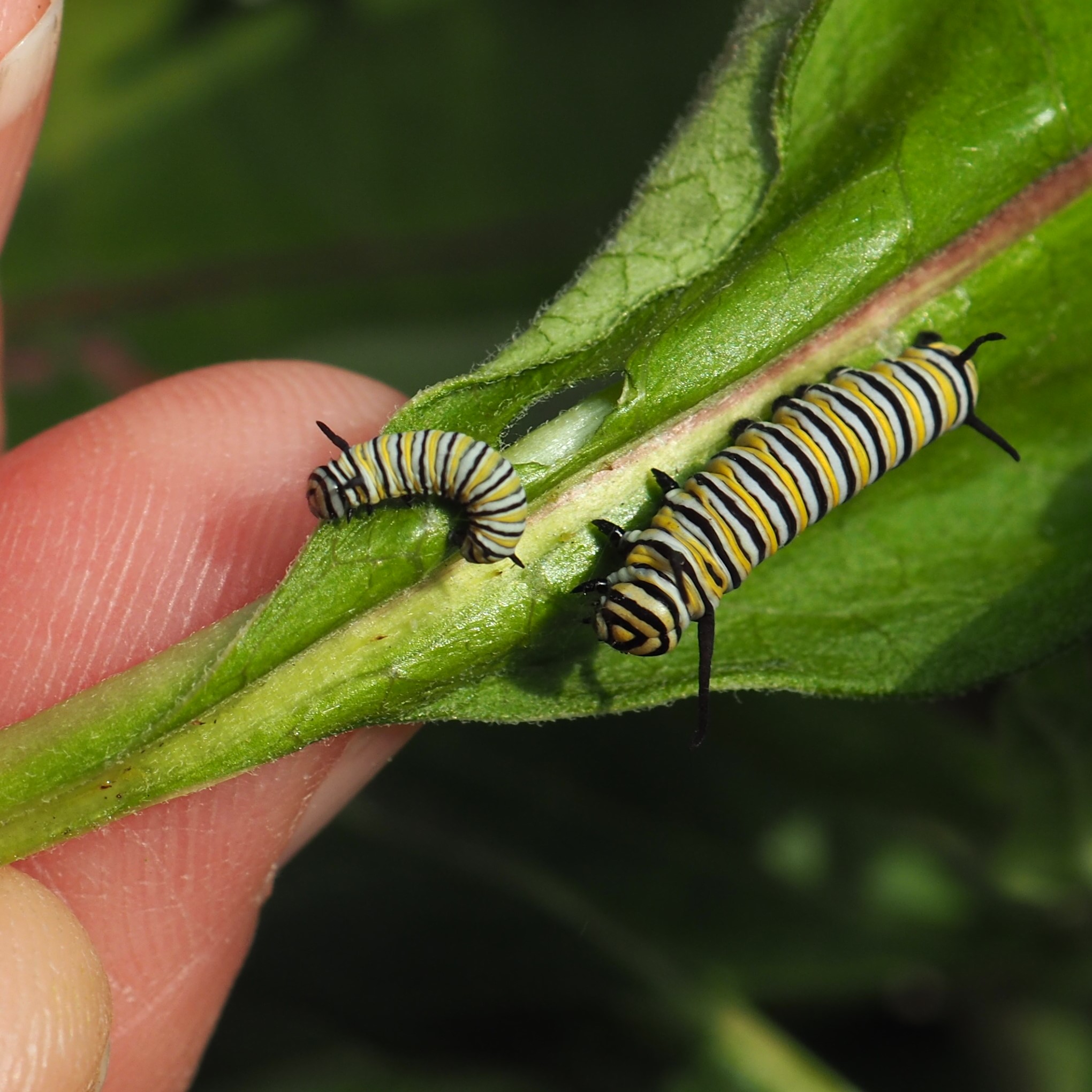
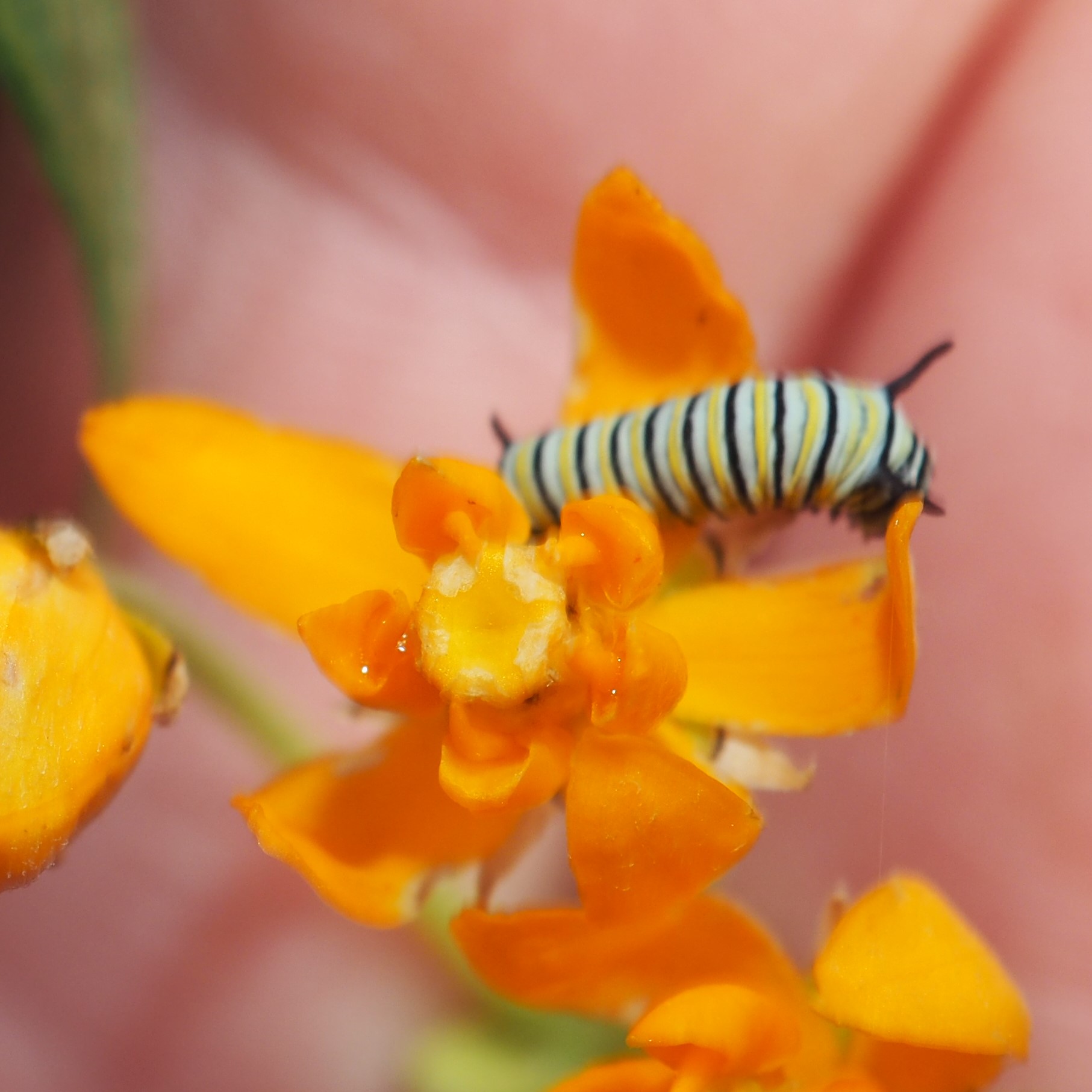
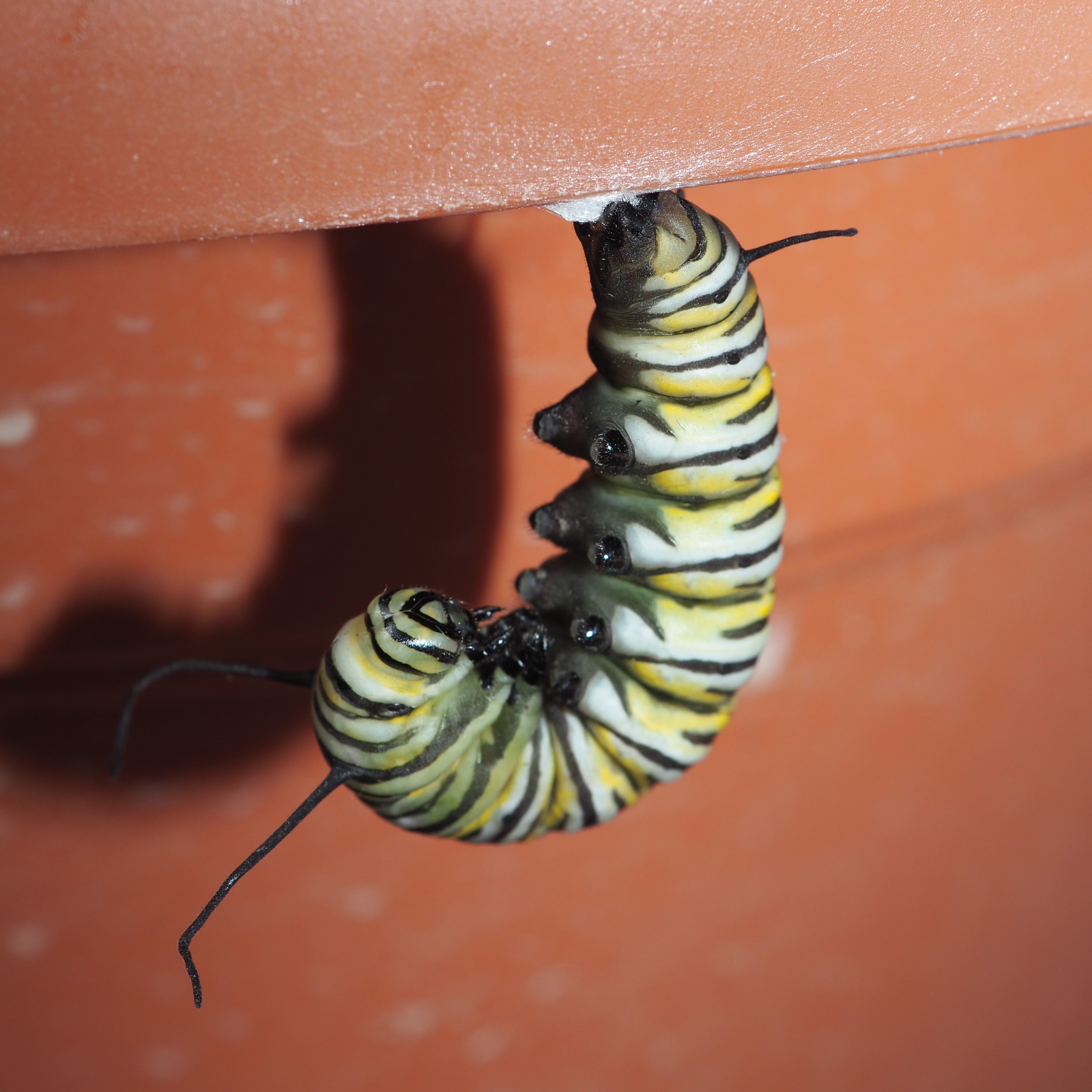
The Hickory Tussock Moth caterpillars spent their days climbing up the side of the shop walls. I've never seen so many of them - maybe a half-dozen. A Geometric Moth caterpillar spent days moving an inch or two up that wall.
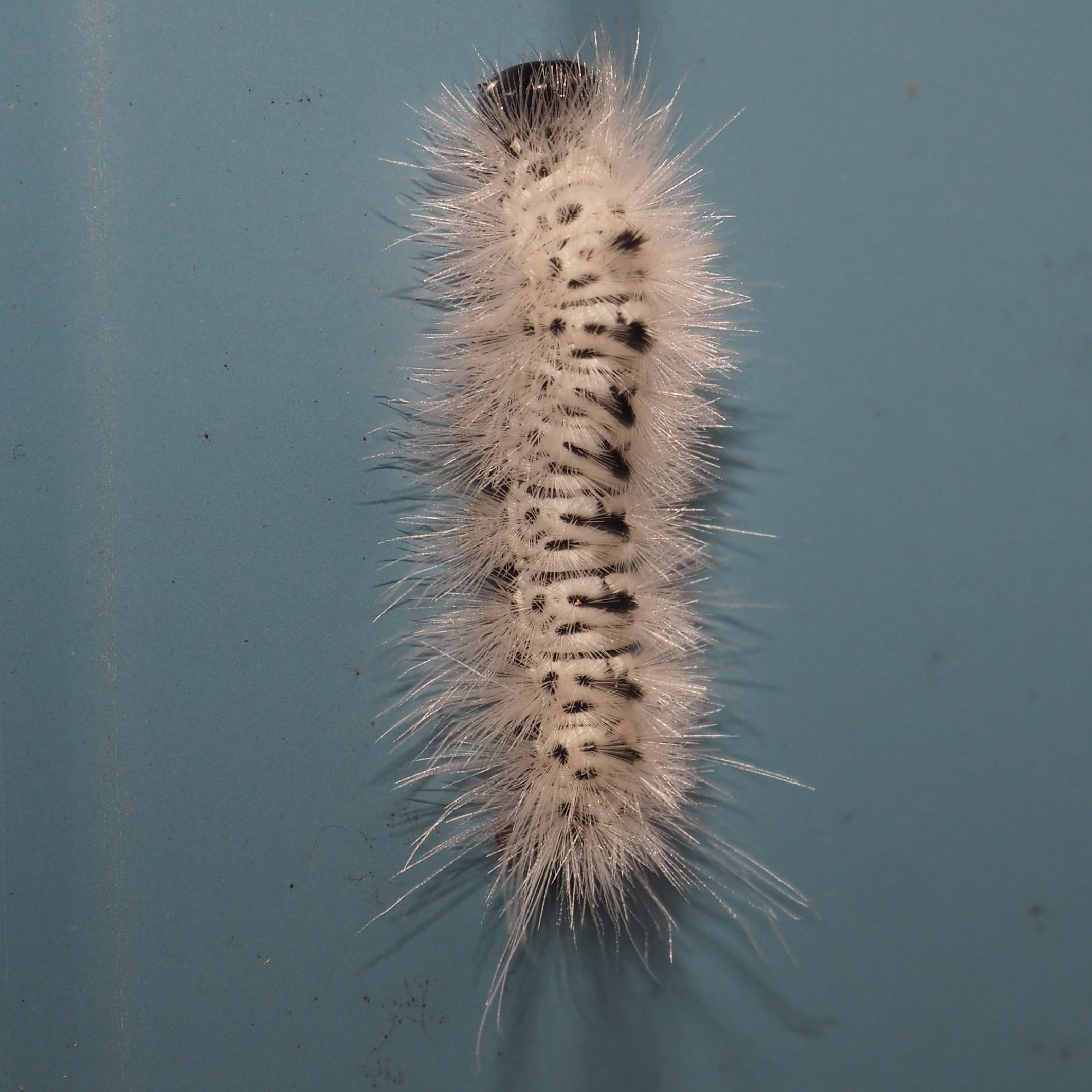
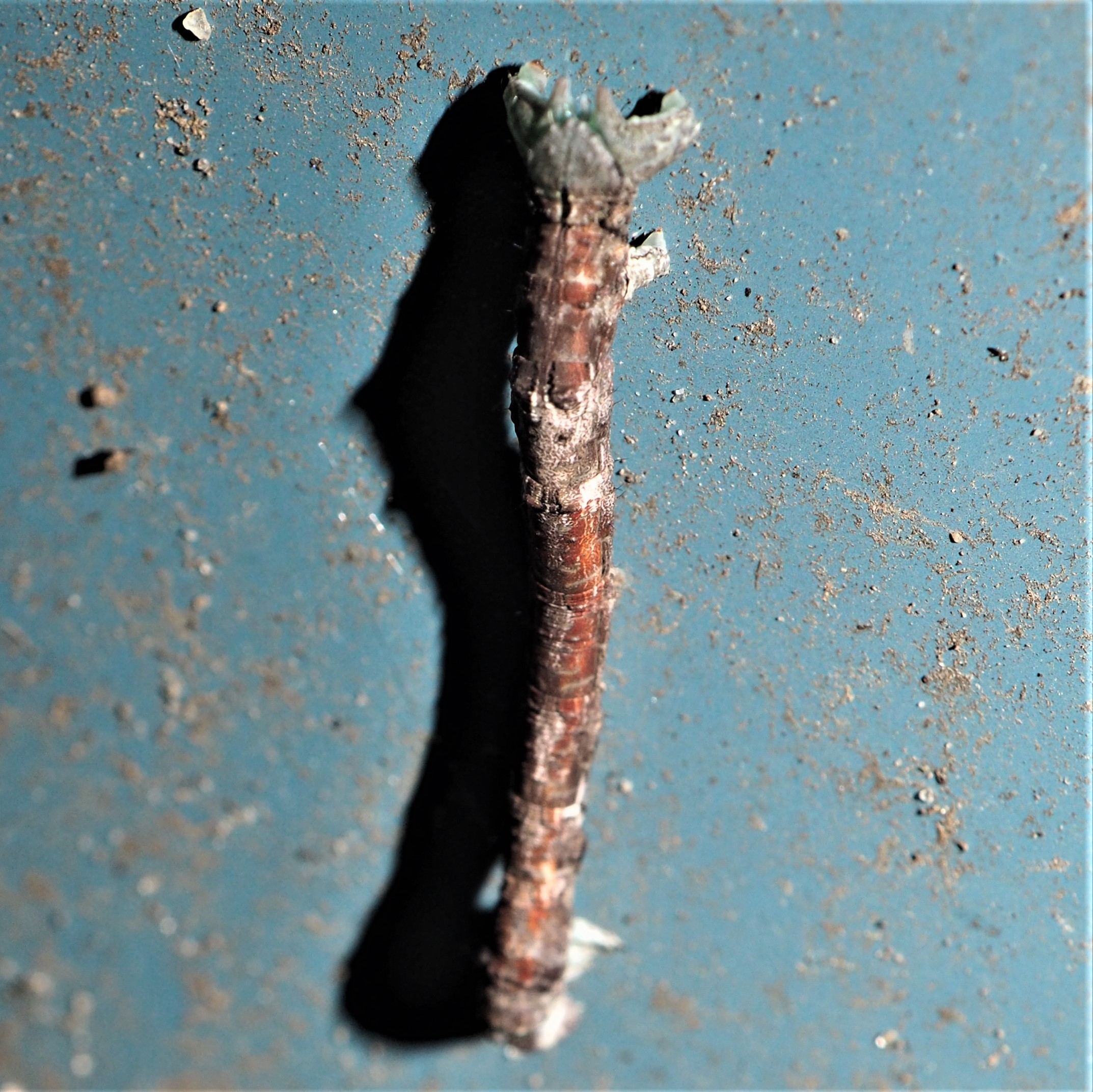
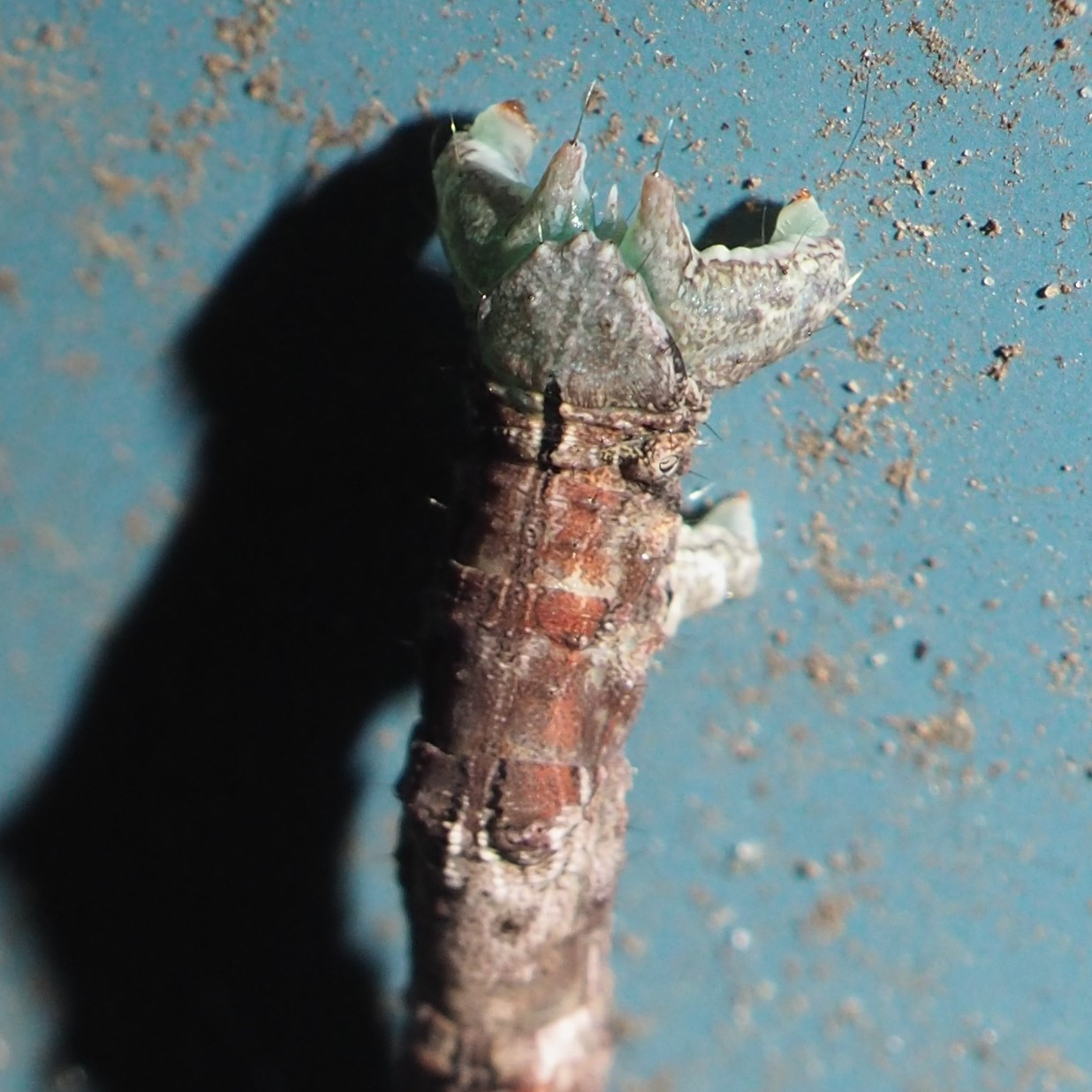
I don't know how many of these little grey moths there were - maybe only one - but I found it at a different place each day for a while. The little black and pinkish-orange moth was the Norway Maple Pigmy Moth (Etainia sericopeza).
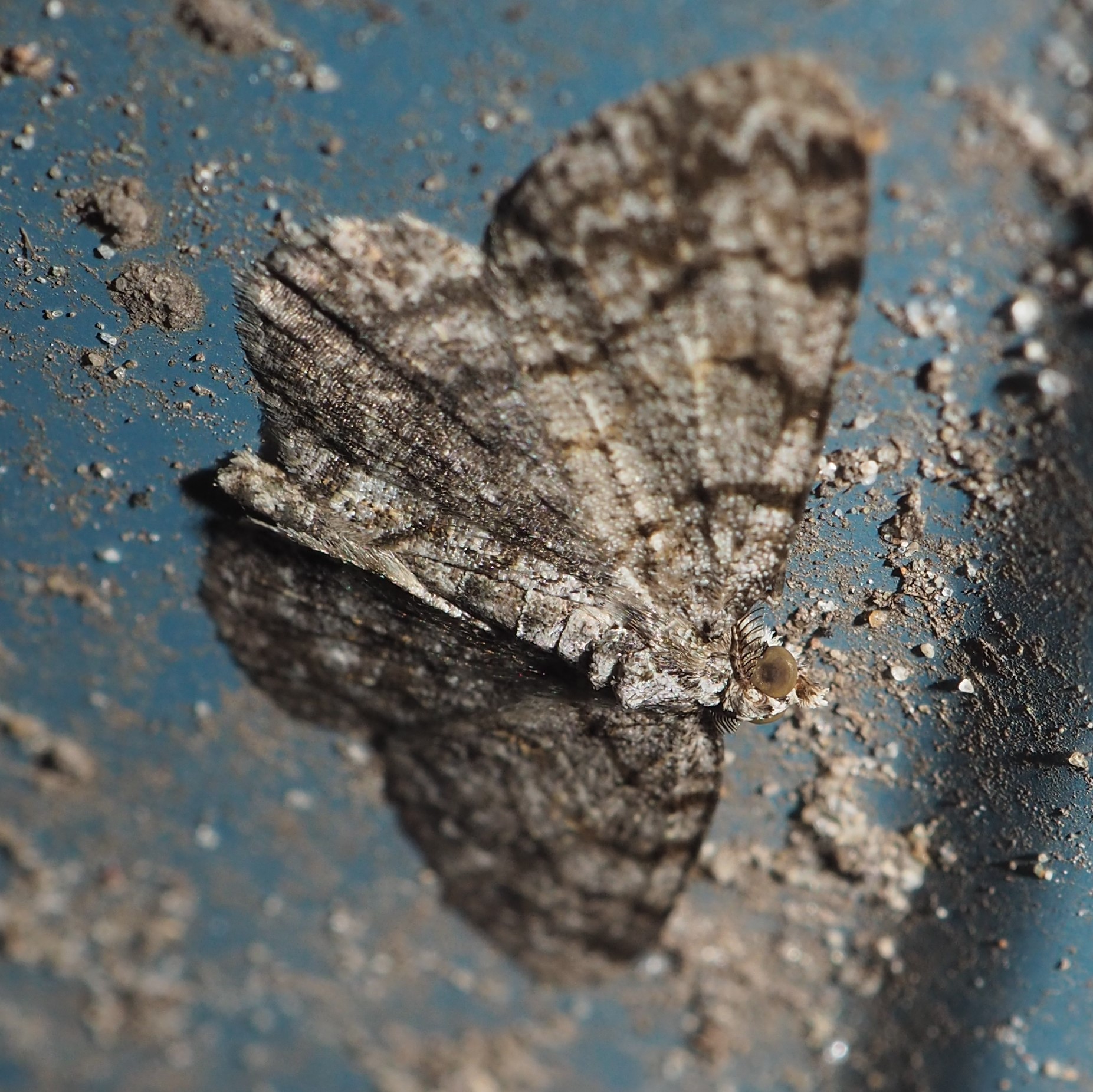
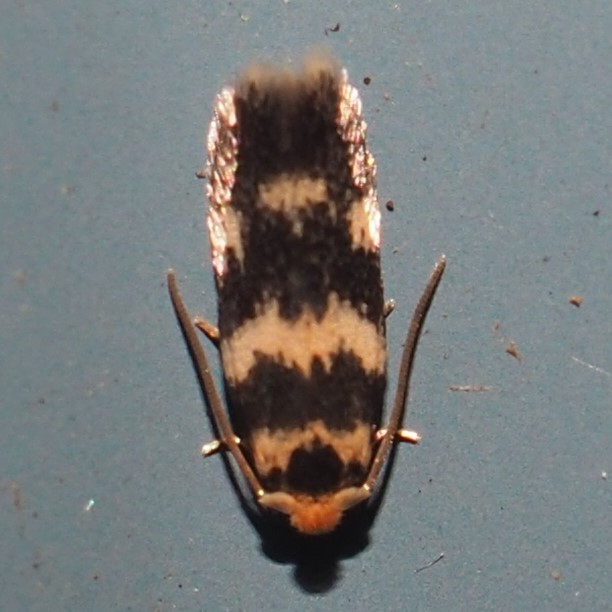
The Tree Crickets wsere getting more numerous. Here (pictures 1 and 2) was a Narrow-winged Tree Cricket, Oecanthus niveus, pale as a ghost. And third, one of the Common Tree Crickets. Since we're in the Orthoptera, here is a grasshopper too, the Short-winged Green Grasshopper, (Dichromorpha viridis).
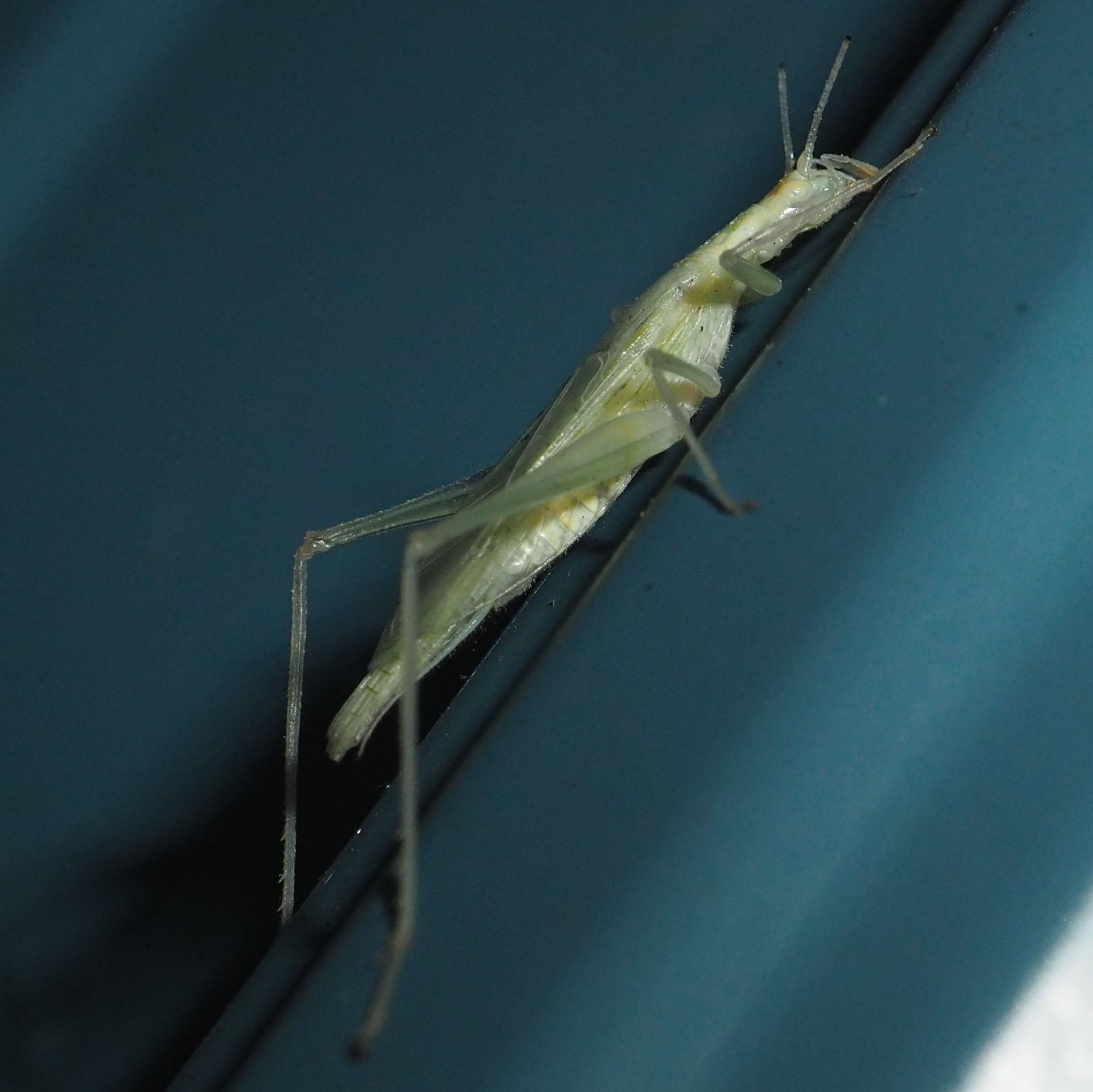
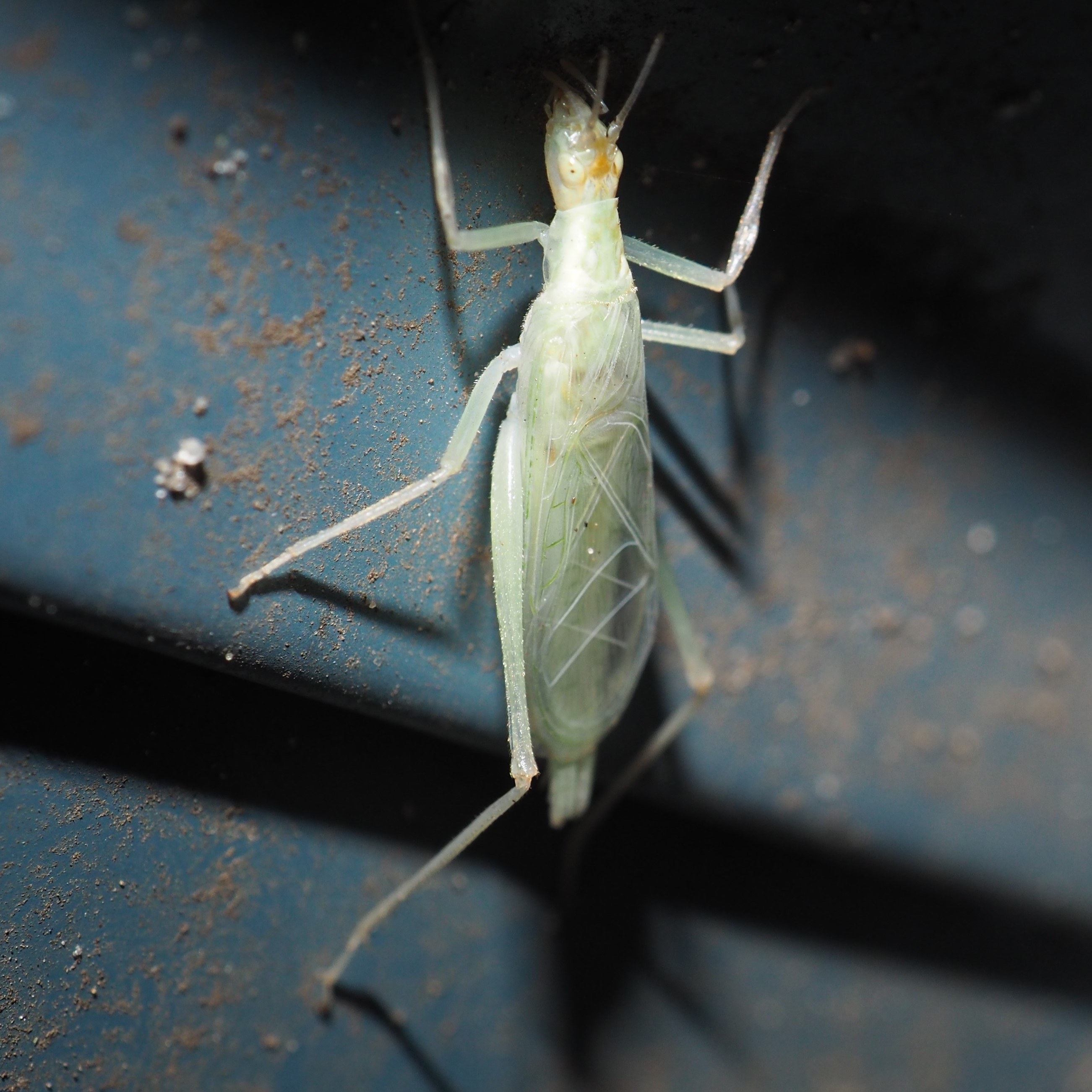
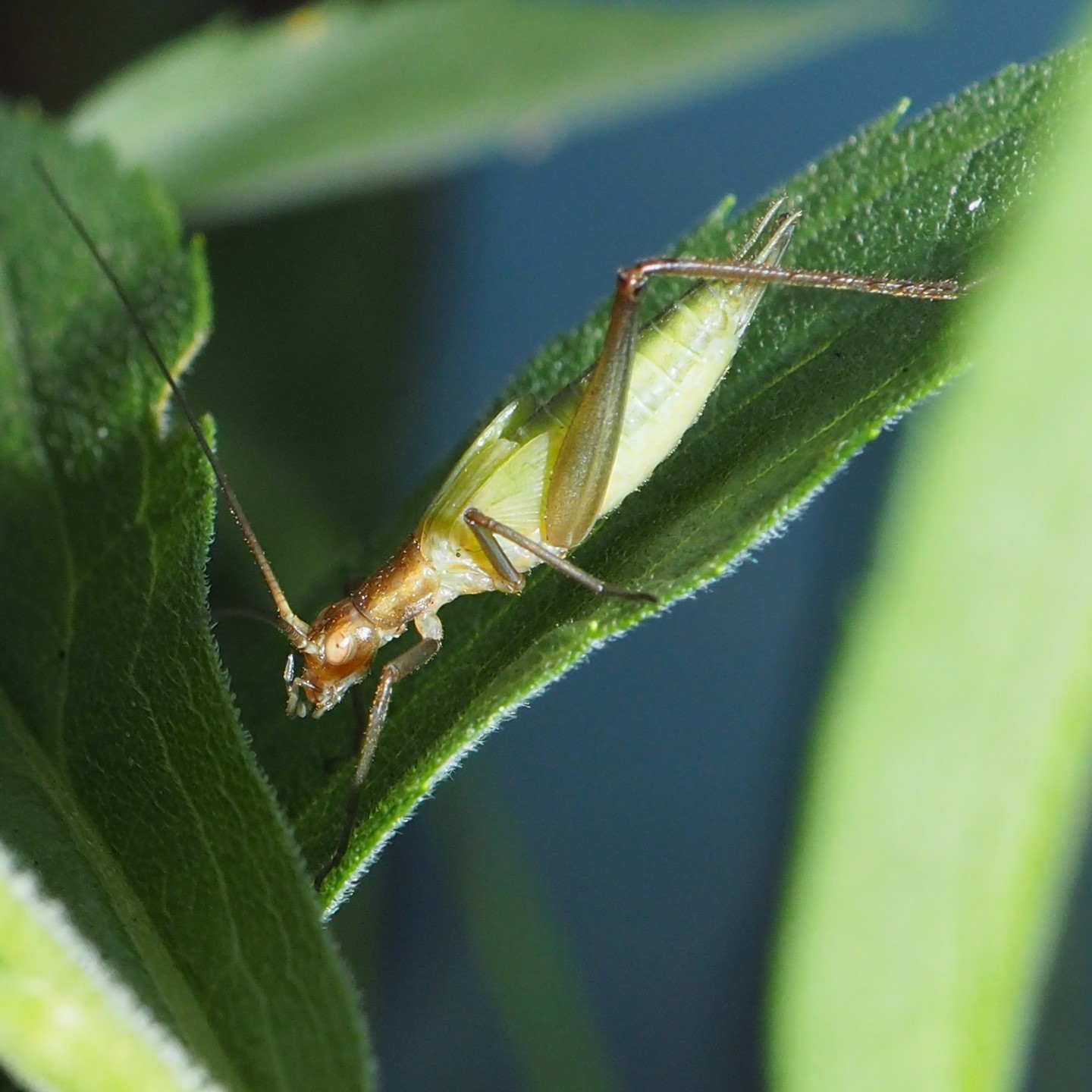
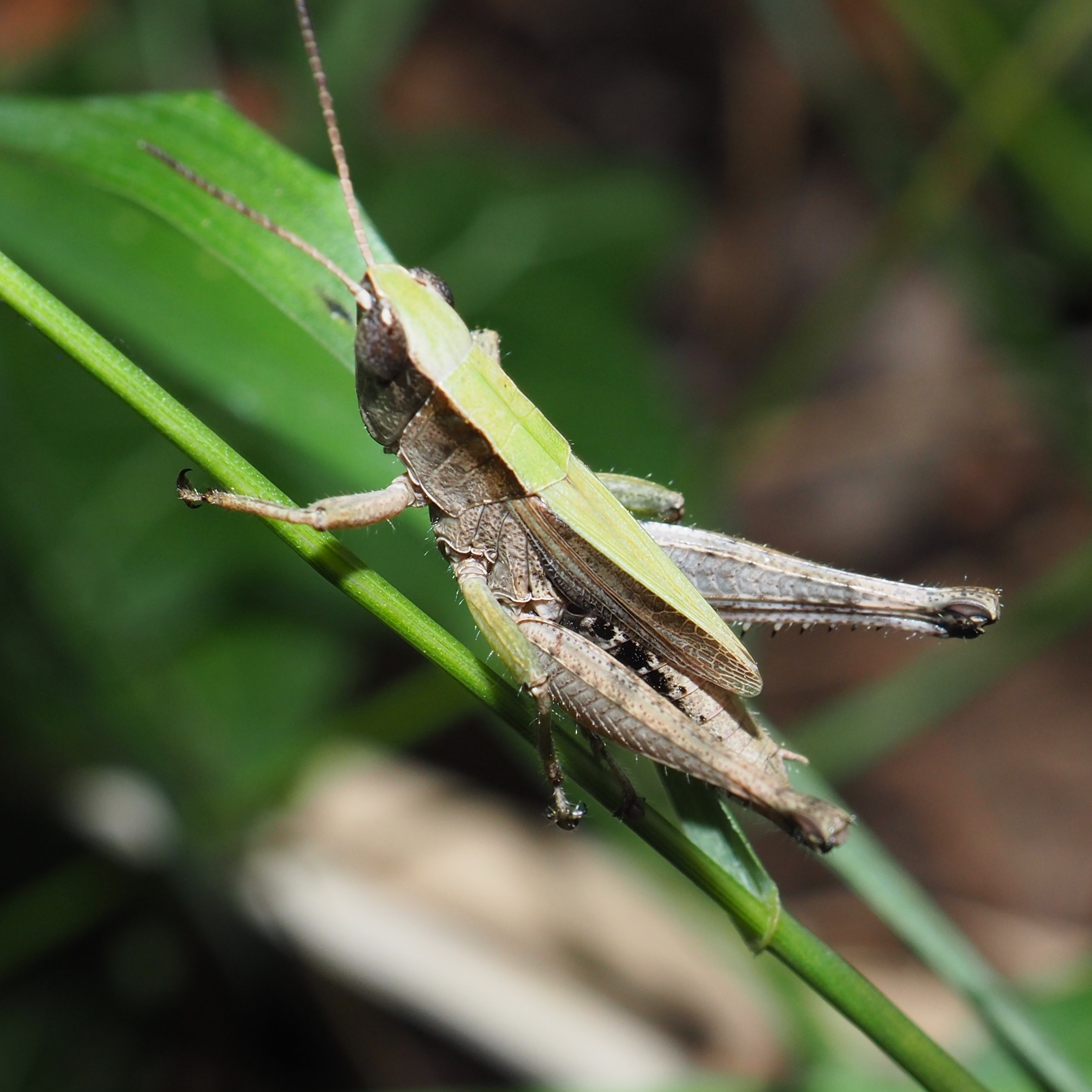
A new Damselfly with pretty blue eyes showed up on the 12th. It is most likely the Spotted Spreadwing, Lestes congener. But that one persistent Dragonfly, the Meadowhawk, visited many times.
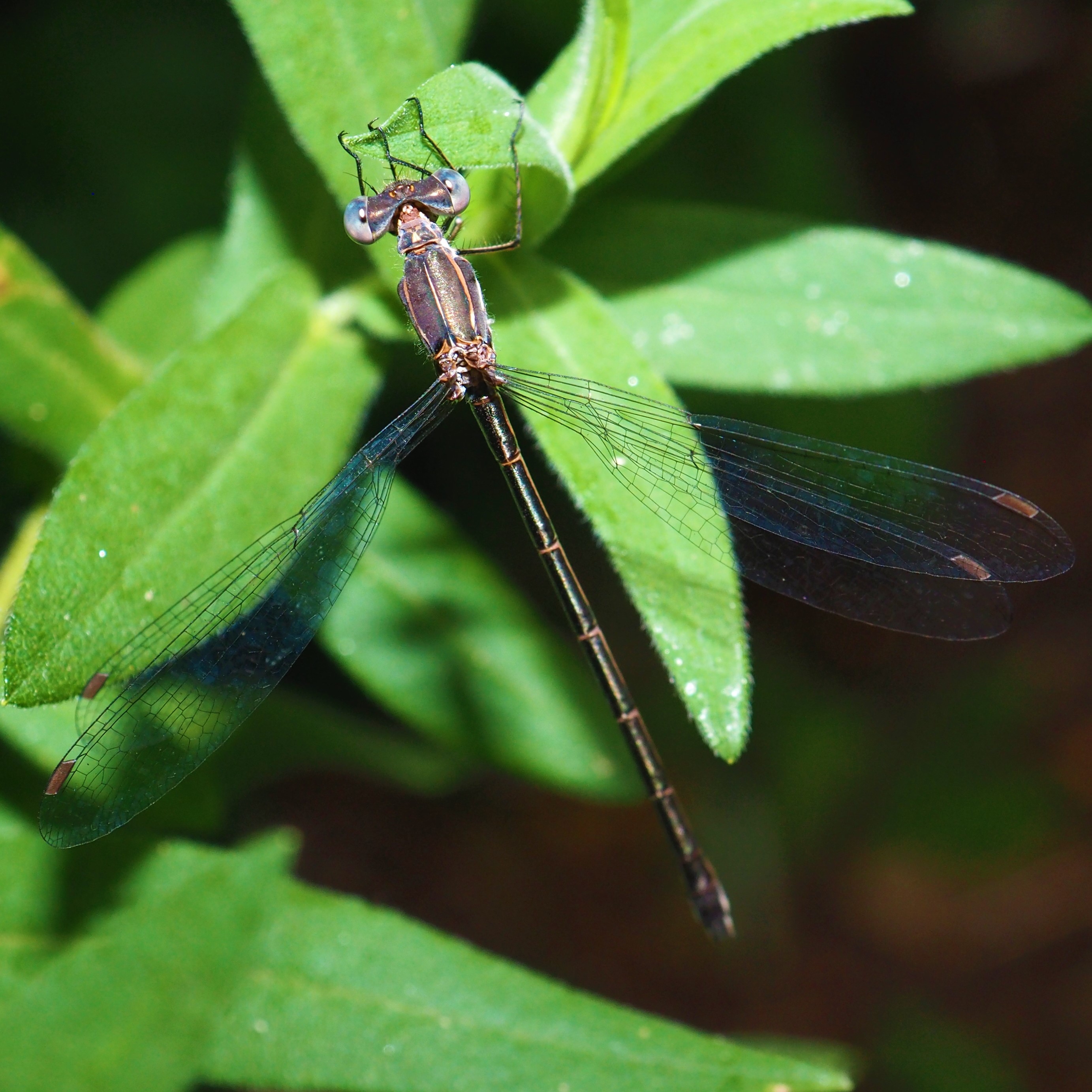

The fishes seem to be recovered from their shock caused by the raccoons. Here are a few coming up to eat.
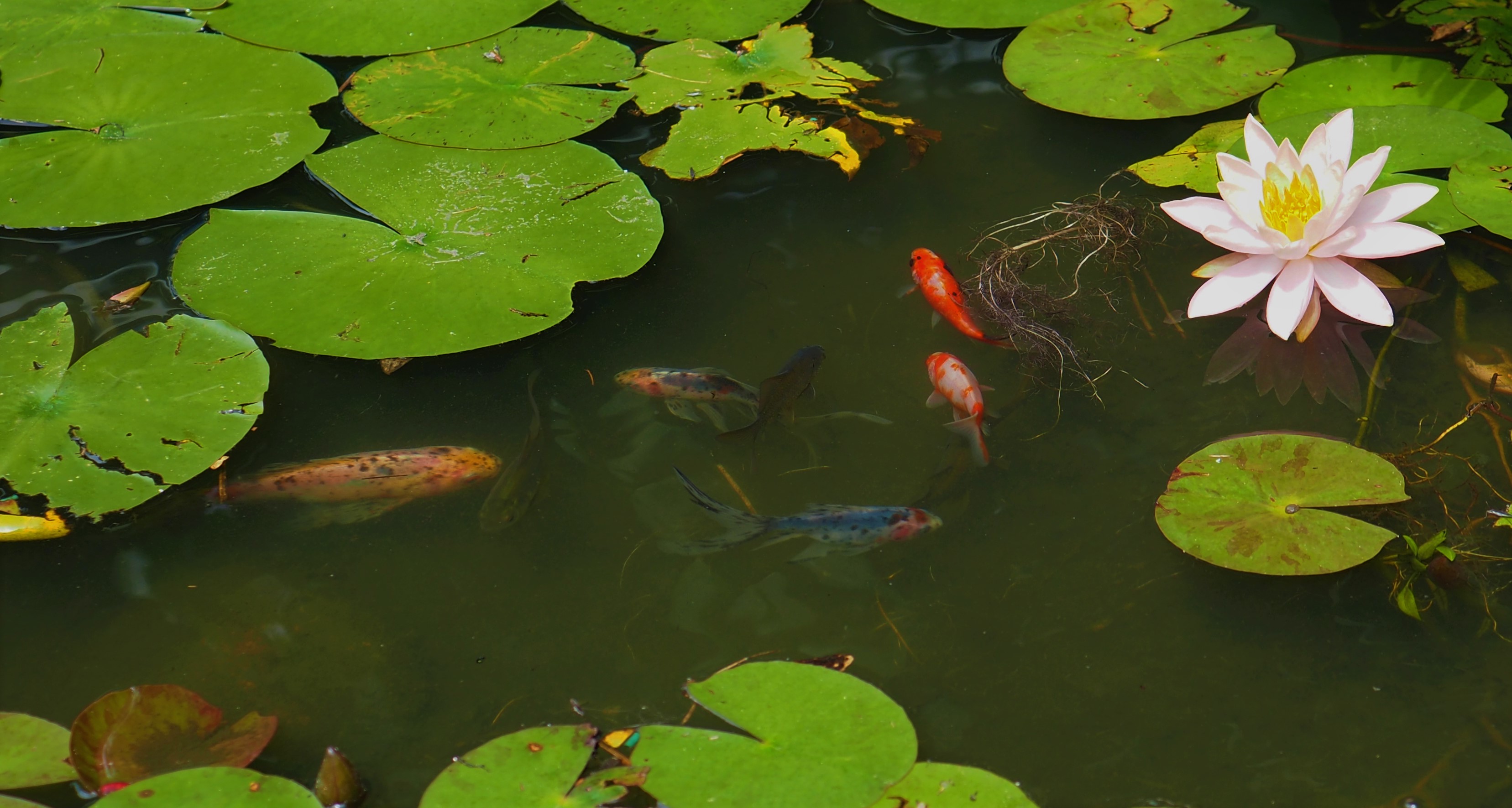
I think you've seen enough of the little "Block Print" Crane Flies, so here's just one for this week. The others are that particular shape and posture of little flies that look so similar that I can't seem to identify them.
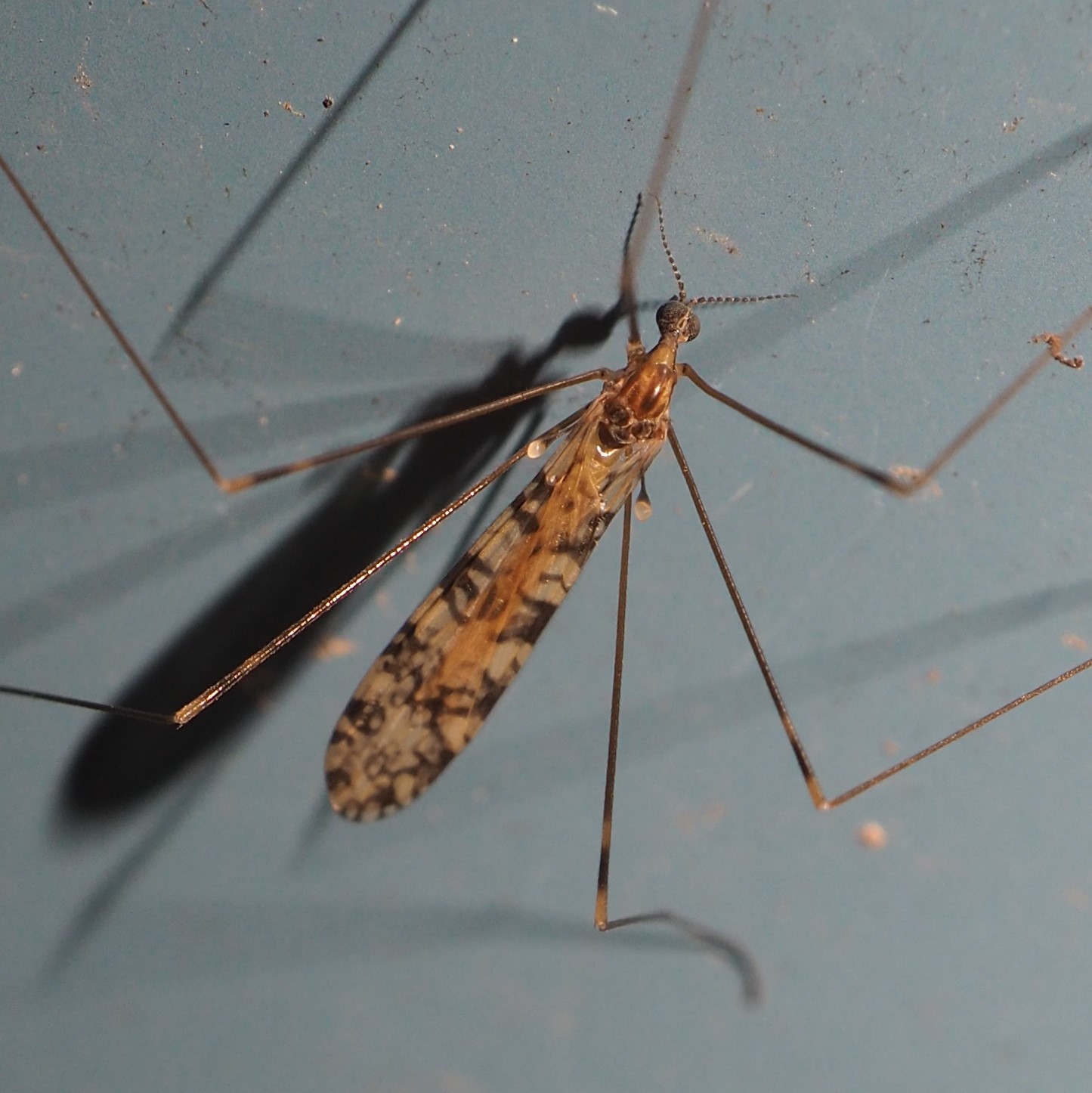
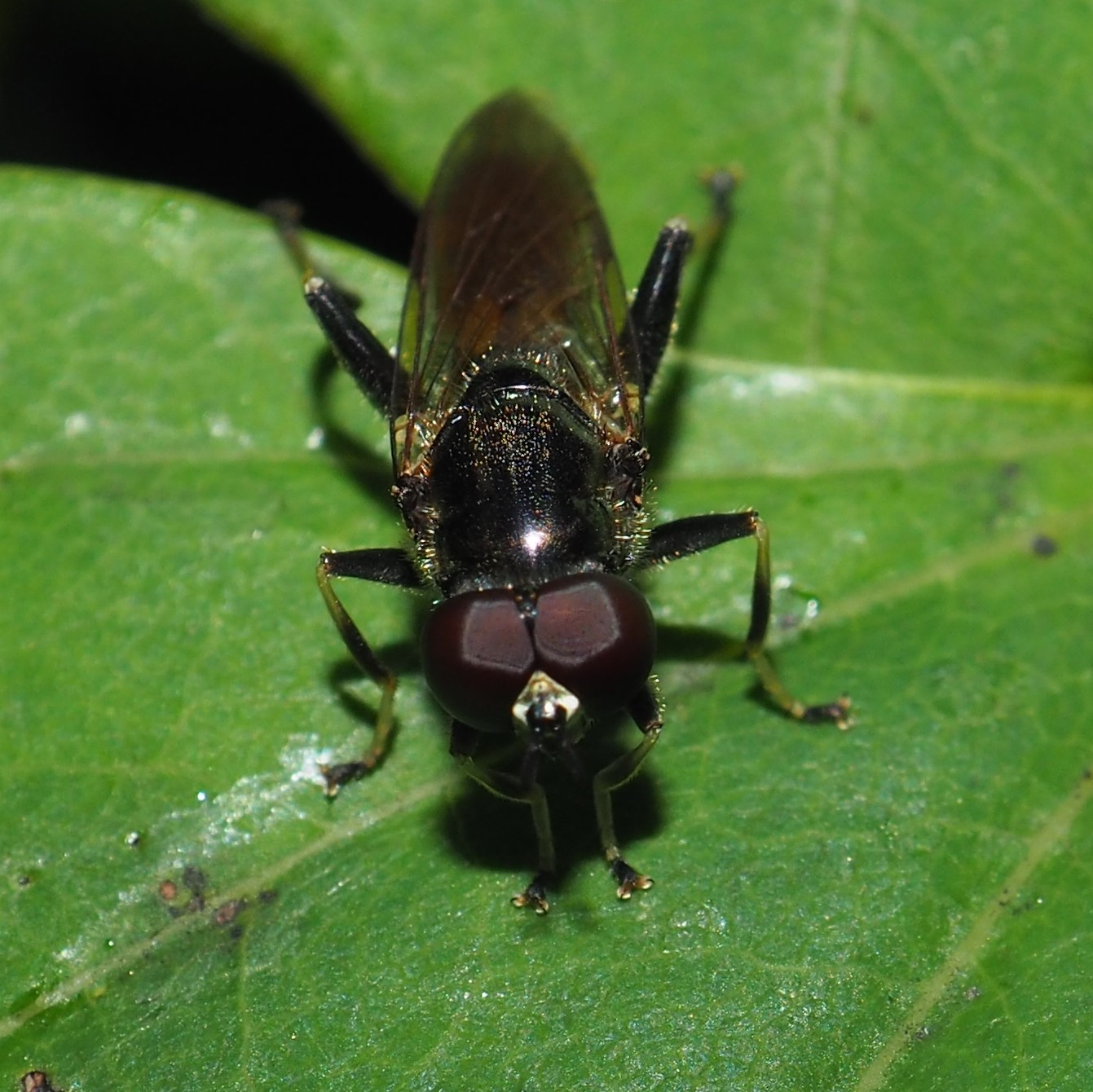
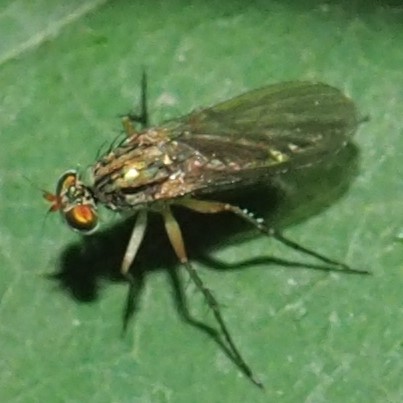
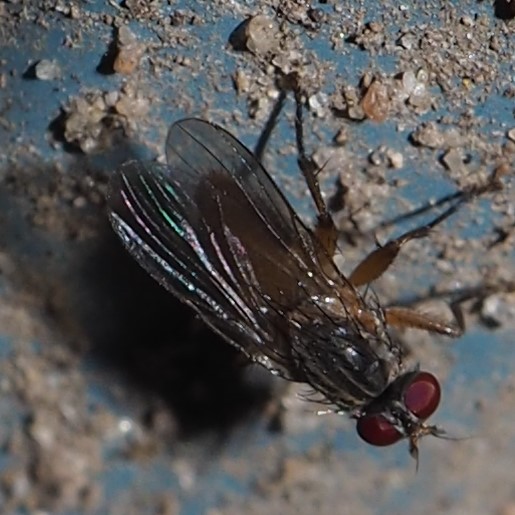
Here we go to more familiar flies. The Root-Maggot Fly is probably the most common fly in my yard. Second is the Quadrate Snipe Fly, the female this week. She and the male seem to alternate, but the female always seems the more common. The little yellow fruit fly - prettier than the tiny black ones that love to swim in my coffee, water, any liquid that I don't cover quickly. The blue-thoraxed Minettia lupulina - I seem to see one or more of these most days this month!

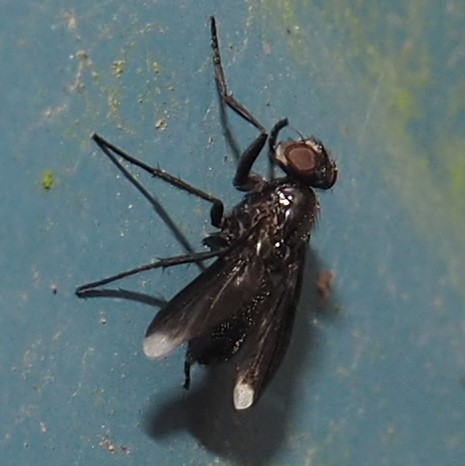
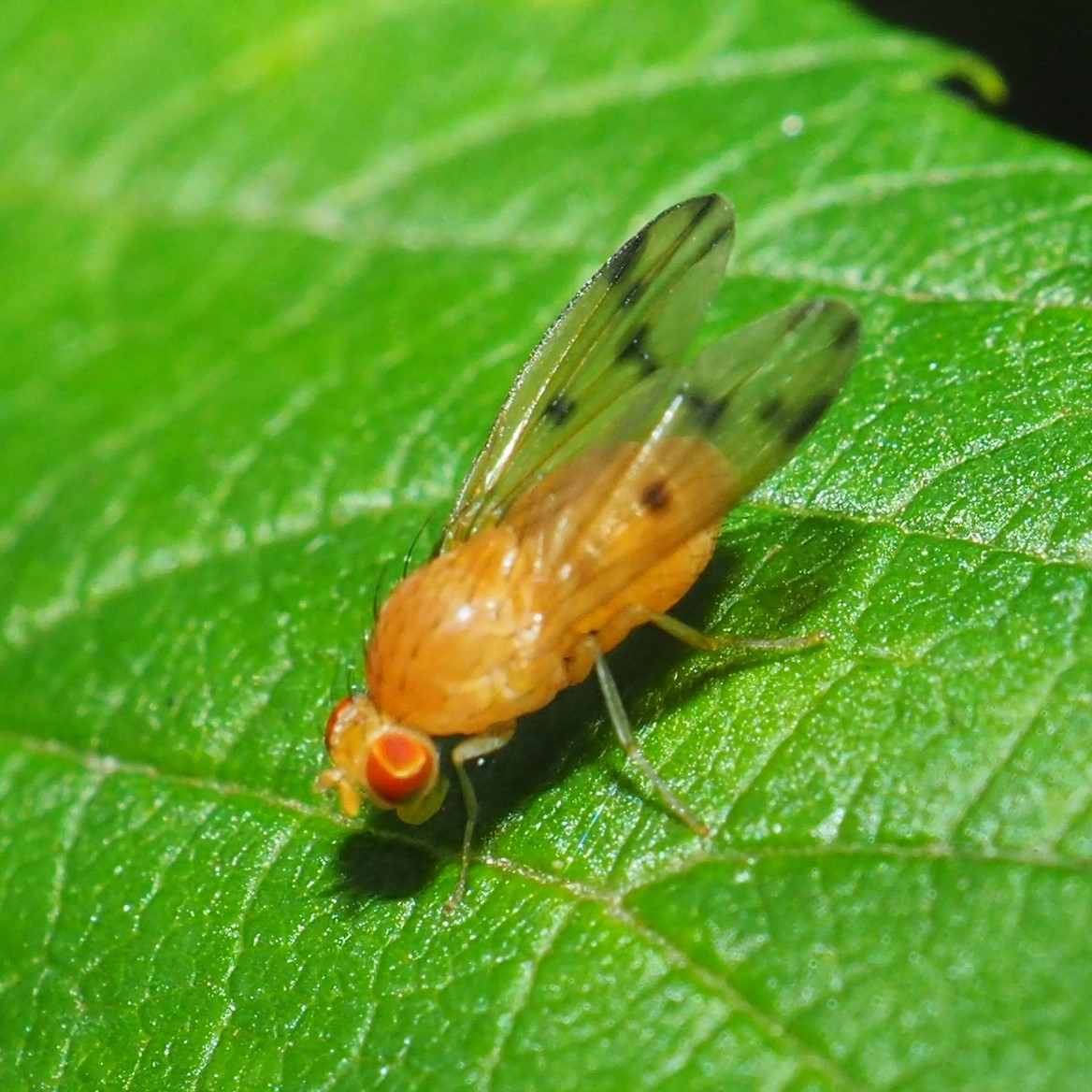
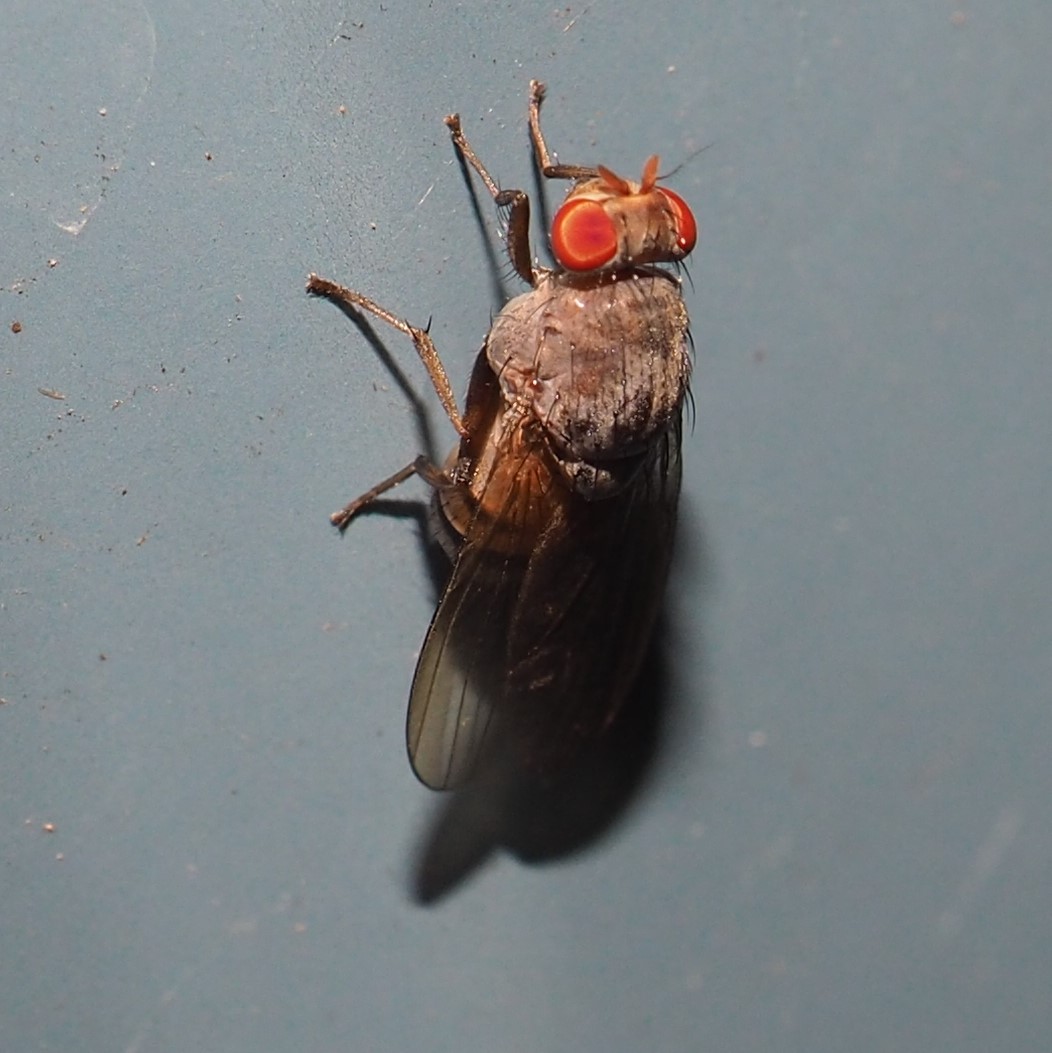
How many different species of Moth Fly did we see this week? Three, maybe. What do you think? Are the first and third ones the same?
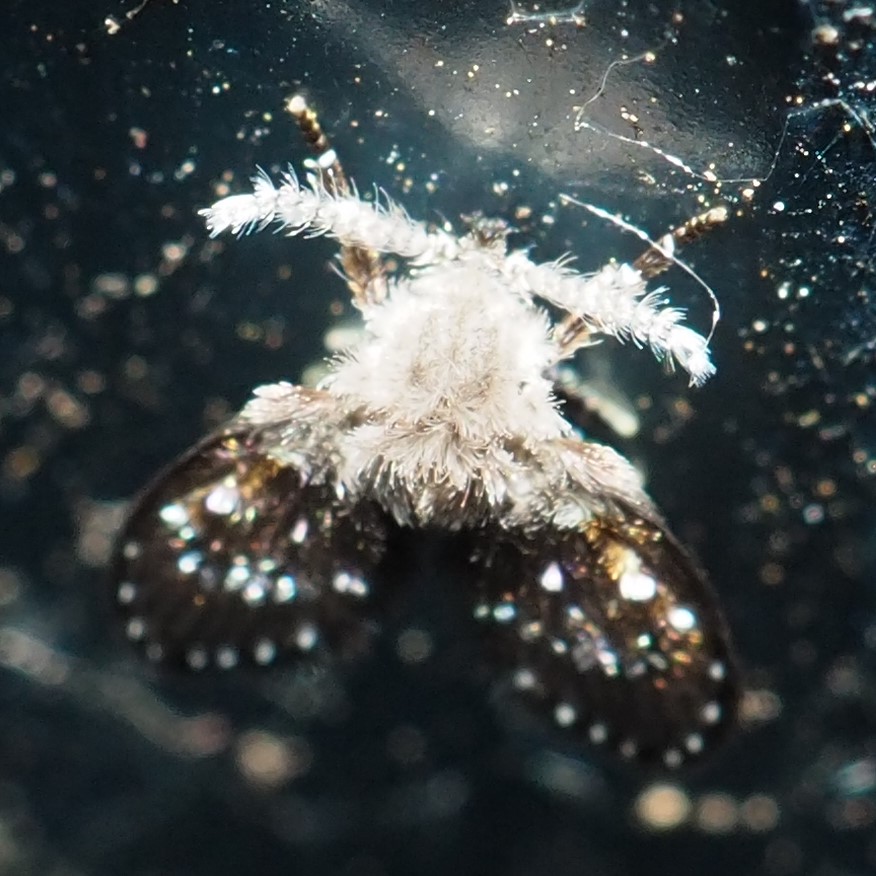
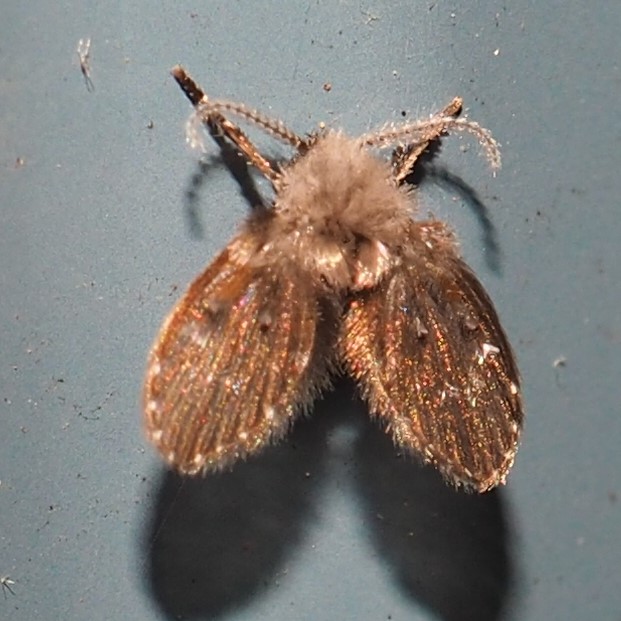
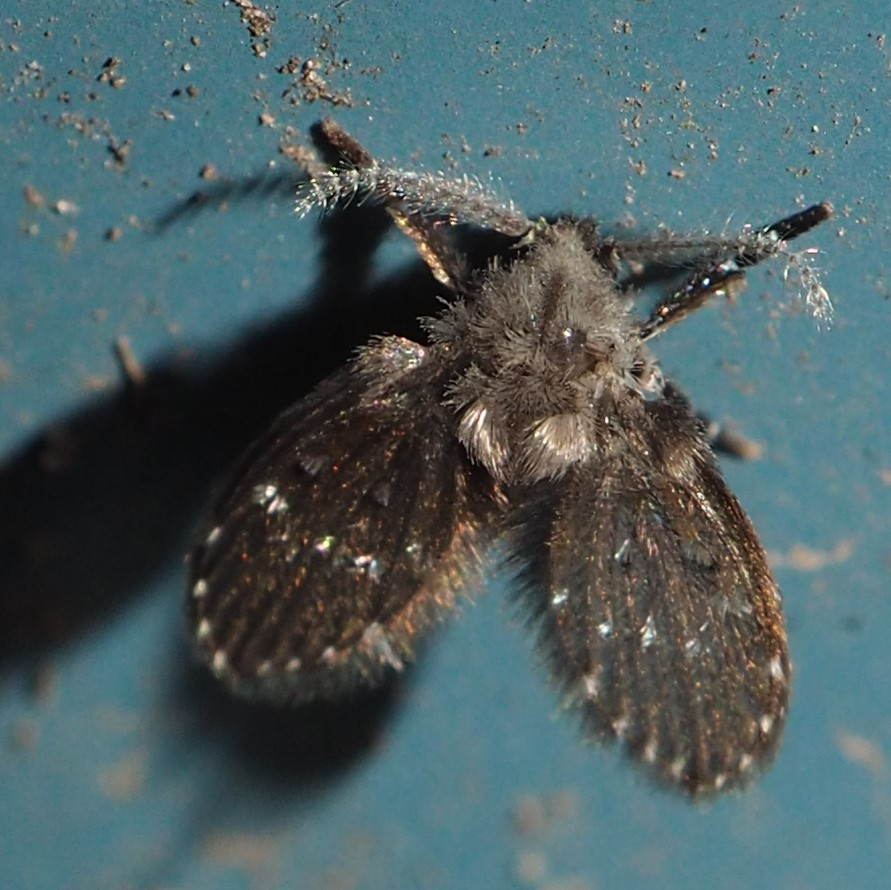
This mosquito, one that I always used to scream "Aedes!" when I saw it, is actually still an Asian Rock Pool Mosquito (Ochlerotatus japonicus), not the scary mosquito that carries such dreadful diseases. Second is a freak photo of an orange iridescent Long-legged Fly leaping into the air. The third one was identified for now as a Nematoceran Fly, possibly related to the Fungus Gnats. Different from what I think of as a Fungus Gnat, that's for sure. Actually when I was chasing it, it acted more like a little wasp! And fourth I think really is a wasp.
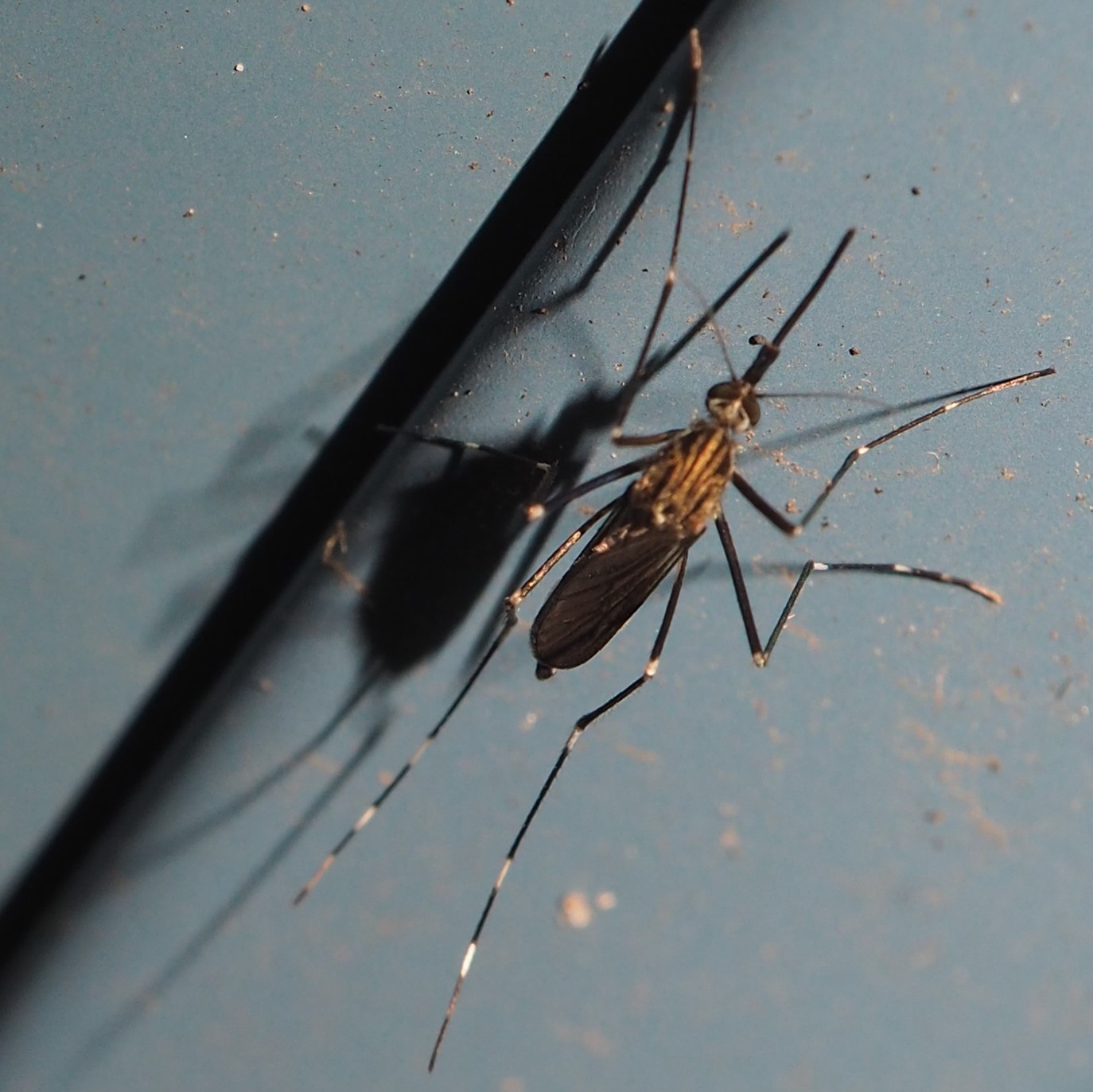
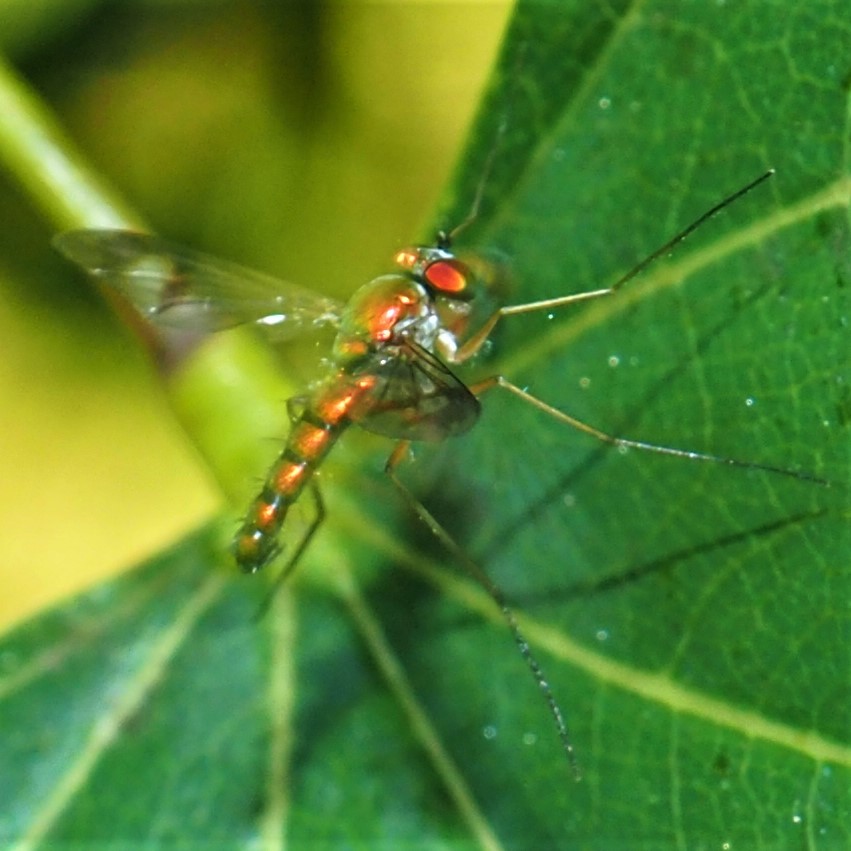
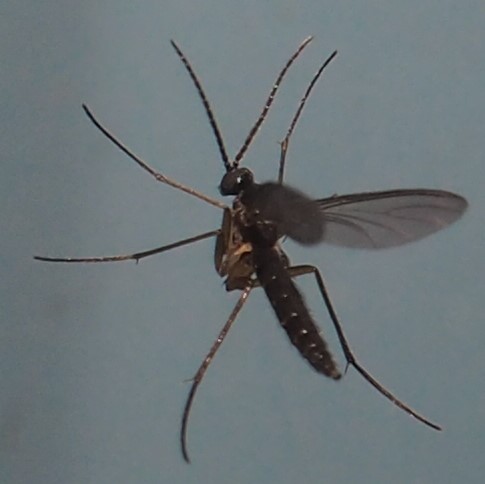
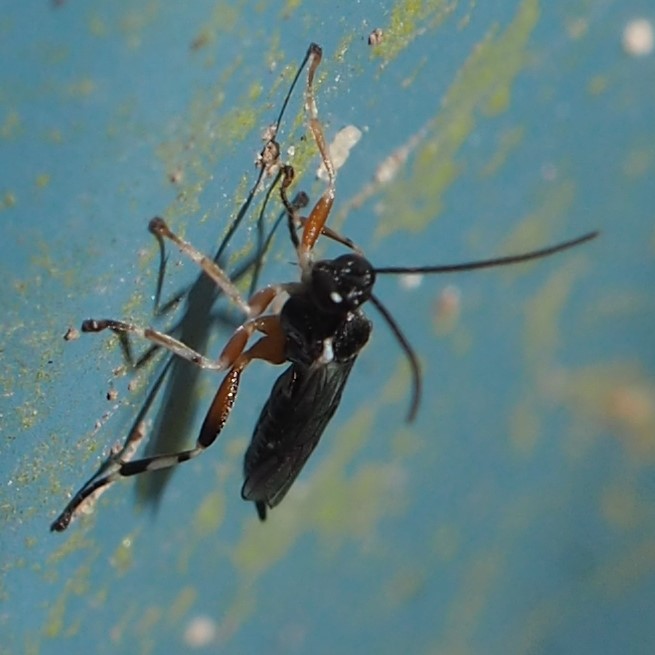
Here's Froggy! Still around, still vocal. This frog has been with us since last summer, when he was a very young frog. He spent the whole winter invisible and then reappeared in the spring and we've been in contact all this time. I wonder if he will start calling for a female this year yet or will wait till next year, if he's still here.

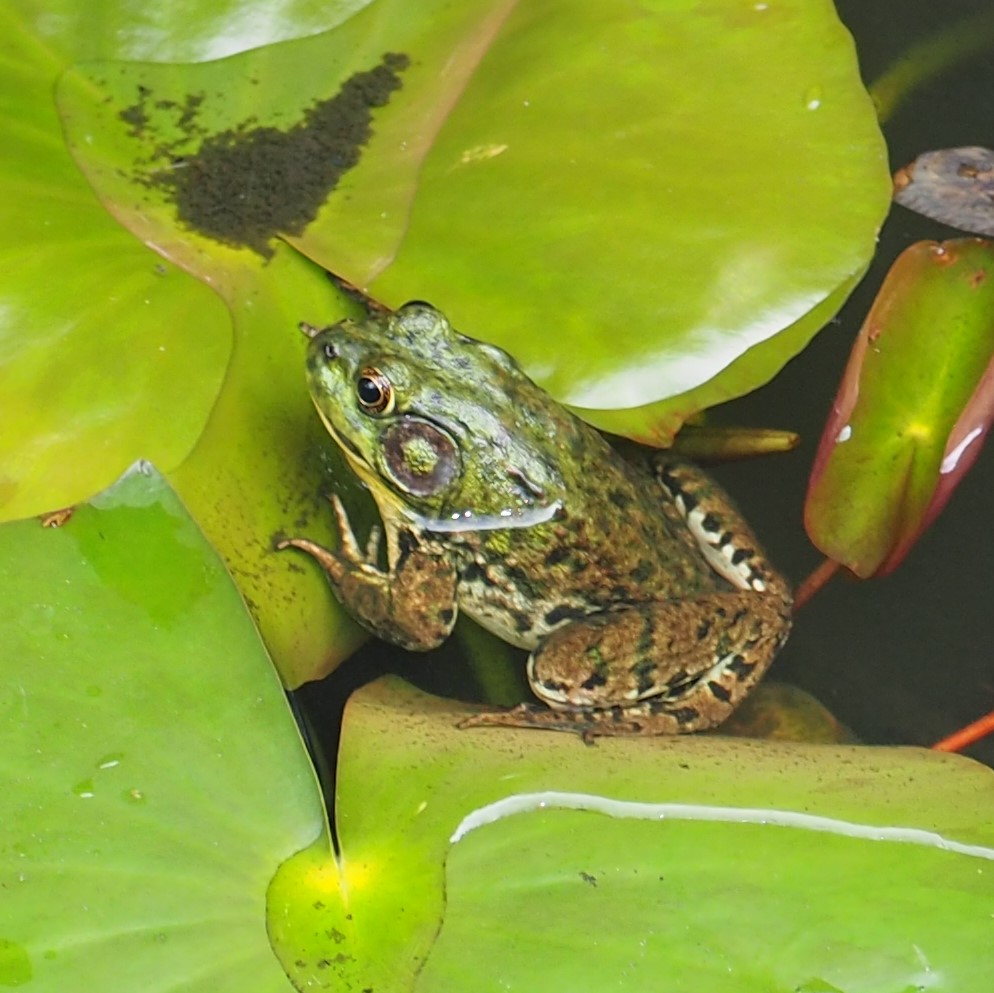
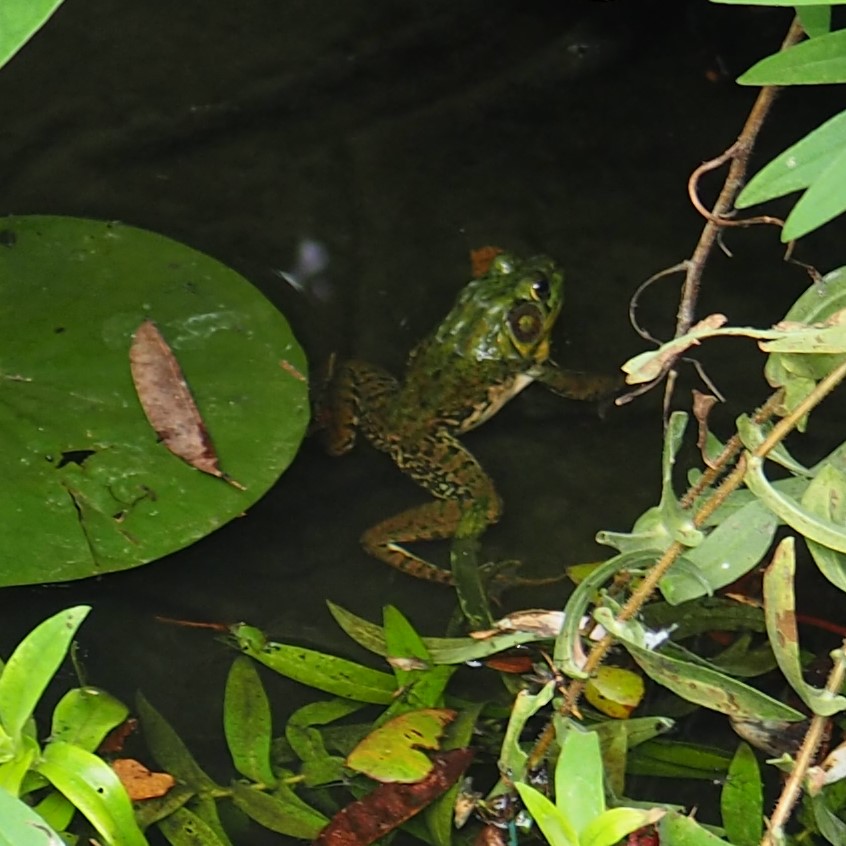
The galls are still coming and I'm still confused. Here is some goldenrod with fluffy little galls -Kimberlie Sasan says they look as if they're made by a wasp. Second is a gall on a Goldenrod Leaf, as opposed to one a STEM. The third one shows one of the fluffy galls just below what looks like a Goldenrod Bunch Gall, probably caused by a midge, the Goldenrod Bunch Gall Midge, Rhopalomyia solidaginis. Fourth is a Goldenrod Bunch Gall with Rust Spots.
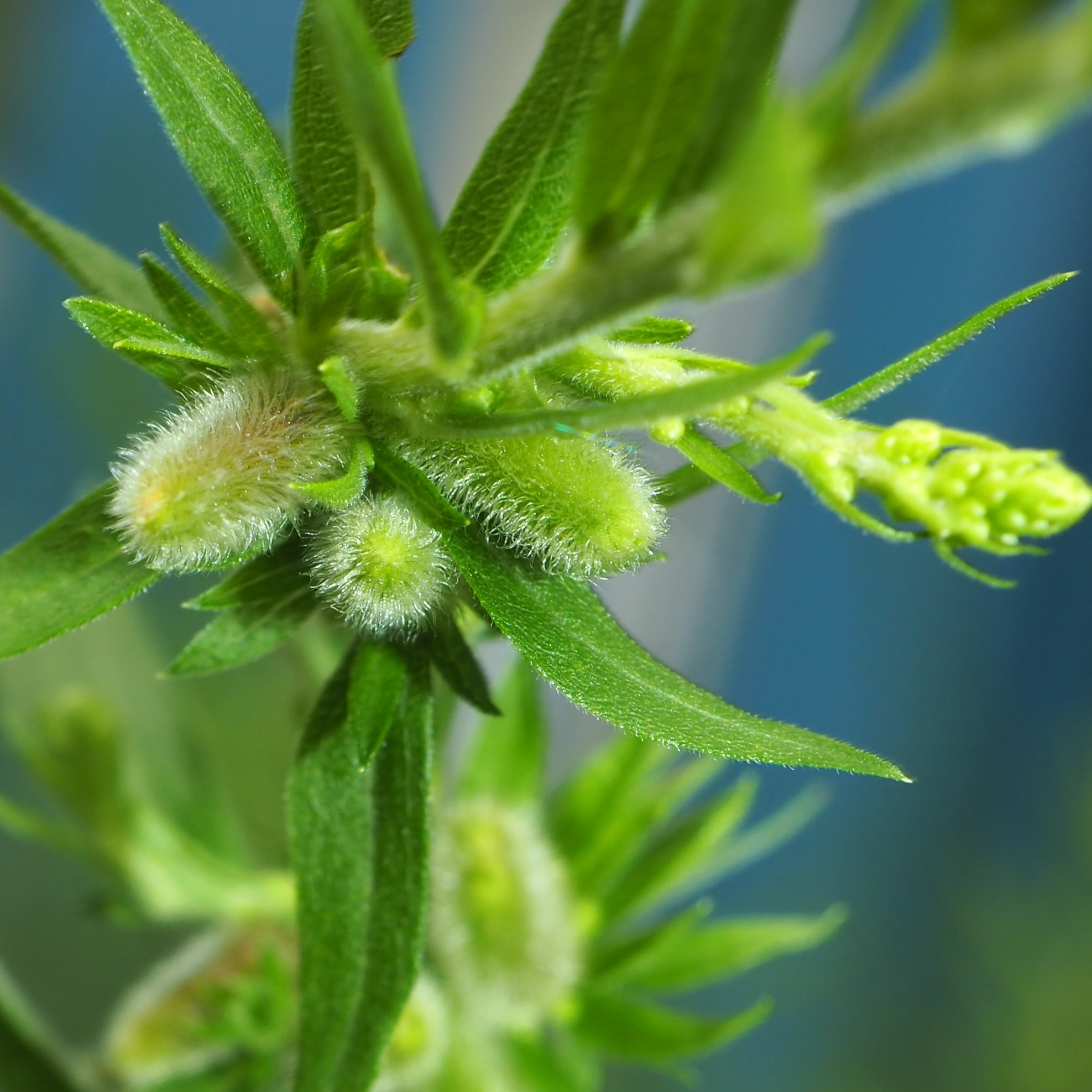

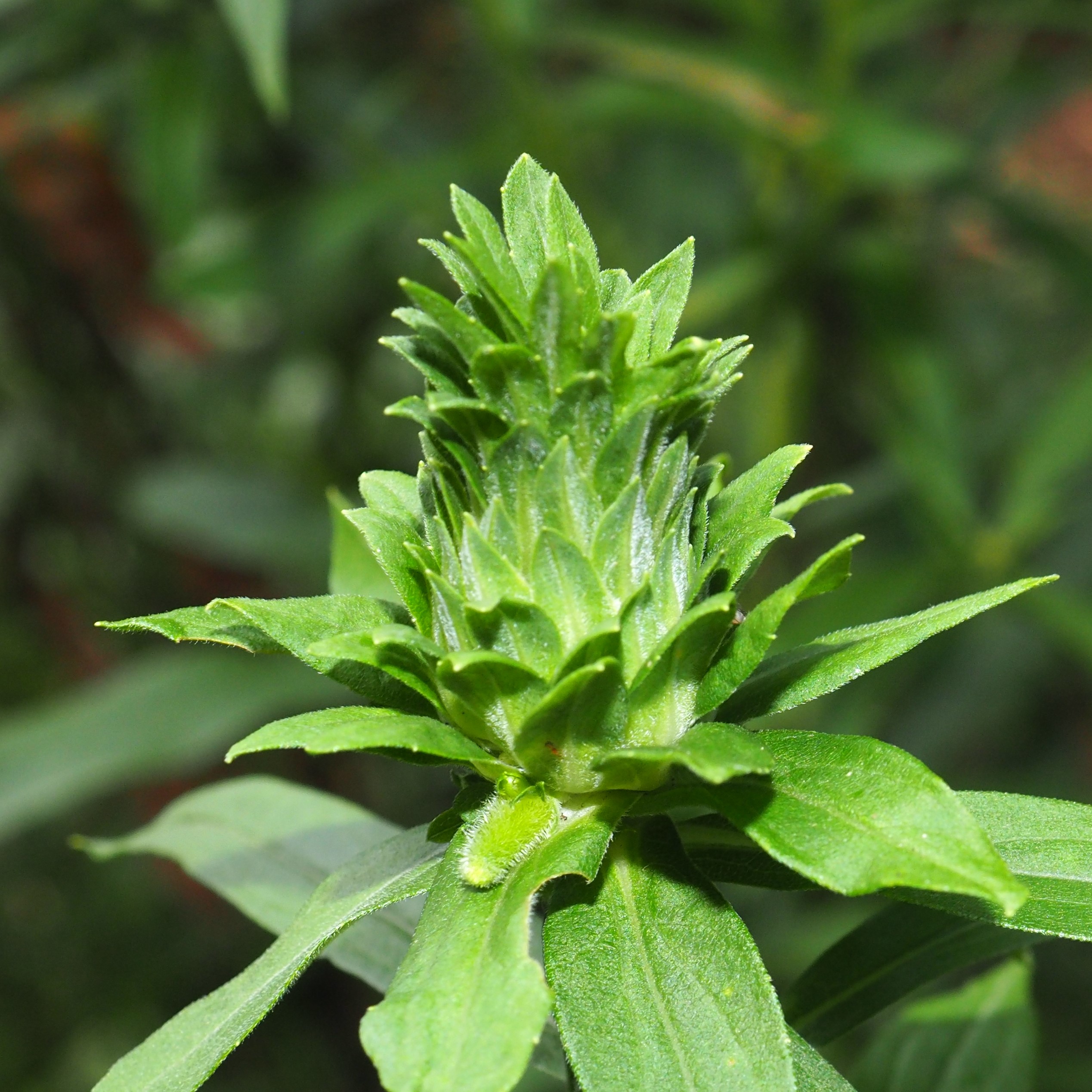
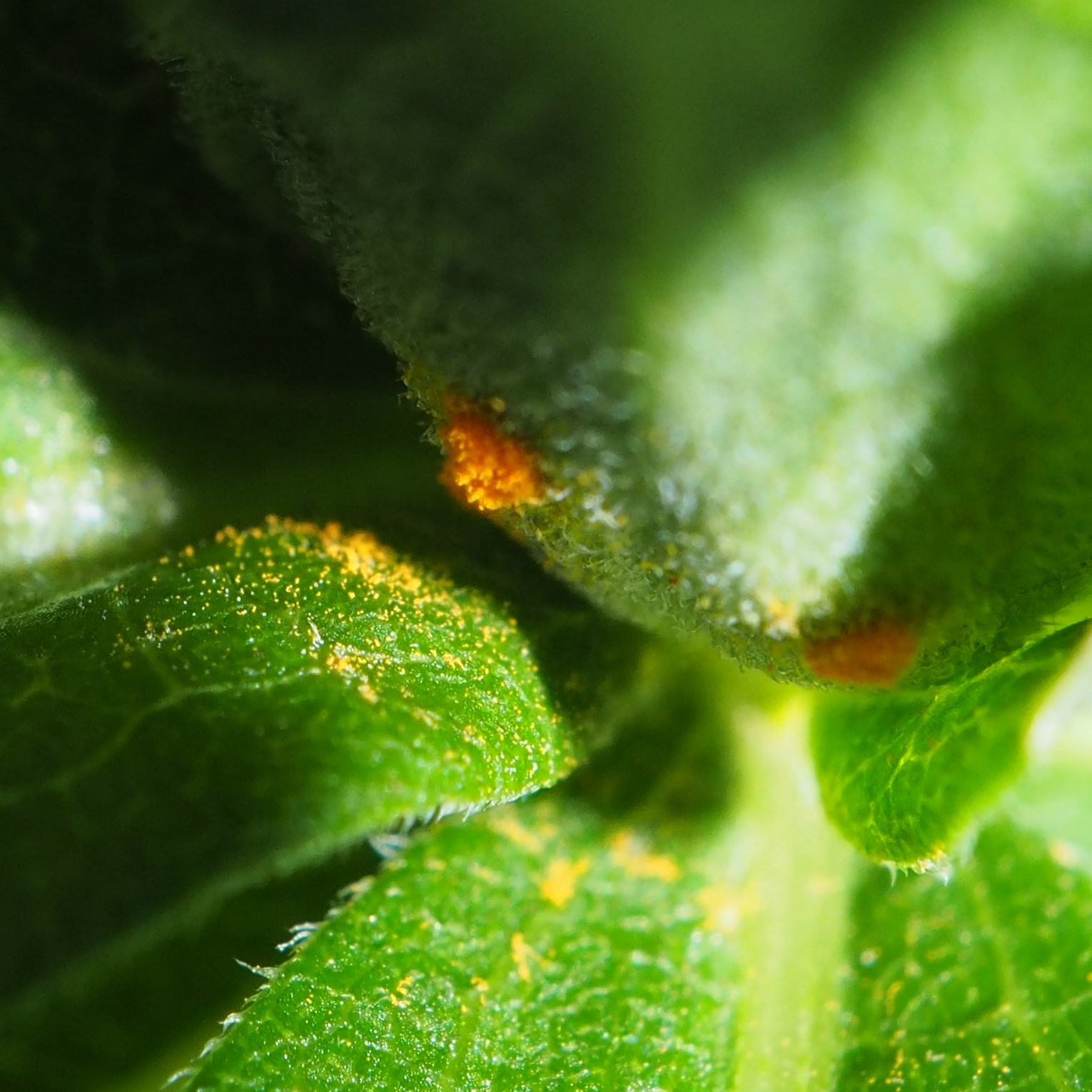
One last Goldenrod shot - buds getting ready to bloom - soon I hope! Now you've seen some different things that various little creatures cause in their host plants. They may cause the plant to put out too many leaves or a fluffy gall. Picture 2 here shows the pink galls we saw earlier, and picture 3 shows a strange growth on a maple leaf. Those swellings are another kind of gall.
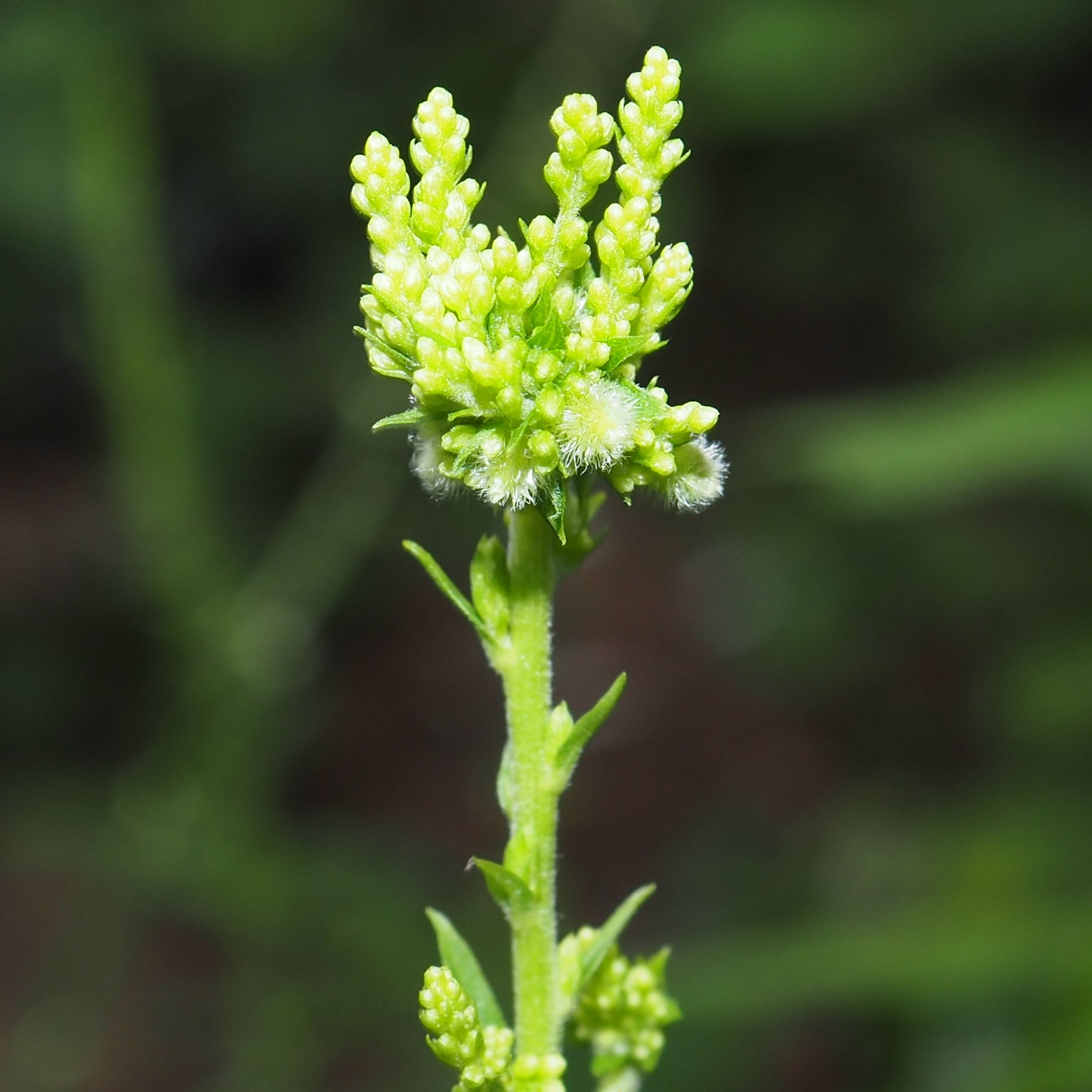
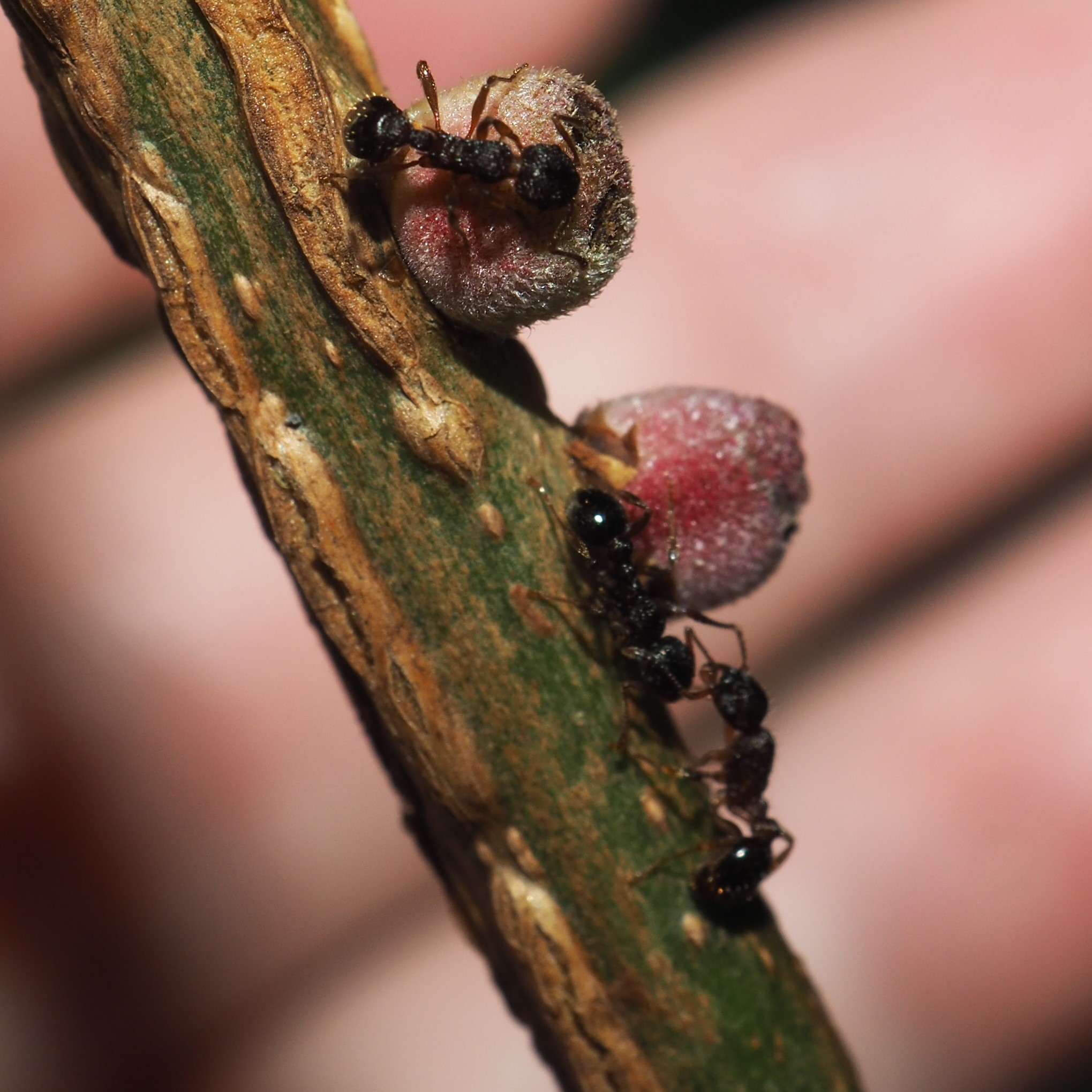

There are other things that can happen to a leaf. Here are two pictures of a Poison Ivy leaf that has been made into "lace" by some creature that loves to nibble on Poison Ivy. I don't have a picture of that creature. But here is another picture of an Oak leaf that has been "lacified". Last is another Oak leaf that was "lacified" by a Japanese Beetle. Maybe that's who did the leaf in picture 3... But do you think the Japanese Beetle also lacified the Poison Ivy leaves? We know Japanese Beetles love Oak, but do you think they would like Poison Ivy the same amount? If they do, do you think they would make the same pattern in the Poison Ivy leaf? Plenty to think of. "Maybe" might be a good answer to all these questions.
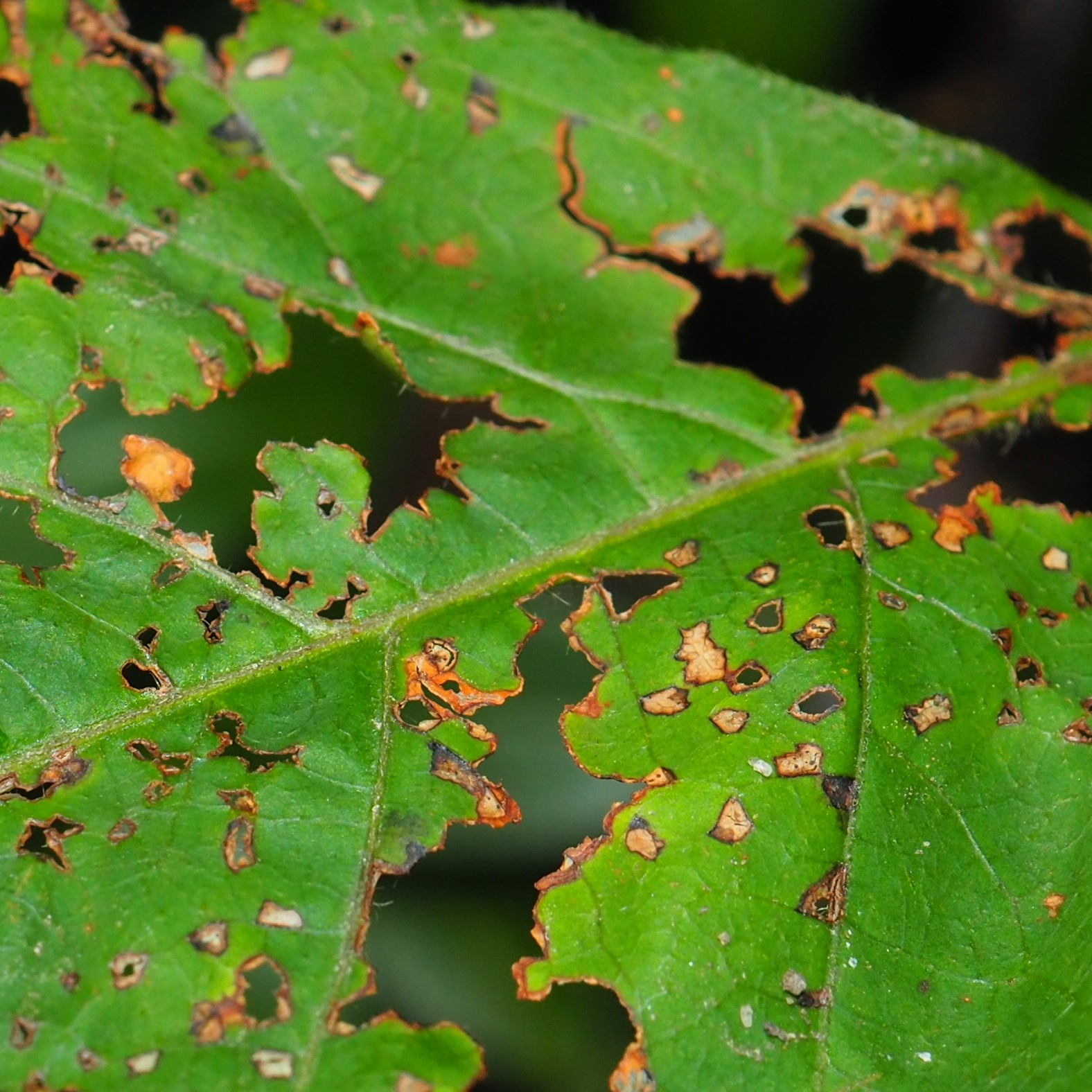
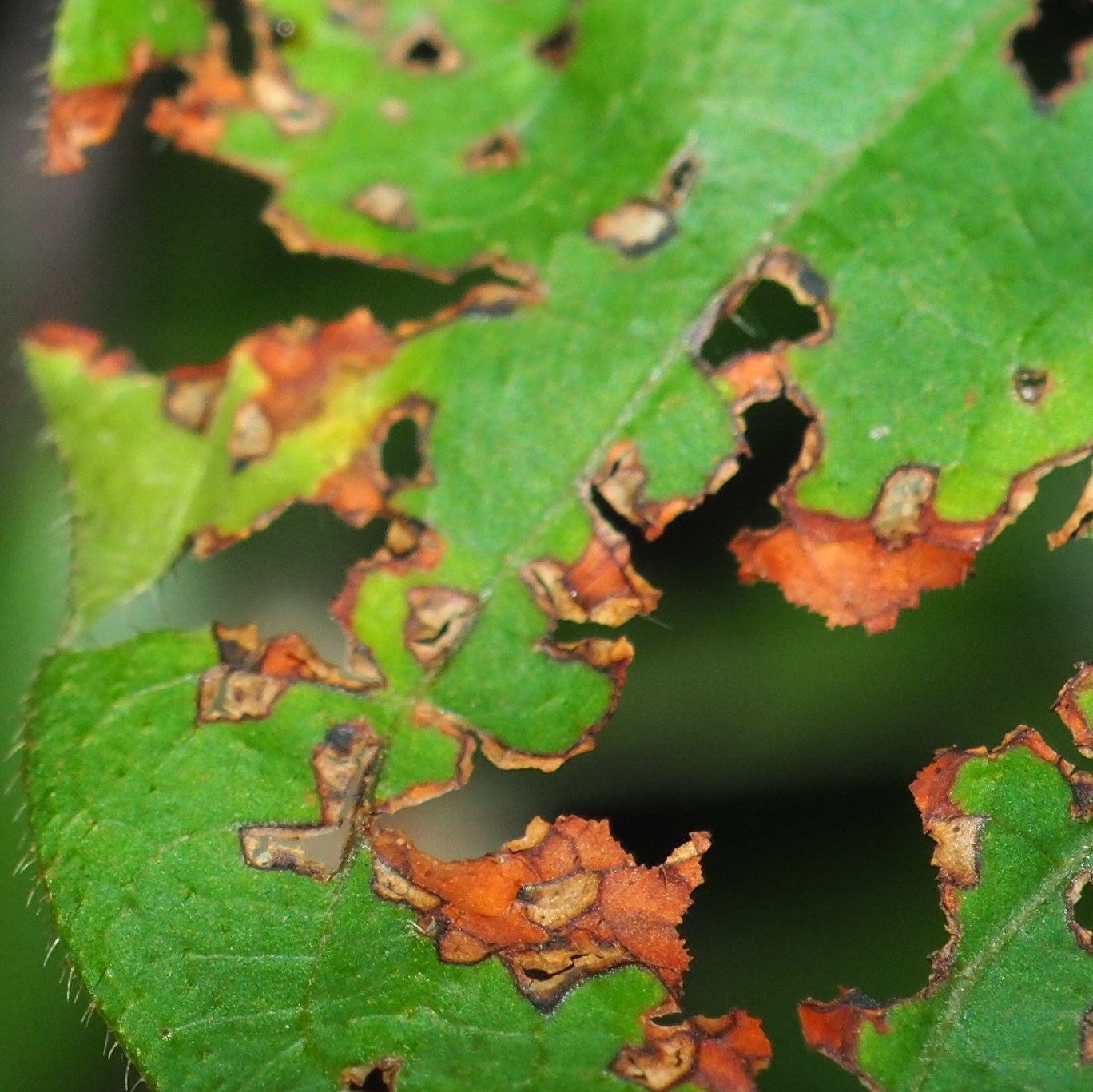
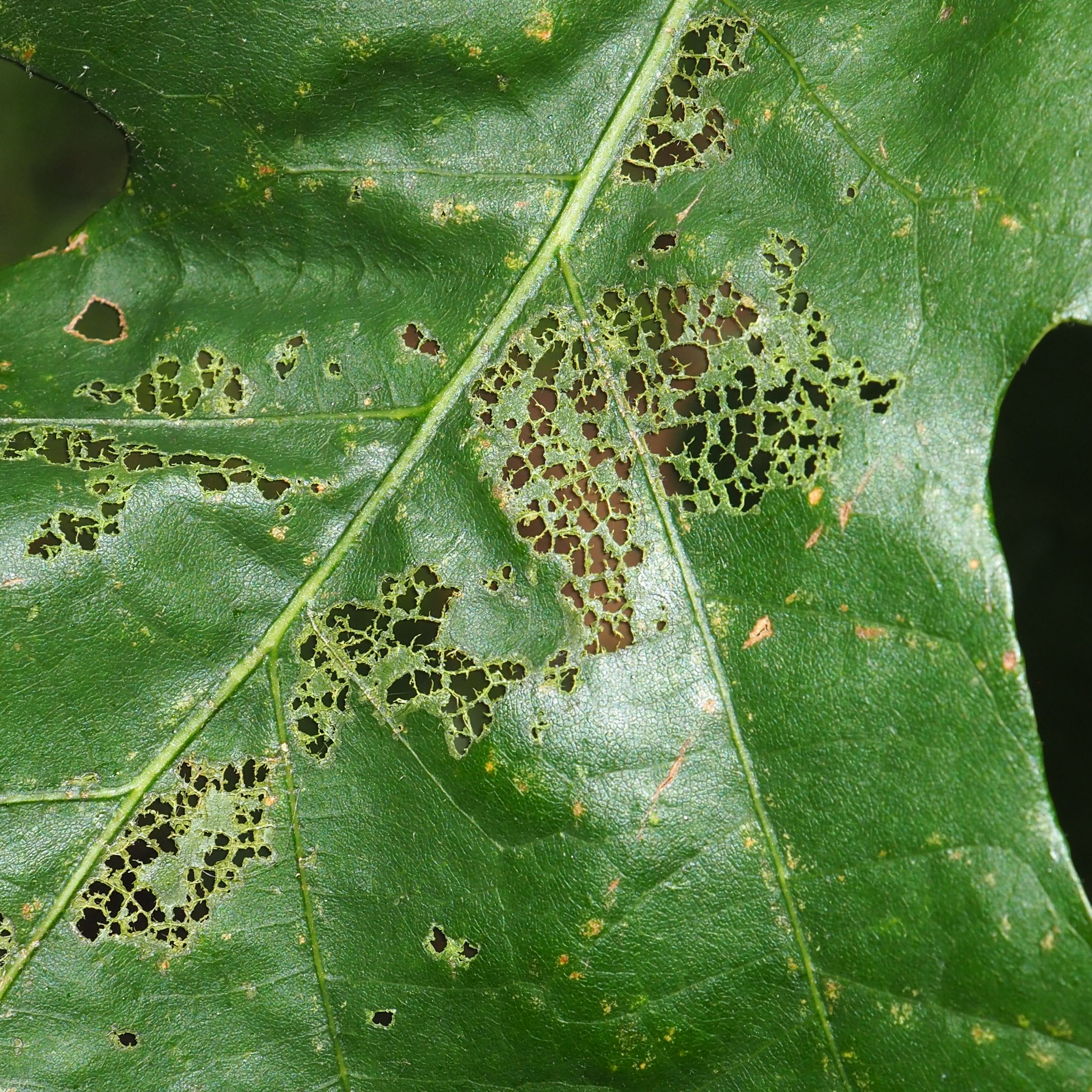
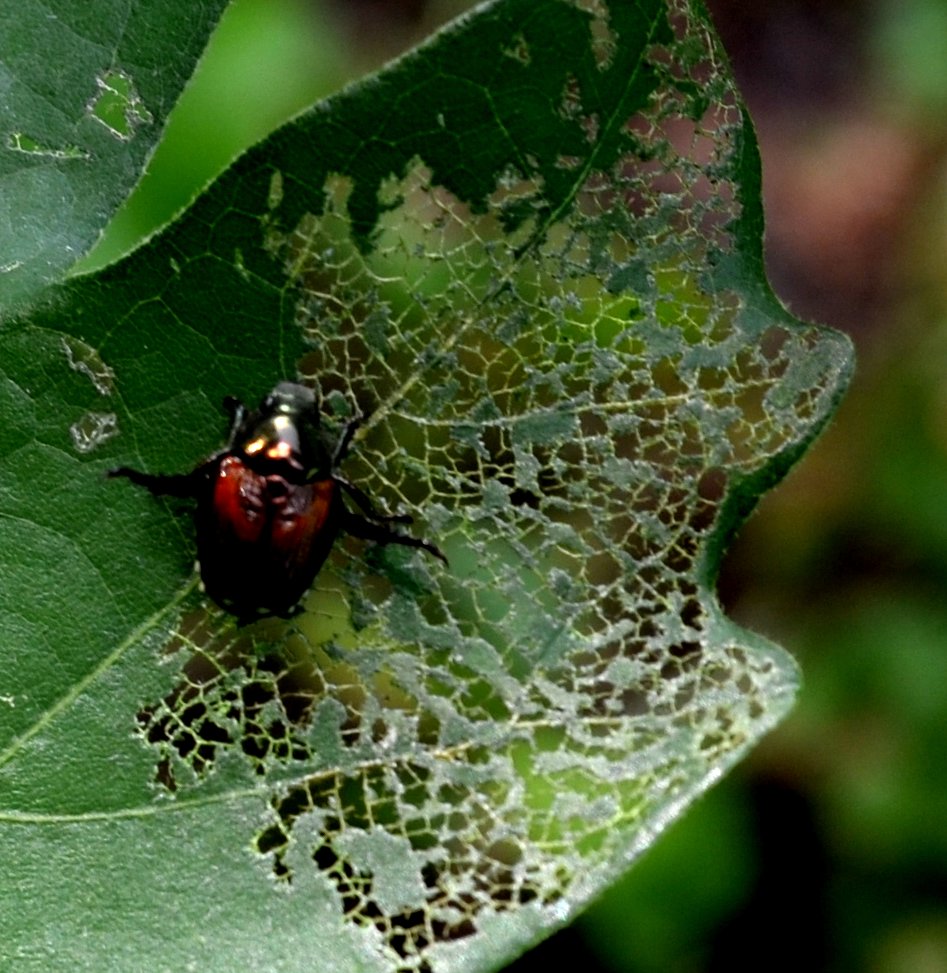
We've looked at various galls - now let's look at some of the little egg masses we've seen in various places. This first one is an old egg ball on oak. I haven't seen it open yet. Second is one that has been on the shop wall for a while. Third is that cute jutty one - every once in a while it looks as if something is hatching but today there is another possible hatchee.
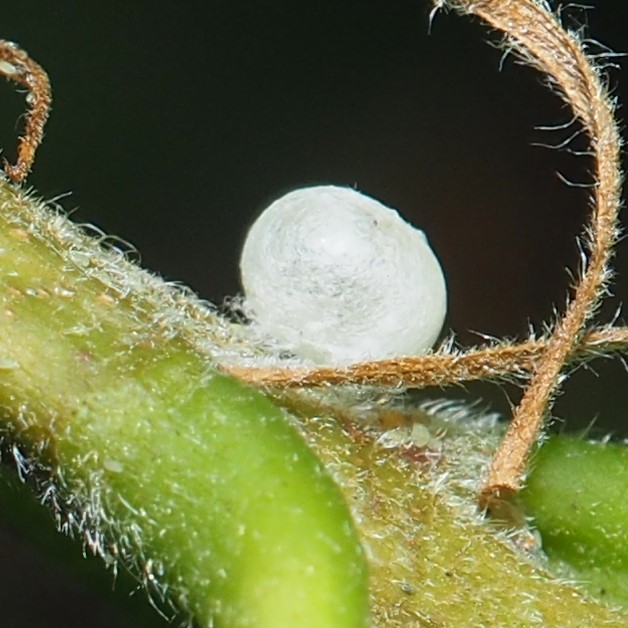
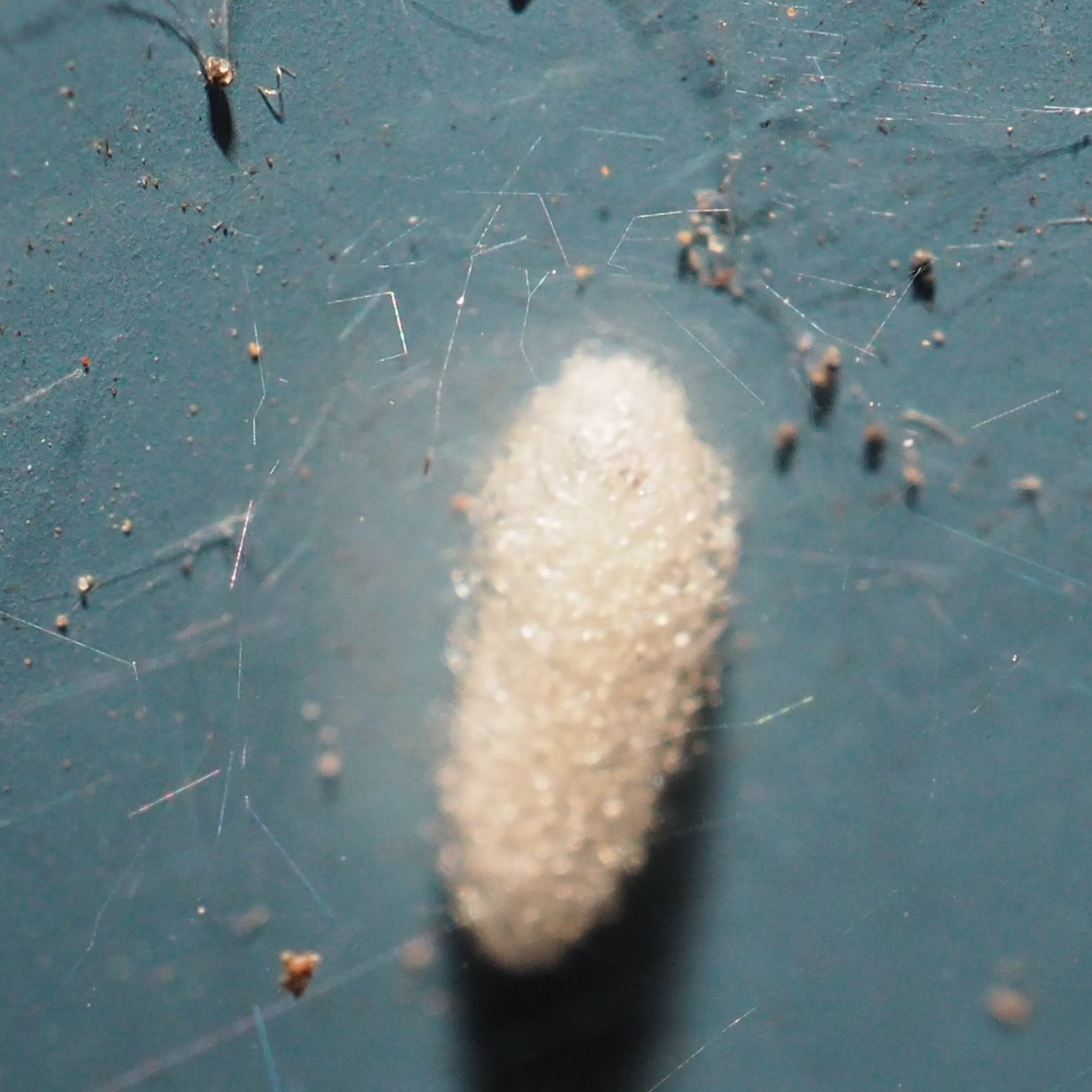
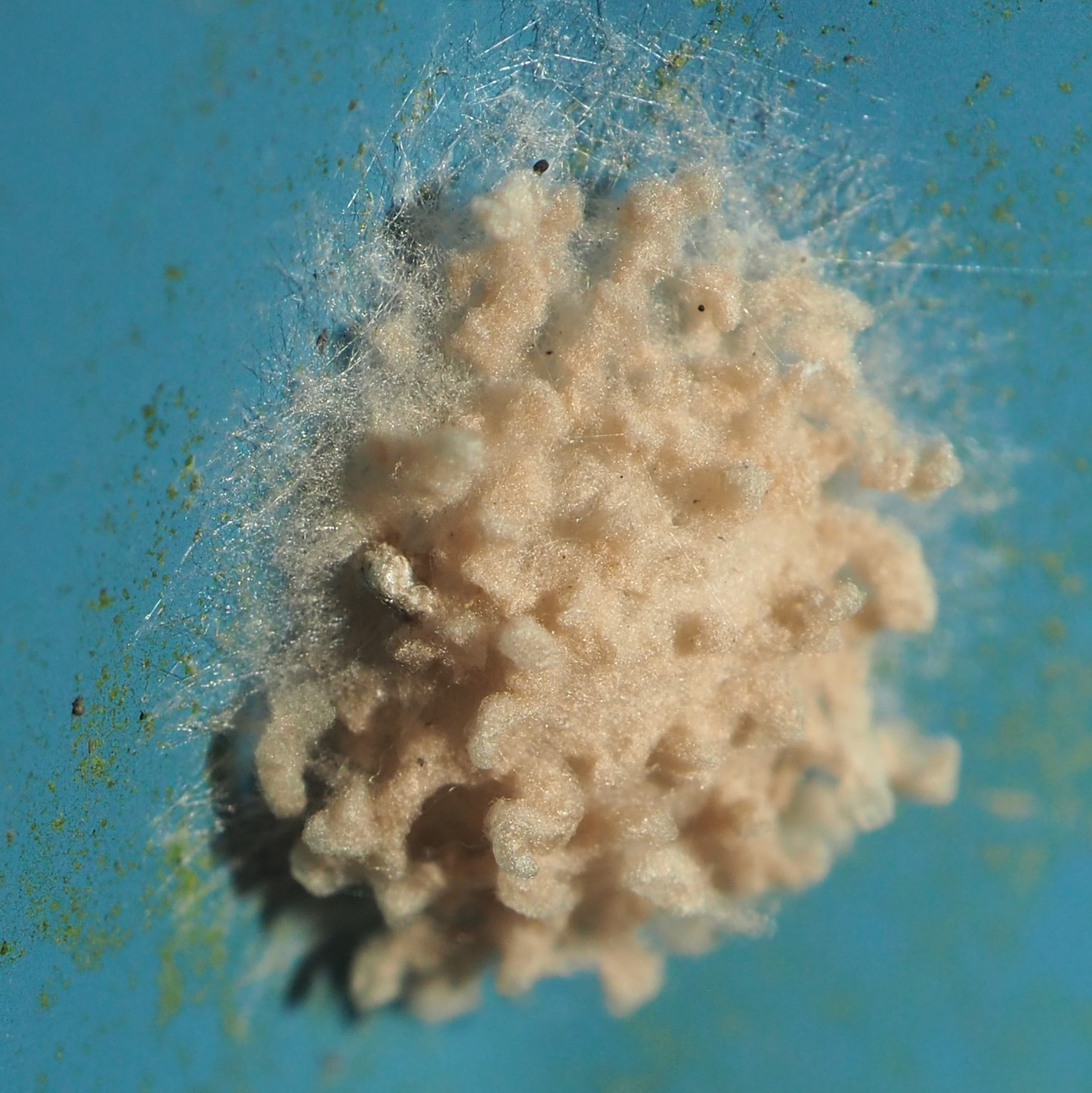
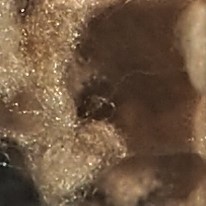
Yesterday I saw this little eggish thing and then thought that might be the spider that made the egg case down below it. In picture 2, a spider's egg ball that we have been following for a couple of weeks looks as if it is torn open. Do you suspect that the tiny creatures below the ball might be baby spiders? Third is an oval shape painted black on white. I've never seen one of these before. I wonder if it might be someone's egg?
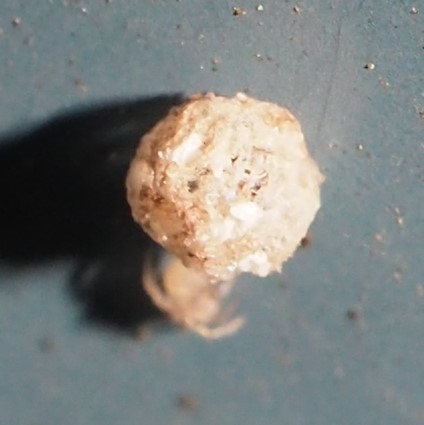
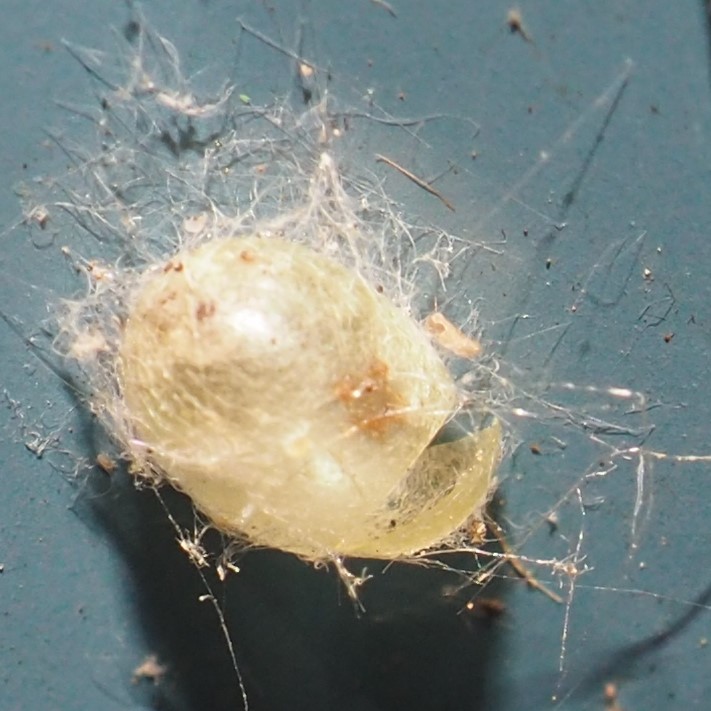
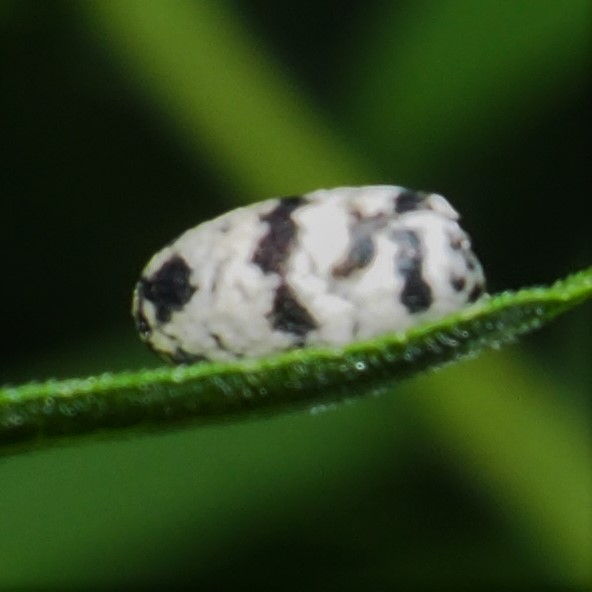
We just have a few little pictures before we get to the spiders! A lovely Harvestman, black on red. A millicentipede, my word for one that I can't count the feet on to be able to tell which it is. A scorpionfly, and another scorpionfly.
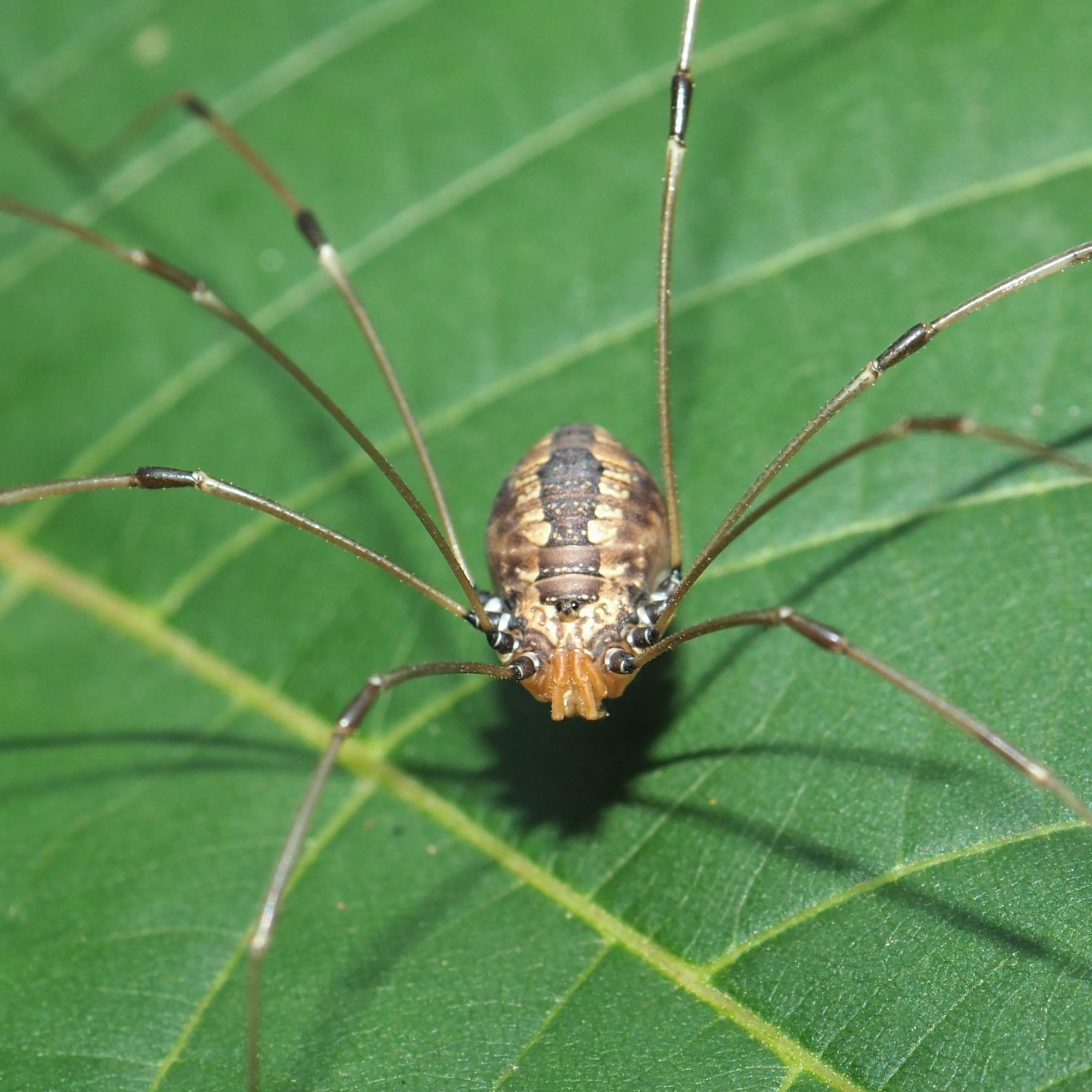
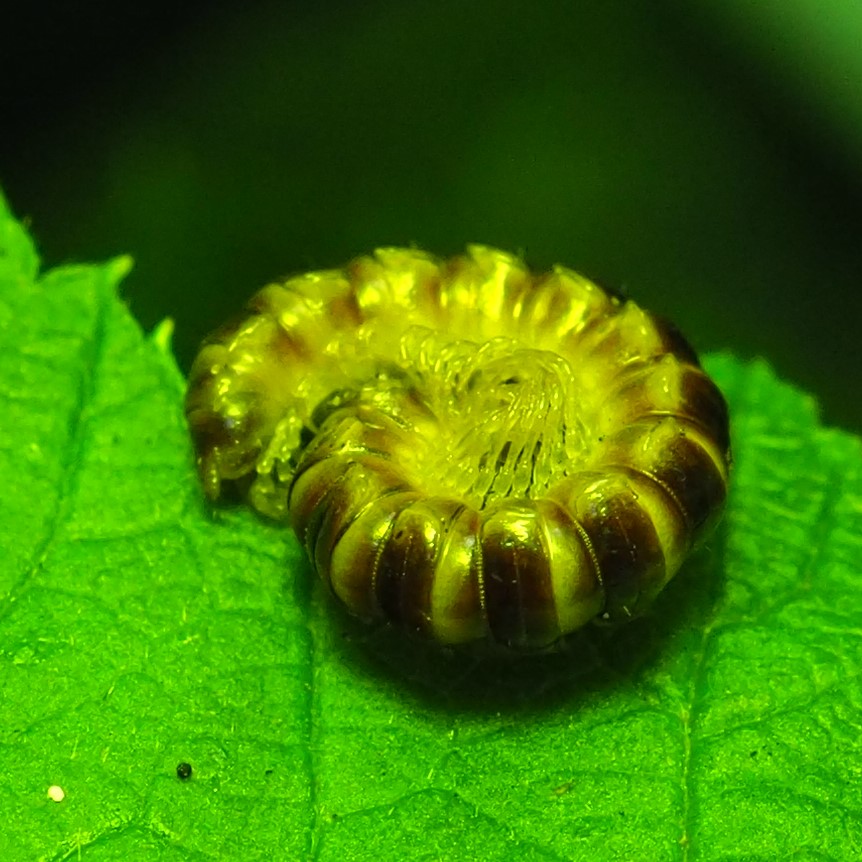
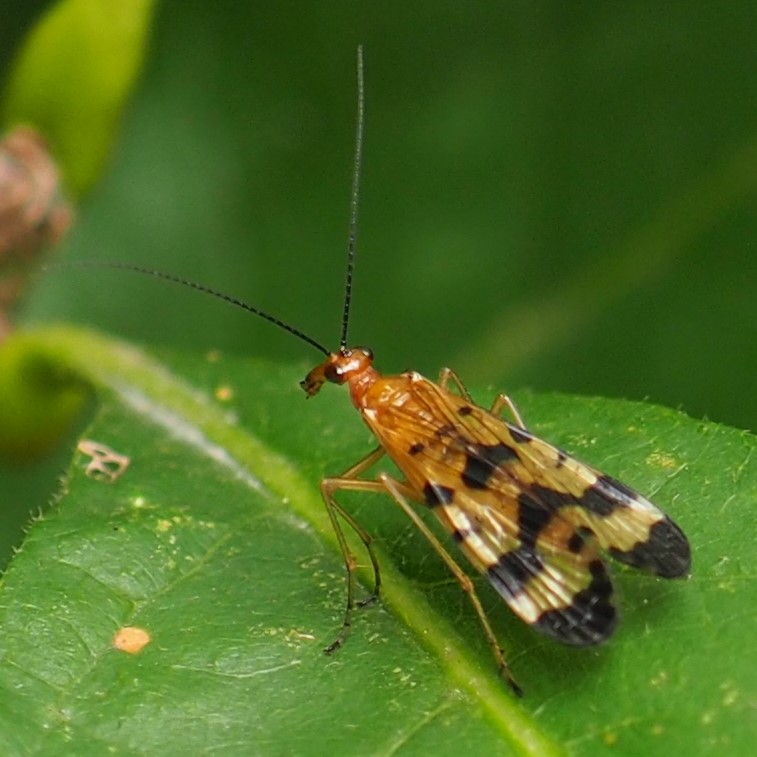
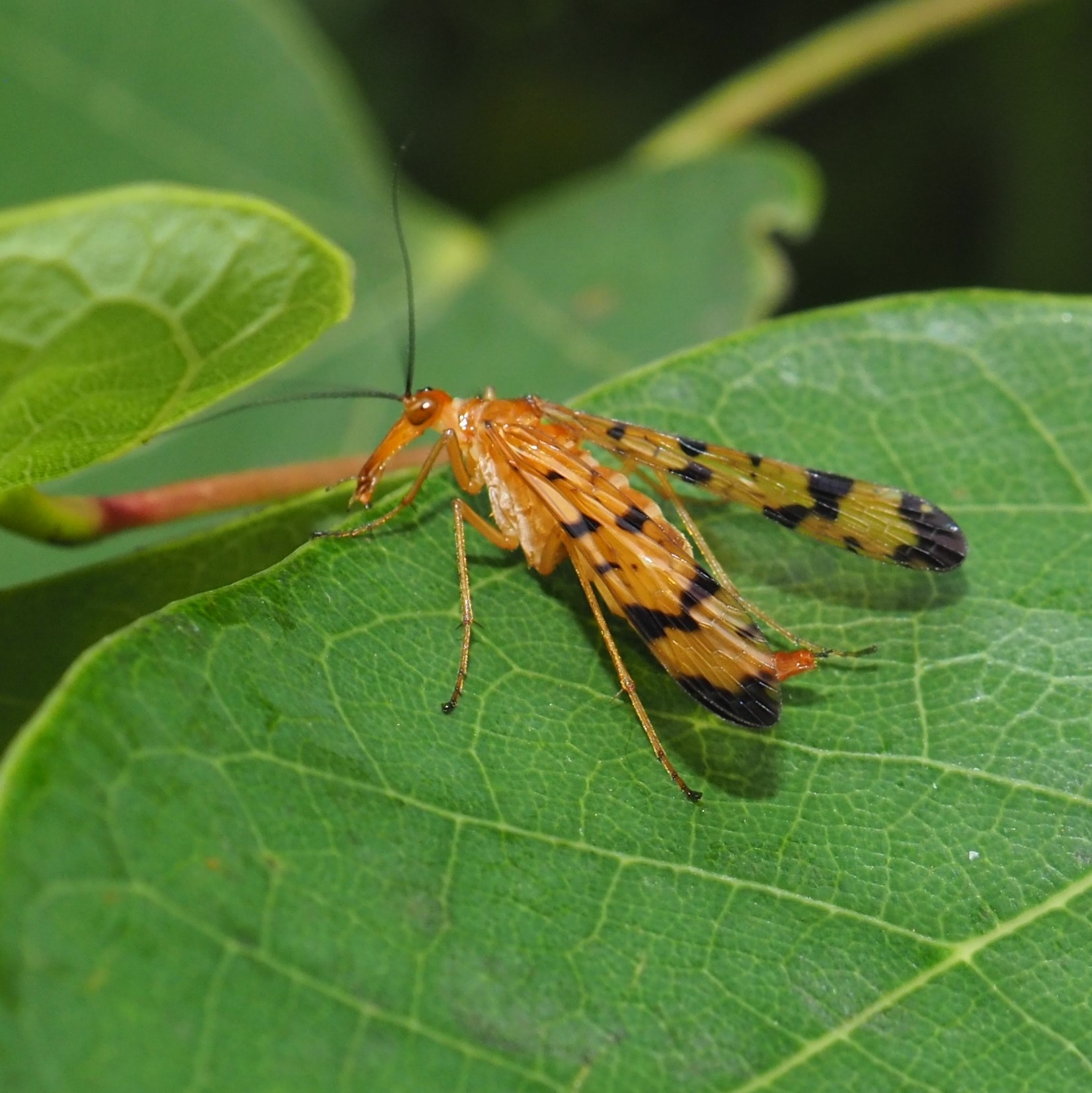
This first creature I had to send to Matt Claghorn (Claggy) - it looked like a spider but had only 5 legs. Matt replied that "that cellar spider (genus Pholcus) had a rough time of it", or something like that. Number 2 looked as if it had stayed out of the fight. Third is a Common House Spider.
.jpg)
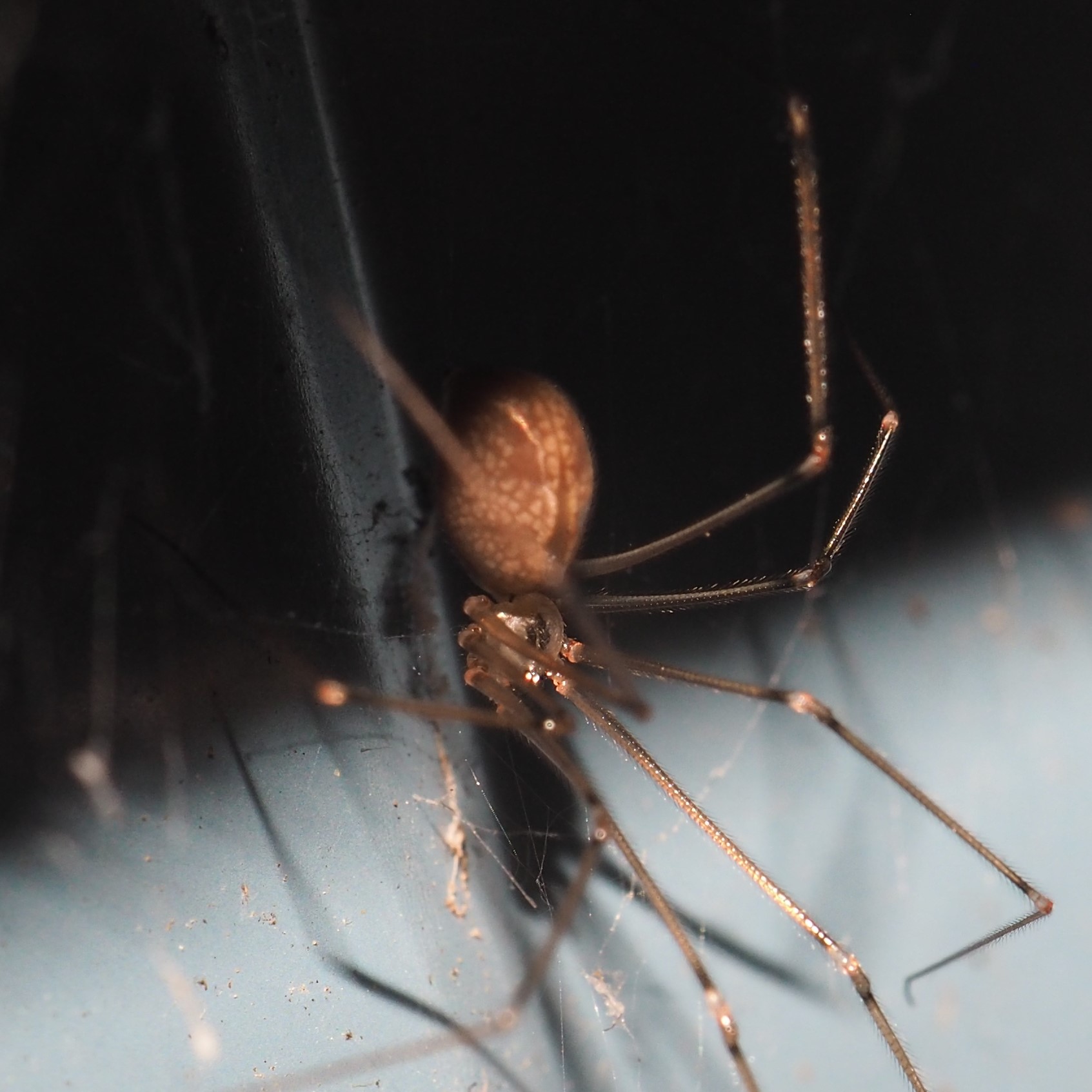
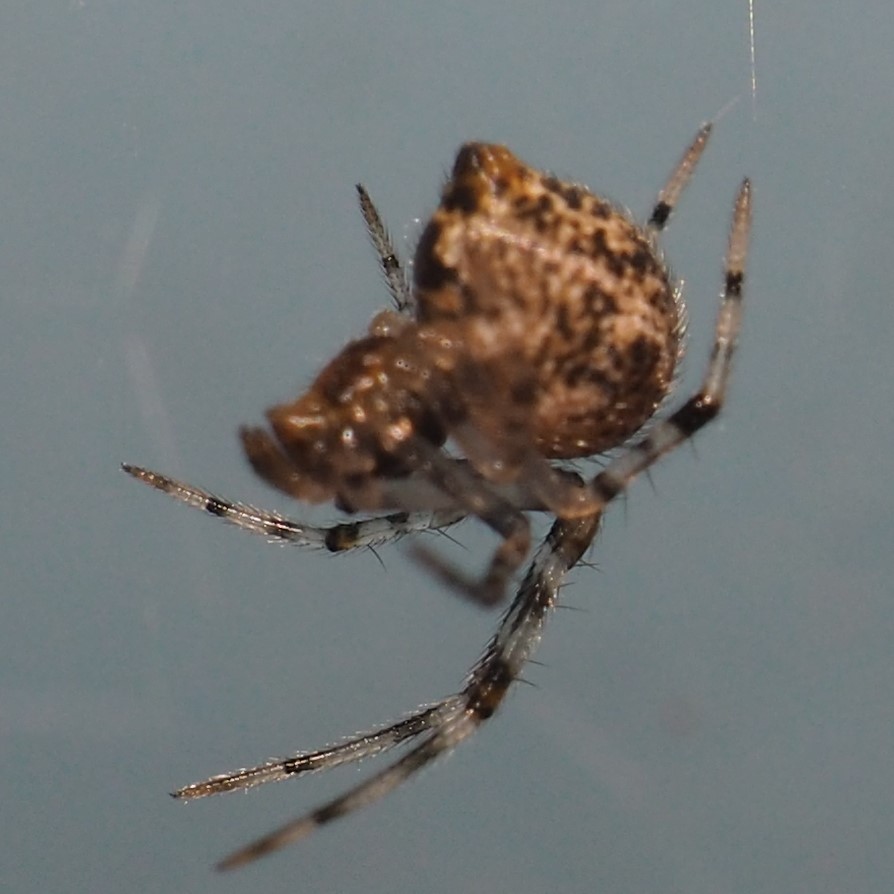
Here is the Eastern Parson Spider, Herpyllus ecclesiaticus. Second looks to be another Cellar Spider. Third was about the size of some of the Crab Spiders, but I don't see any crabbiness about it.
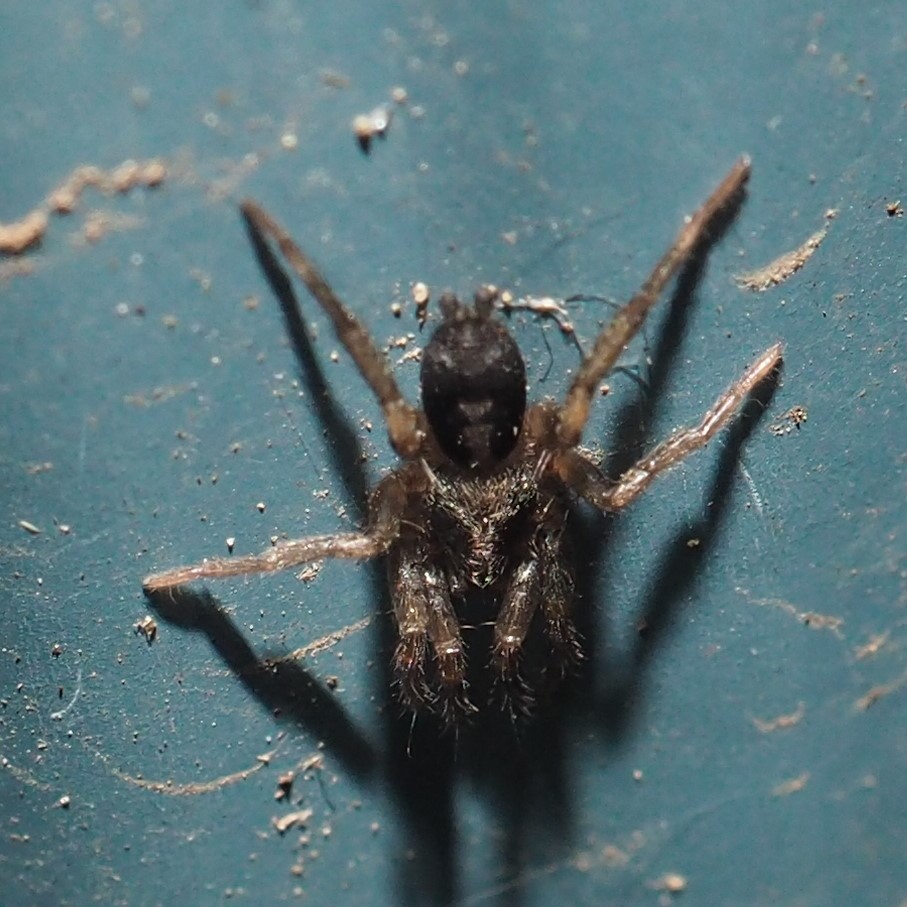
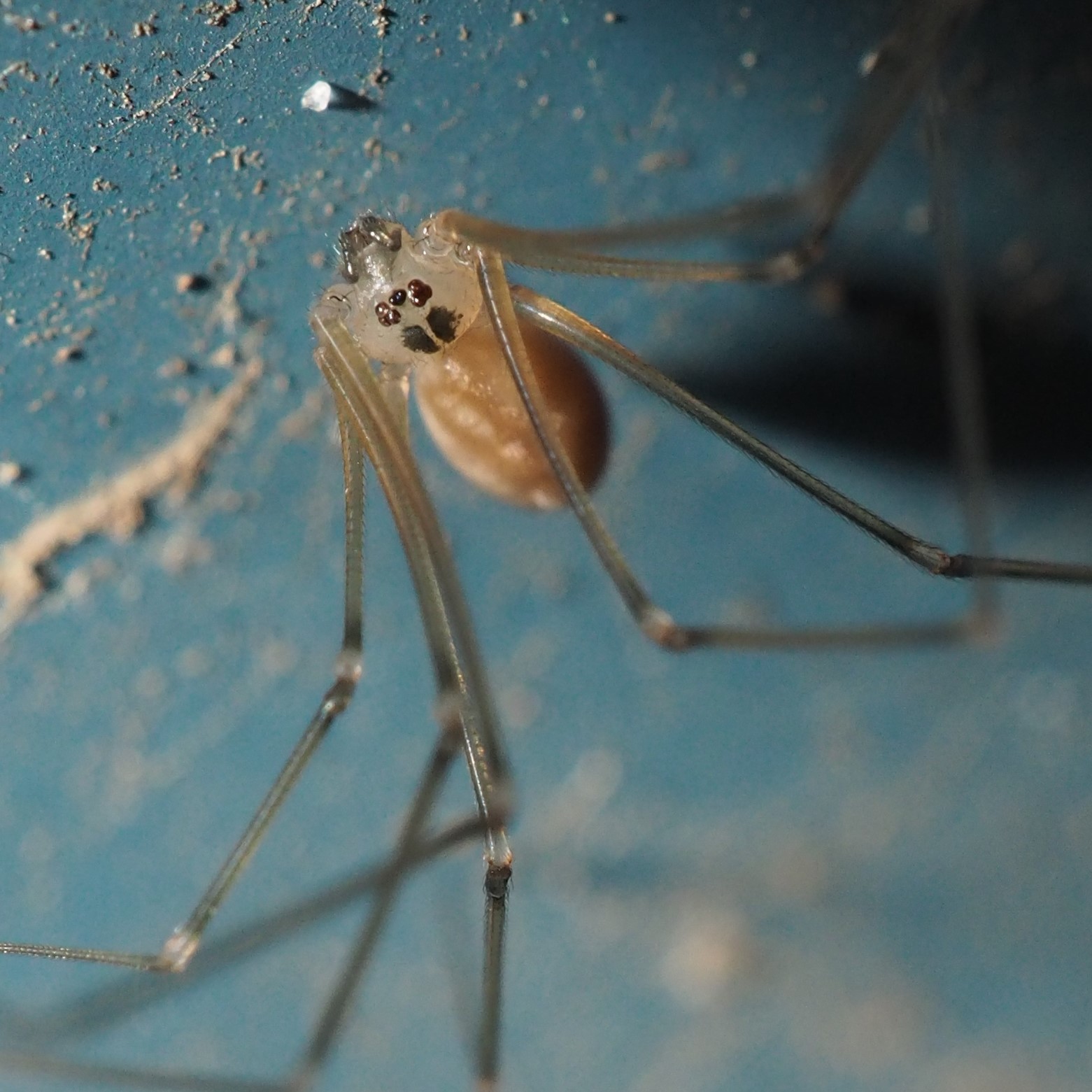

Was that IT for the spiders? That means we move on to the Wasps. I've learned that these days if I want to see a wasp, I have to go stand next to the Snowberry flowers. I think this great black wasp may be the Great Black Wasp. Numbers 3 and 4 are of one of the Yellowjackets. Look how hairy it is. Let's call it the Downy Yellowjacket, Vespula flavopilus (blond haired).
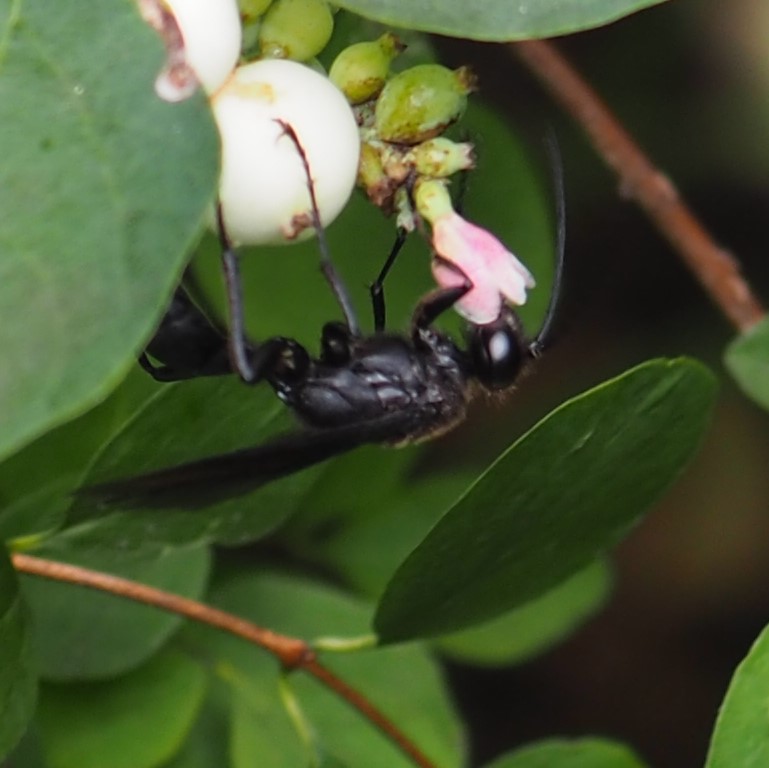
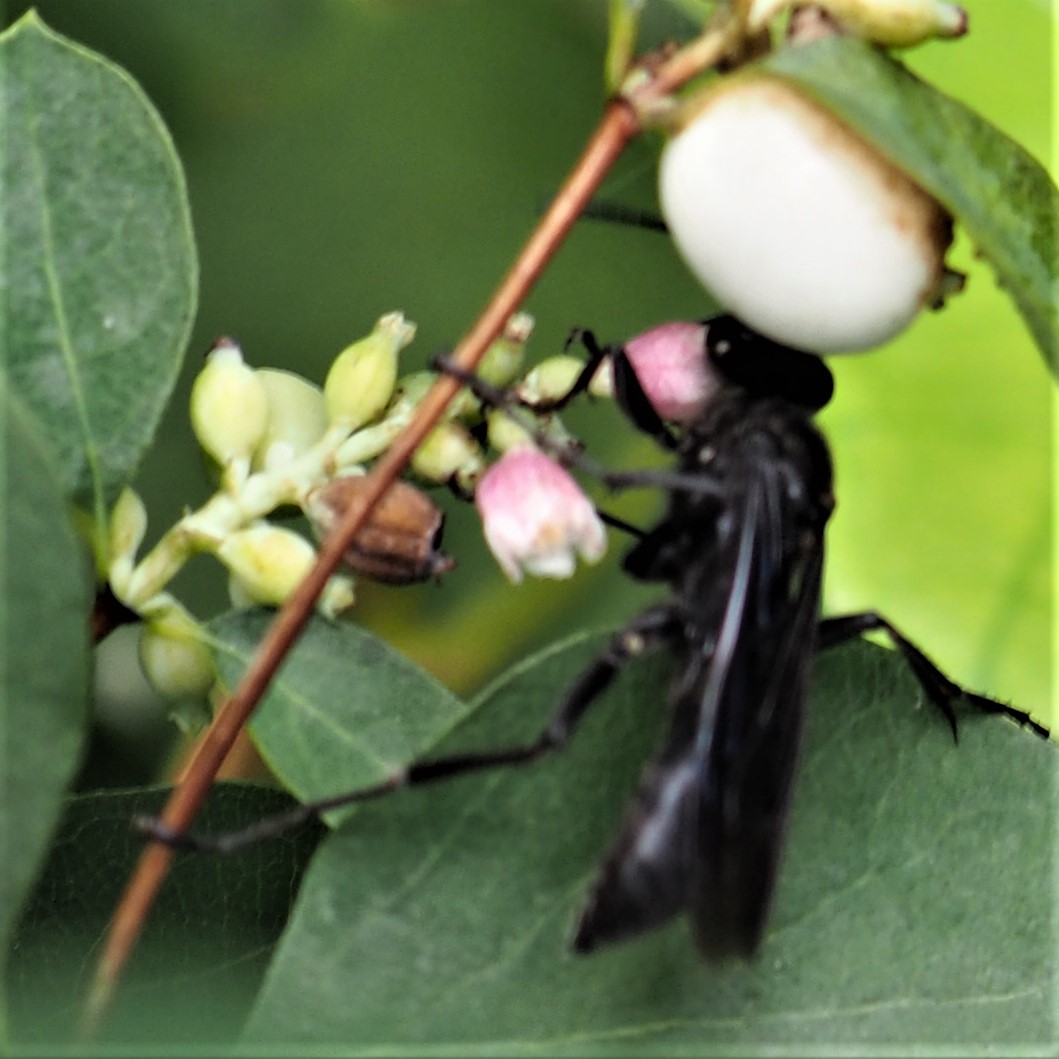
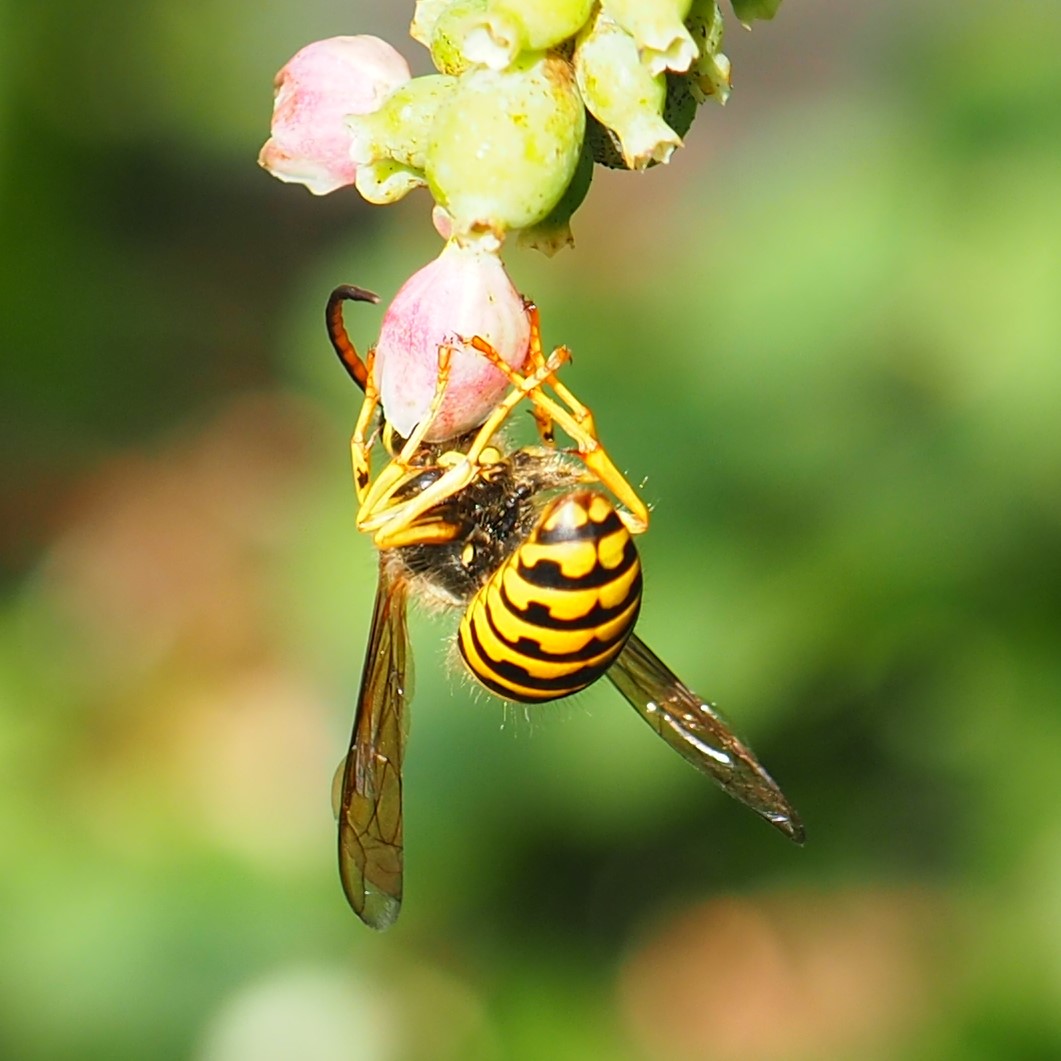
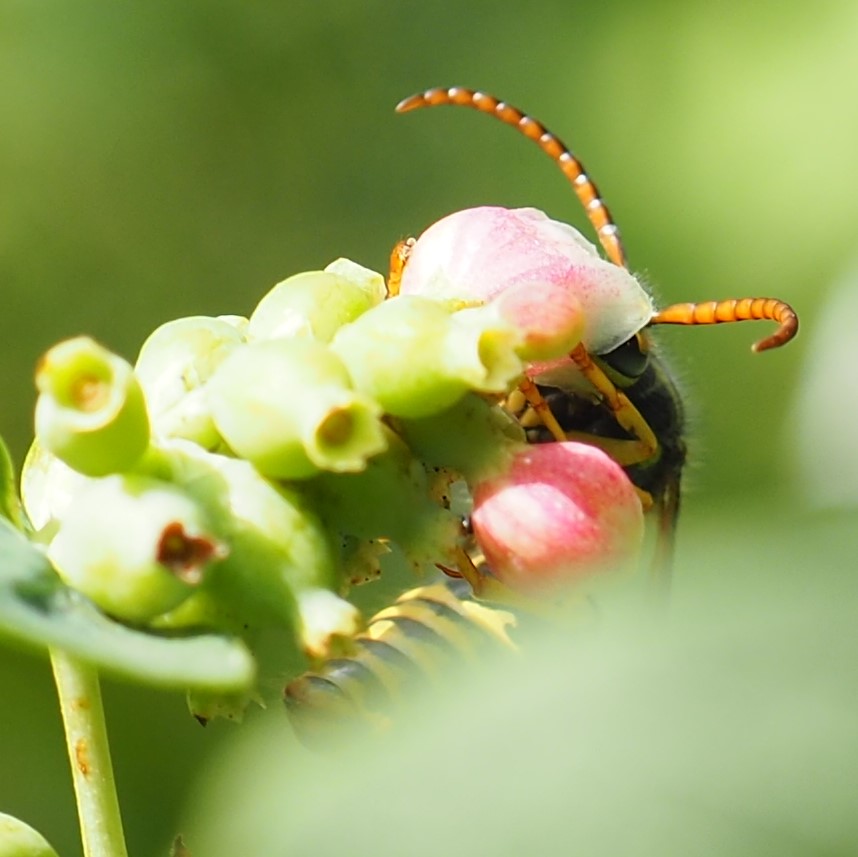
As luck would have it, I was checking out this bunch of galls on an oak sapling when this lovely black and white wasp came down to check it out too. It's called the Bald-faced Hornet, because of the white bits on its face. They ordinarily don't let me come close enough to let me get a photo, but it seemed to be more curious about the smell of the galls than afraid of those wild humans. Third is an Ichneumonid Wasp (see the ovipositor?) and Fourth is another mystery Wasp.
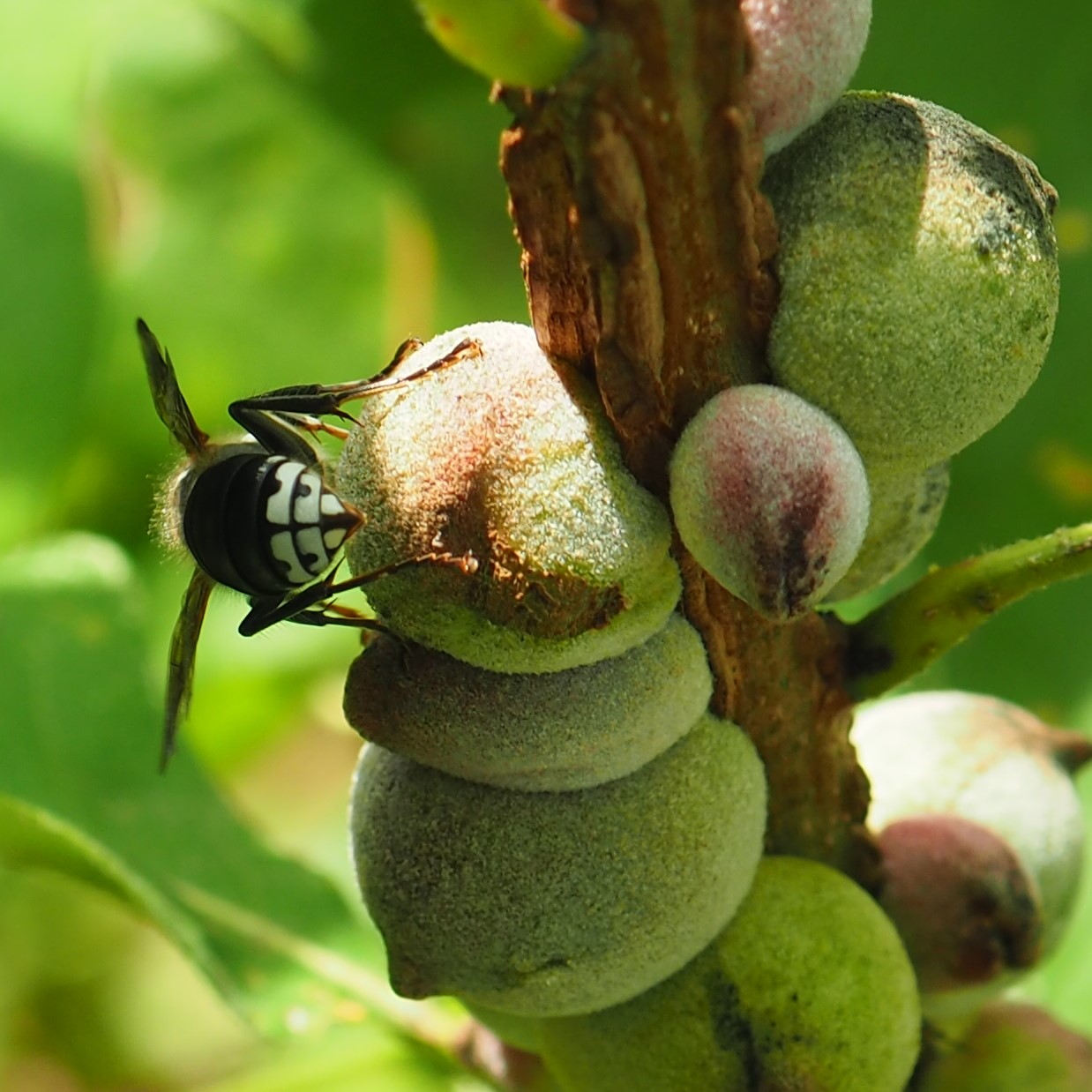
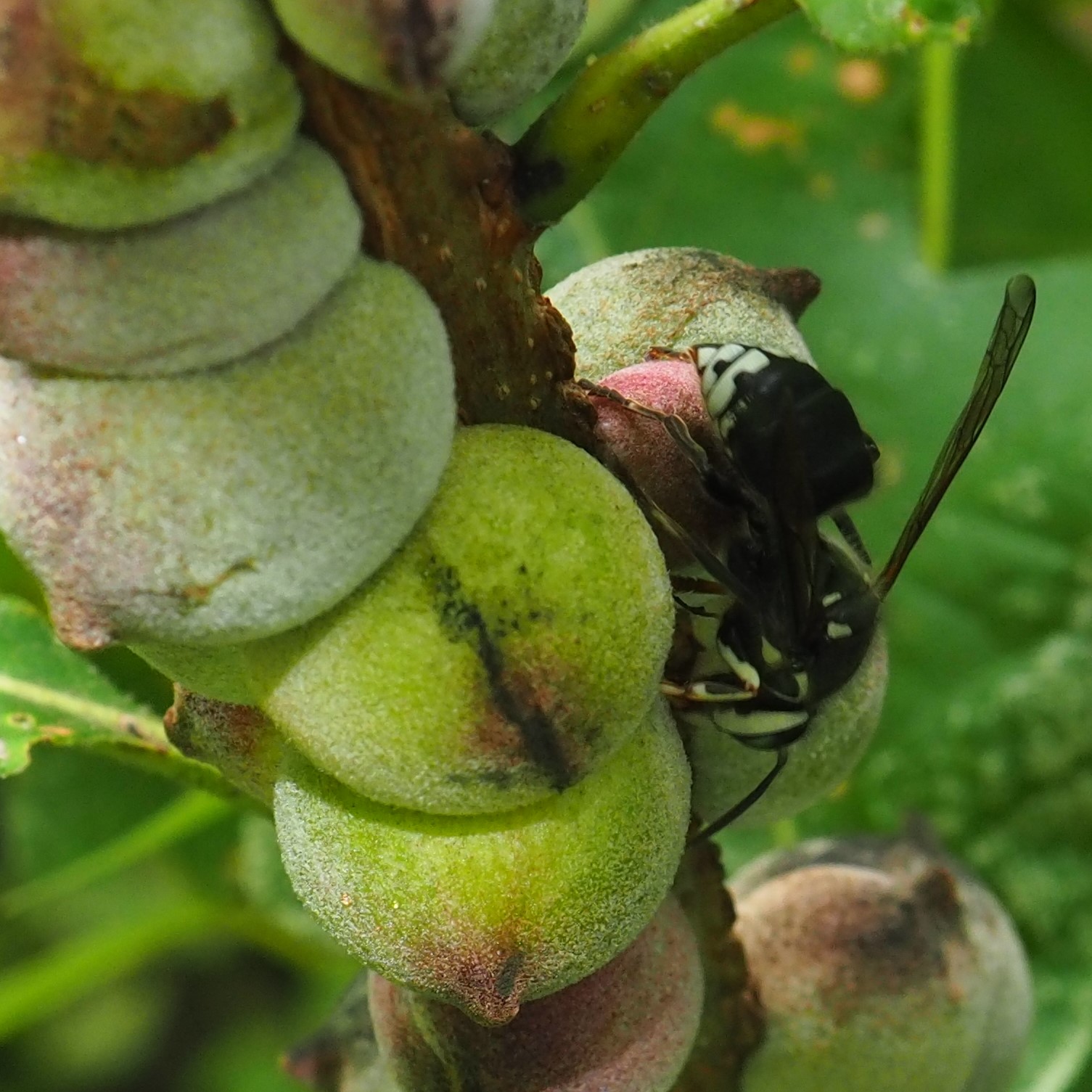
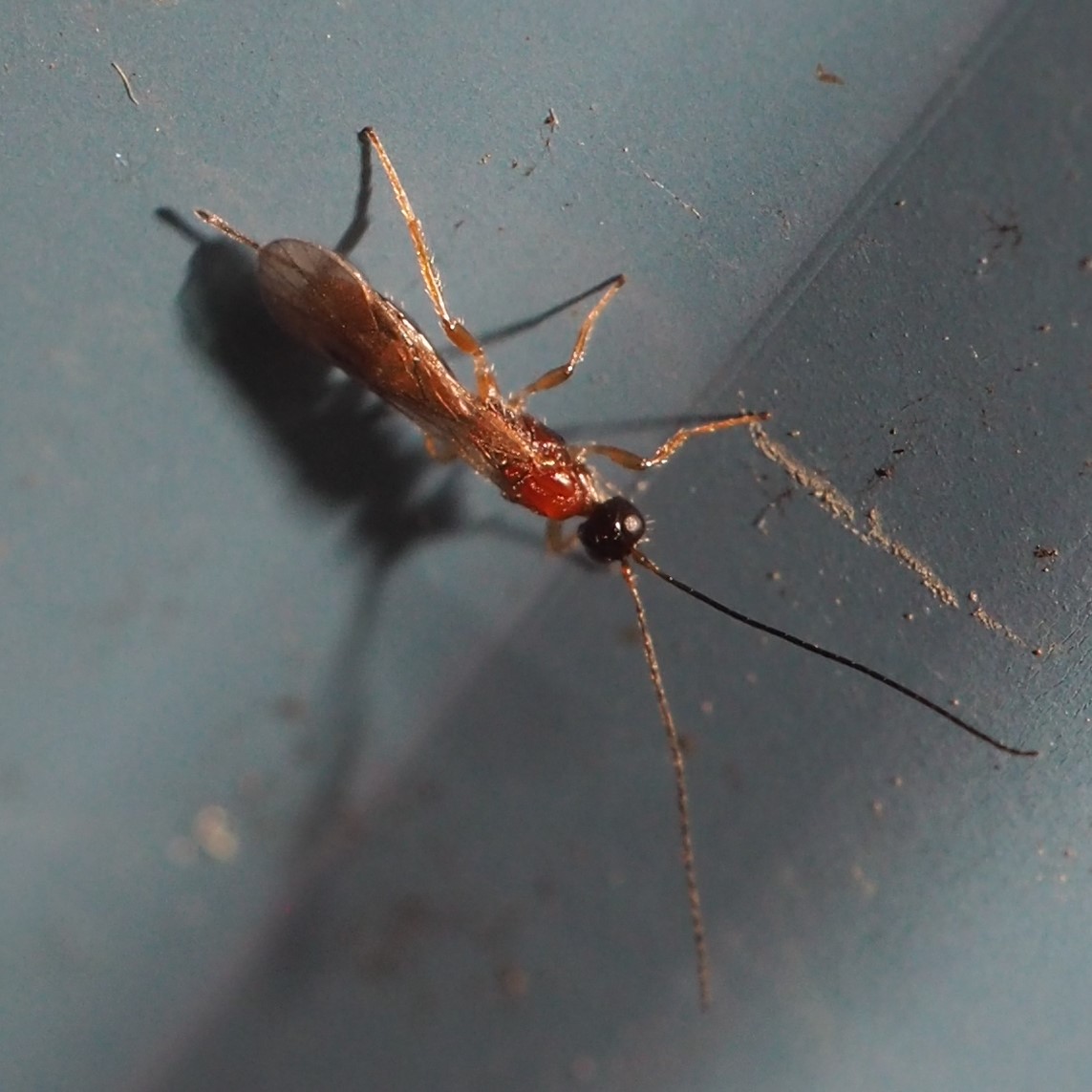
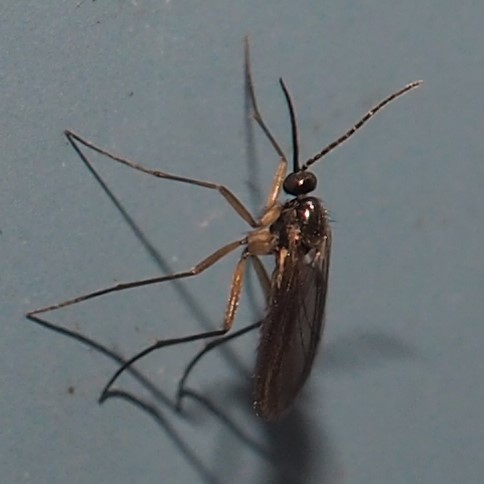
In the shallow end of the pond, you might be able to grasp a view of a baby water strider.
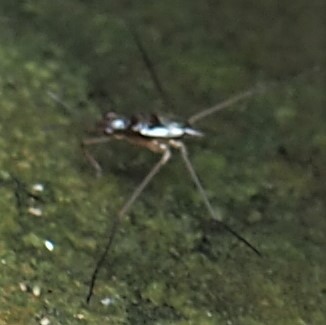
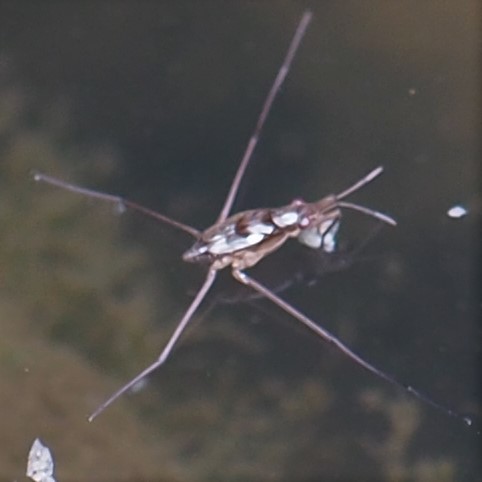
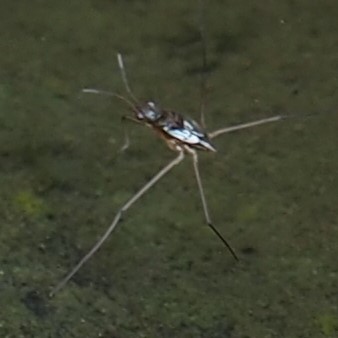
The pond is recovering. Two kinds of lilies are now blooming, and the plants seem healthier.
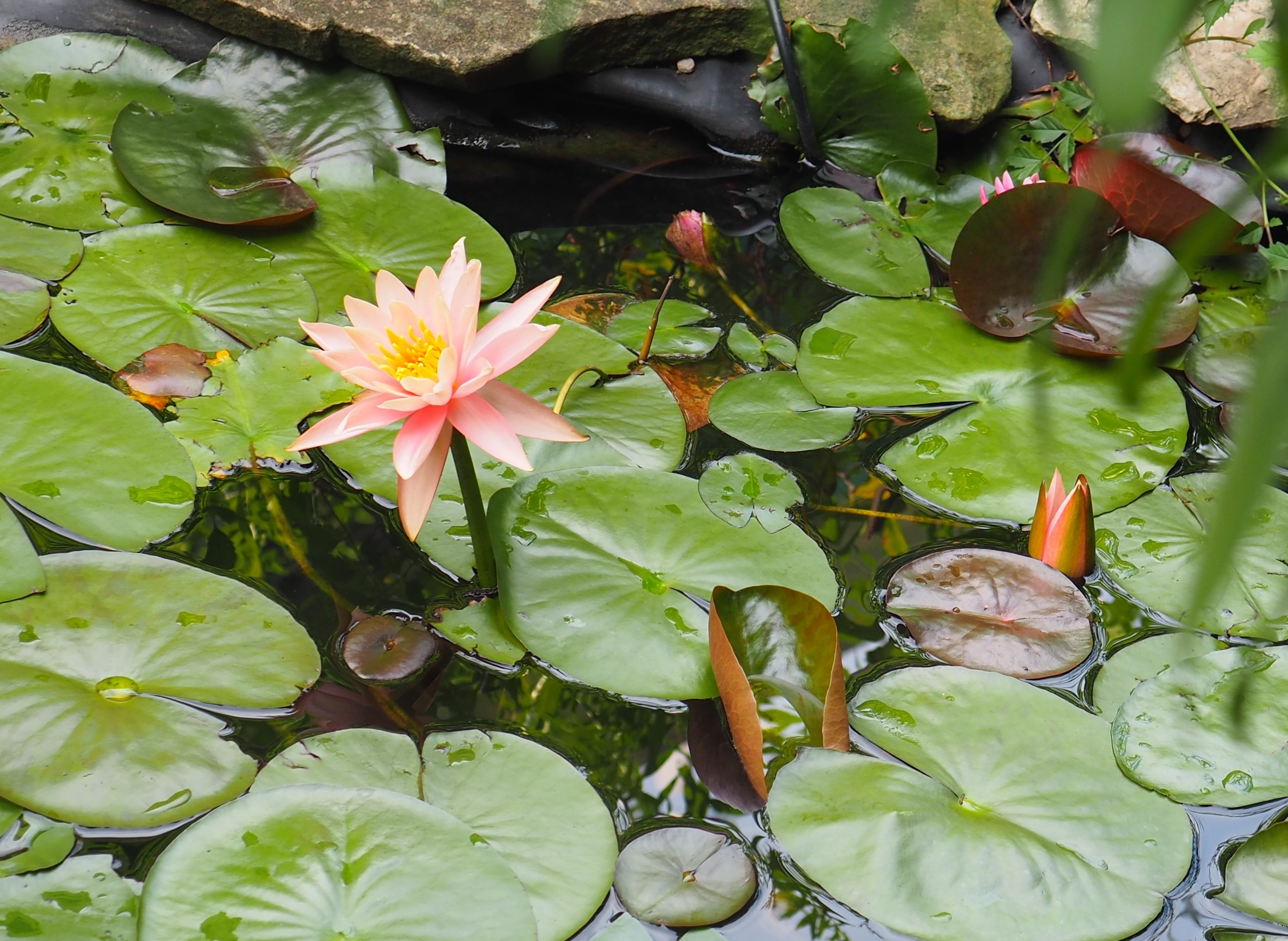
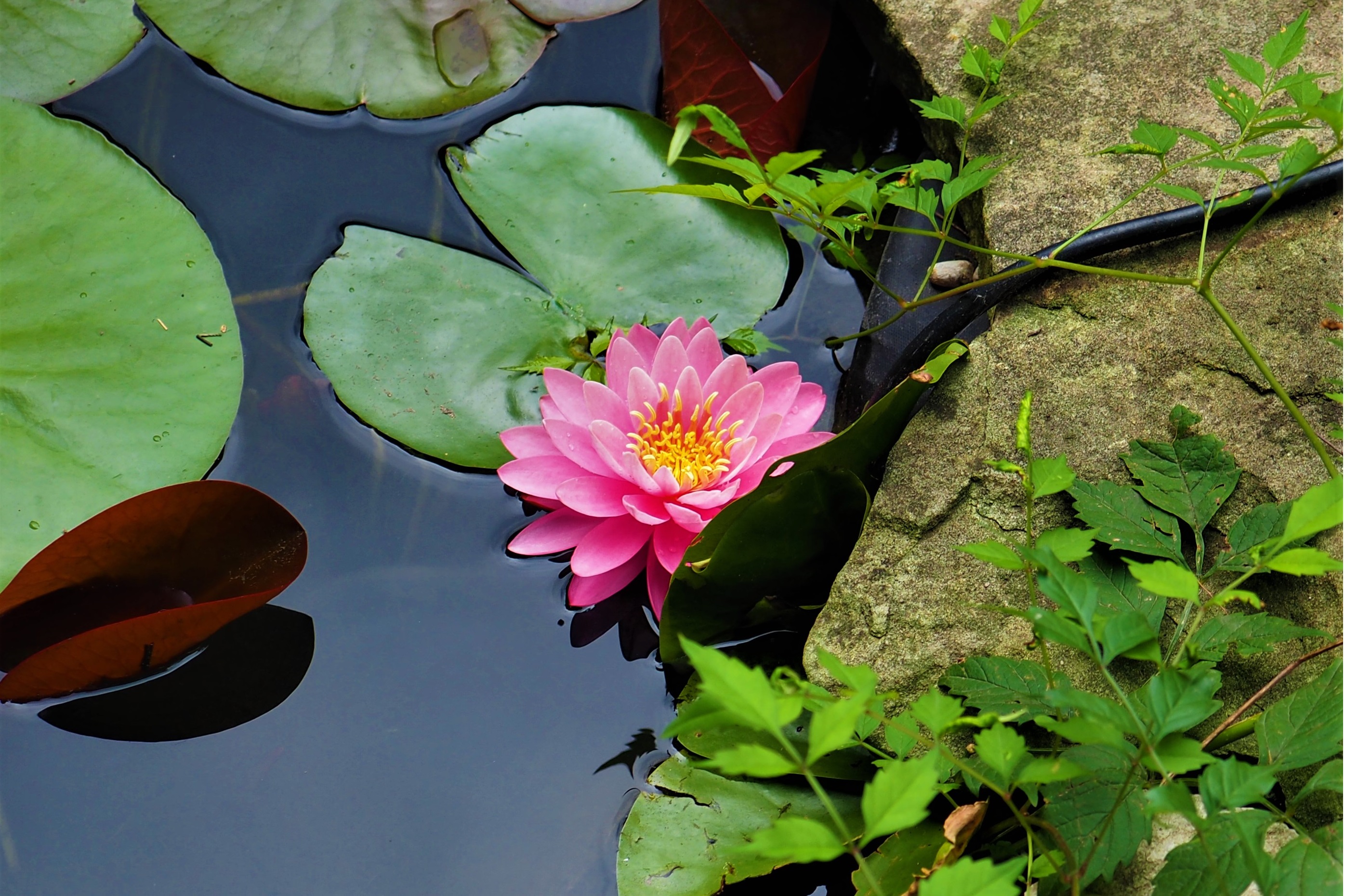
I was going to end with those pond pictures, but... After a long weekend of proofreading, I went out last night to Casa Mexicana with the Conners. While we were eating, the storm broke! We got a short but decent soak, which we needed so badly. When we came out, the air was fresher and cooler, but the best part was that as we got into the car, Susan noticed a GORGEOUS rainbow. It took me a second to remember that I had carried my camera to supper.
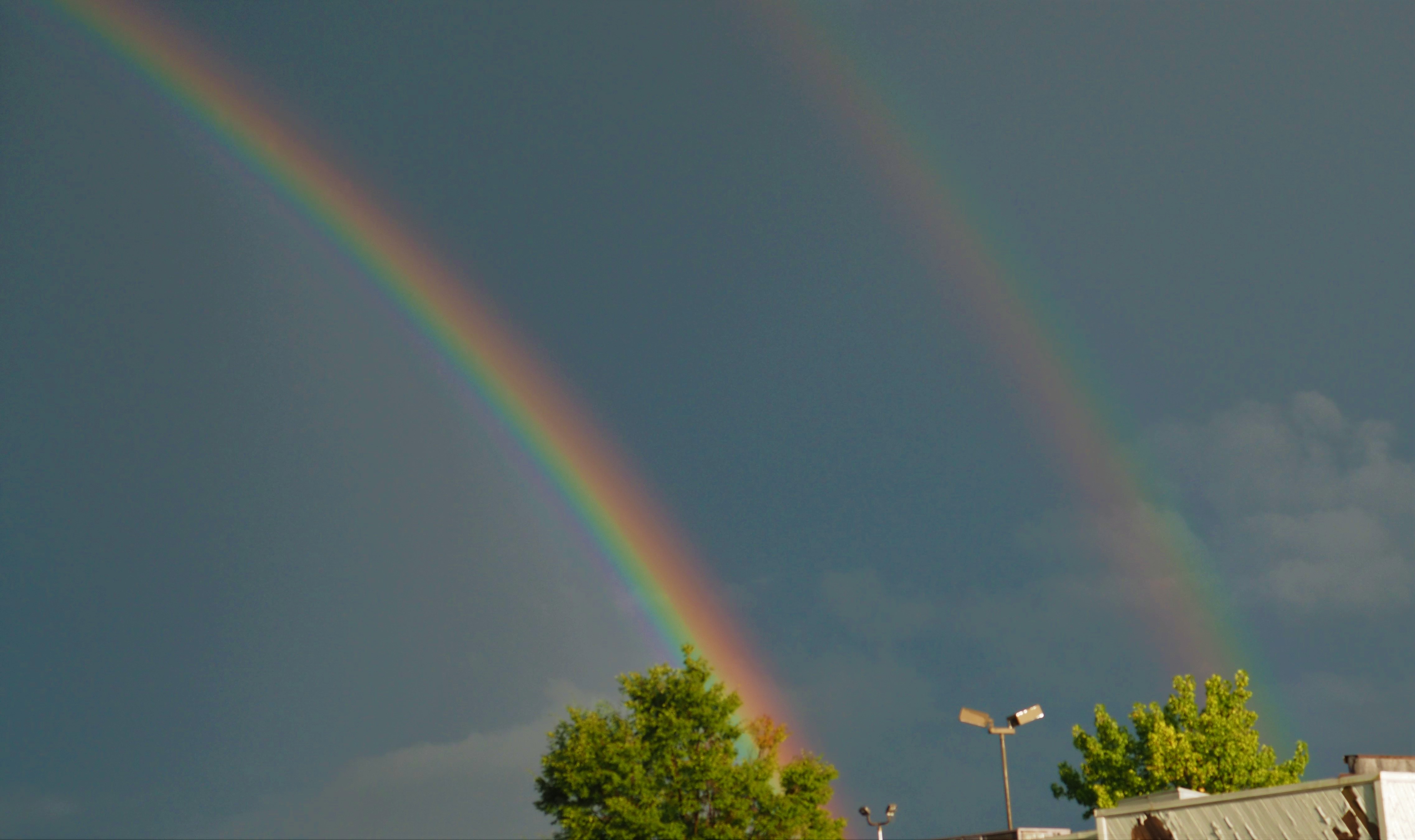
Same as last week, everyone please take care. Be kind to each other. Vote and work for this world any chance you get!
Love, Martha
Back to August 11, 2019
Forward to August 25, 2019
Back to main menu
copyright Martha O'Kennon 2019































































































.jpg)


















